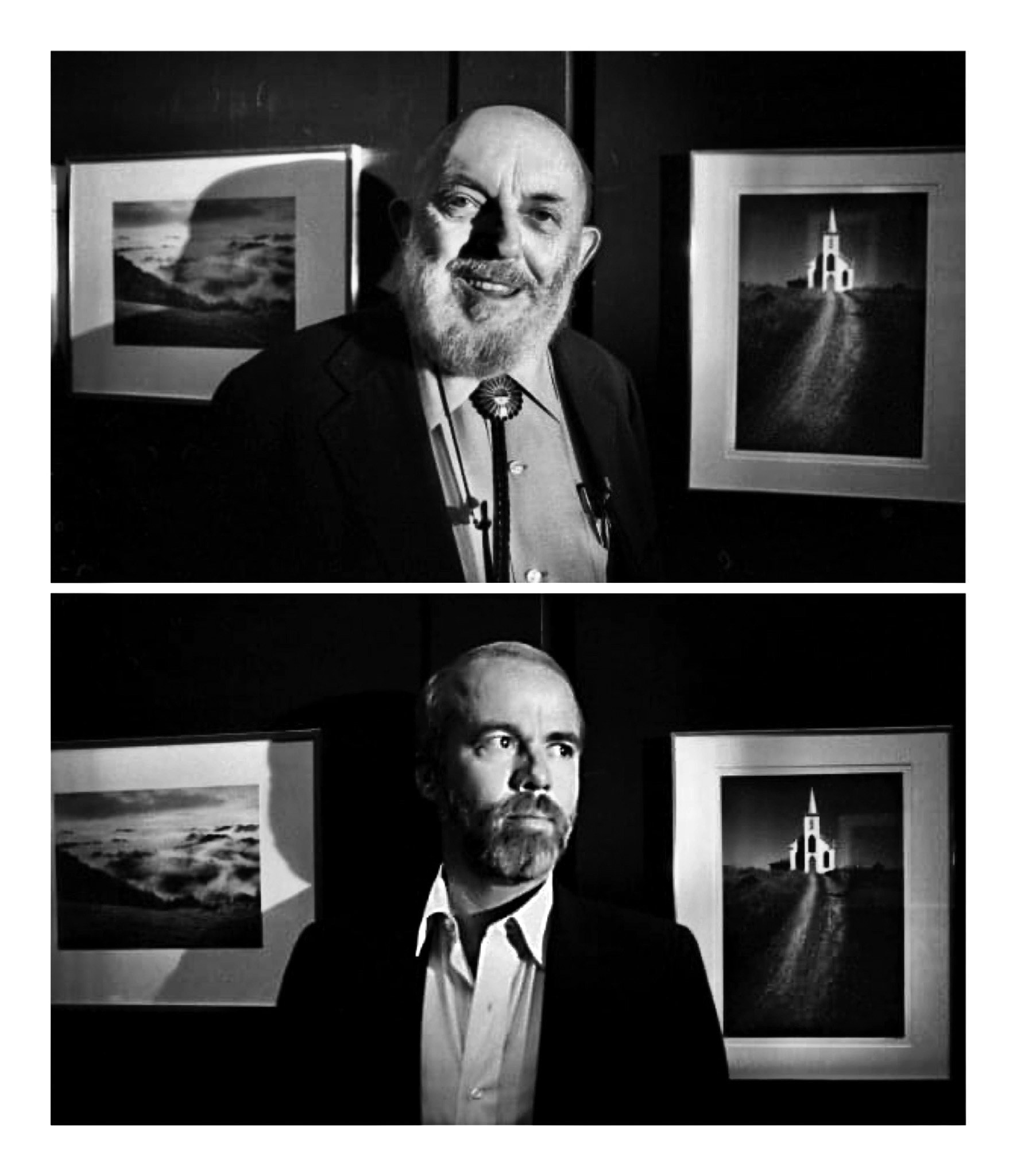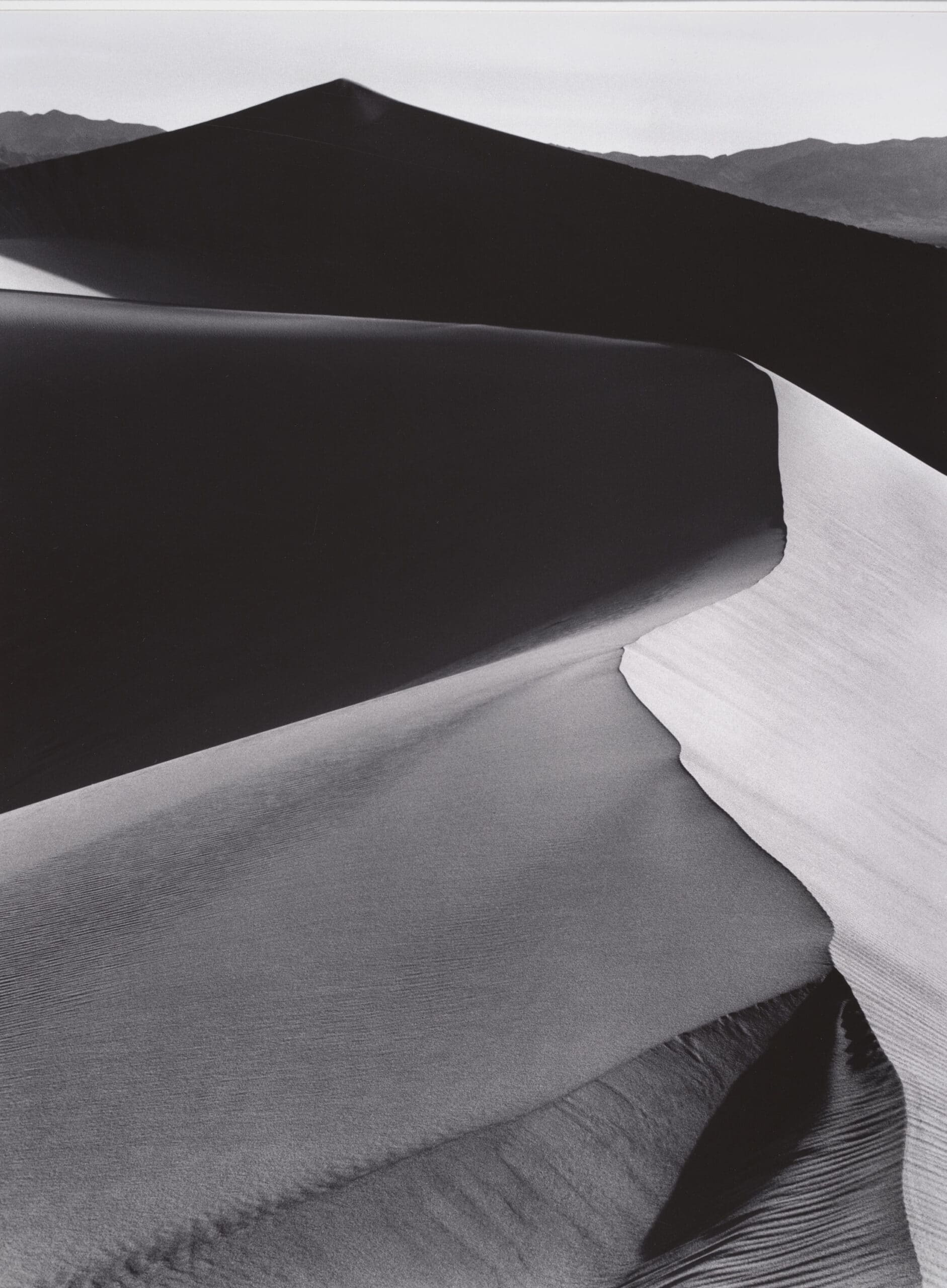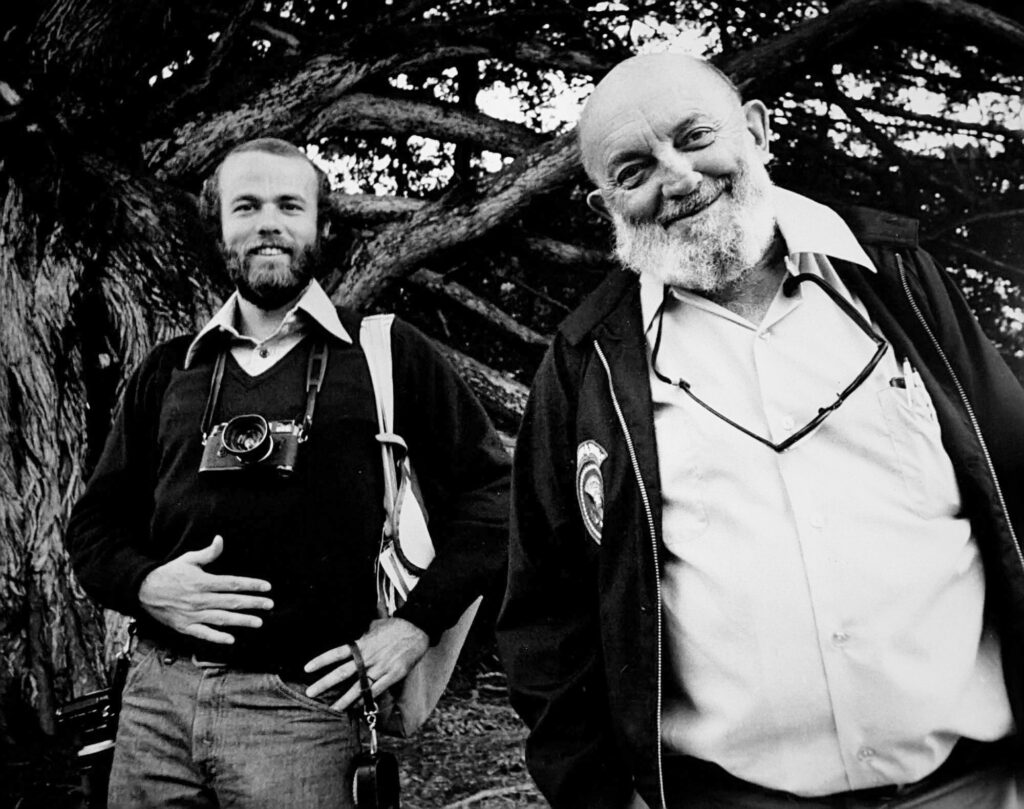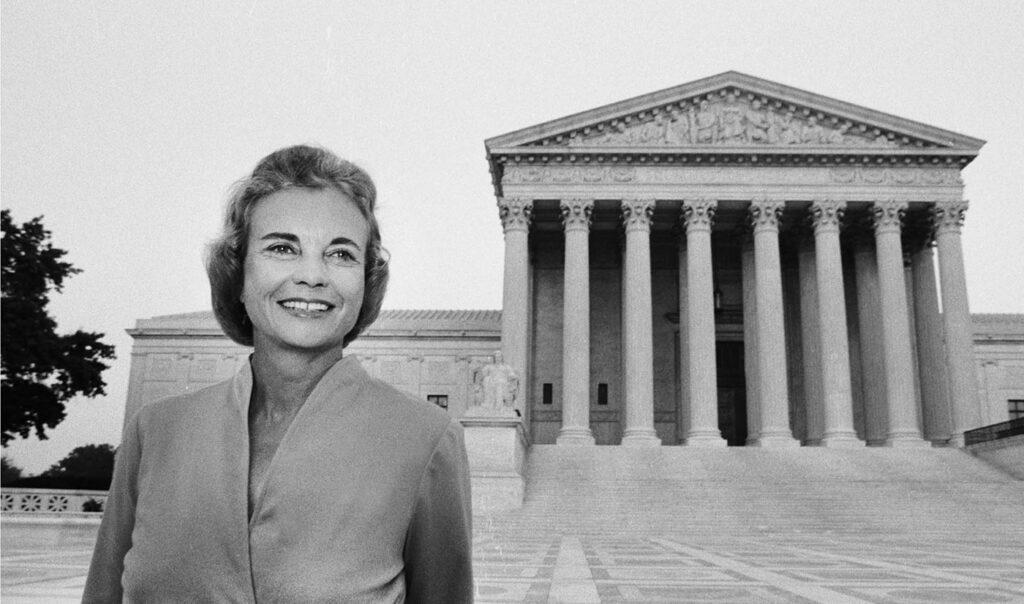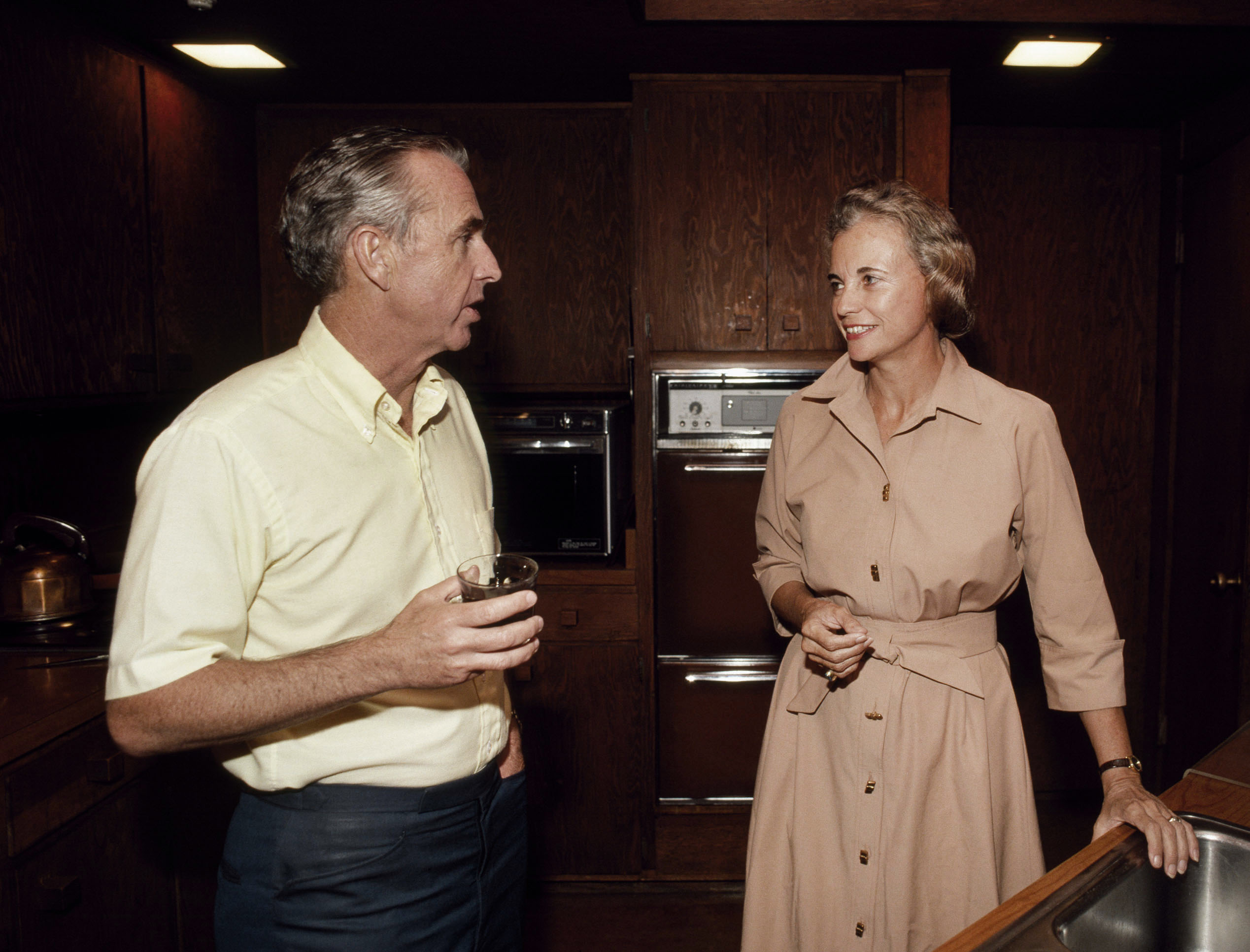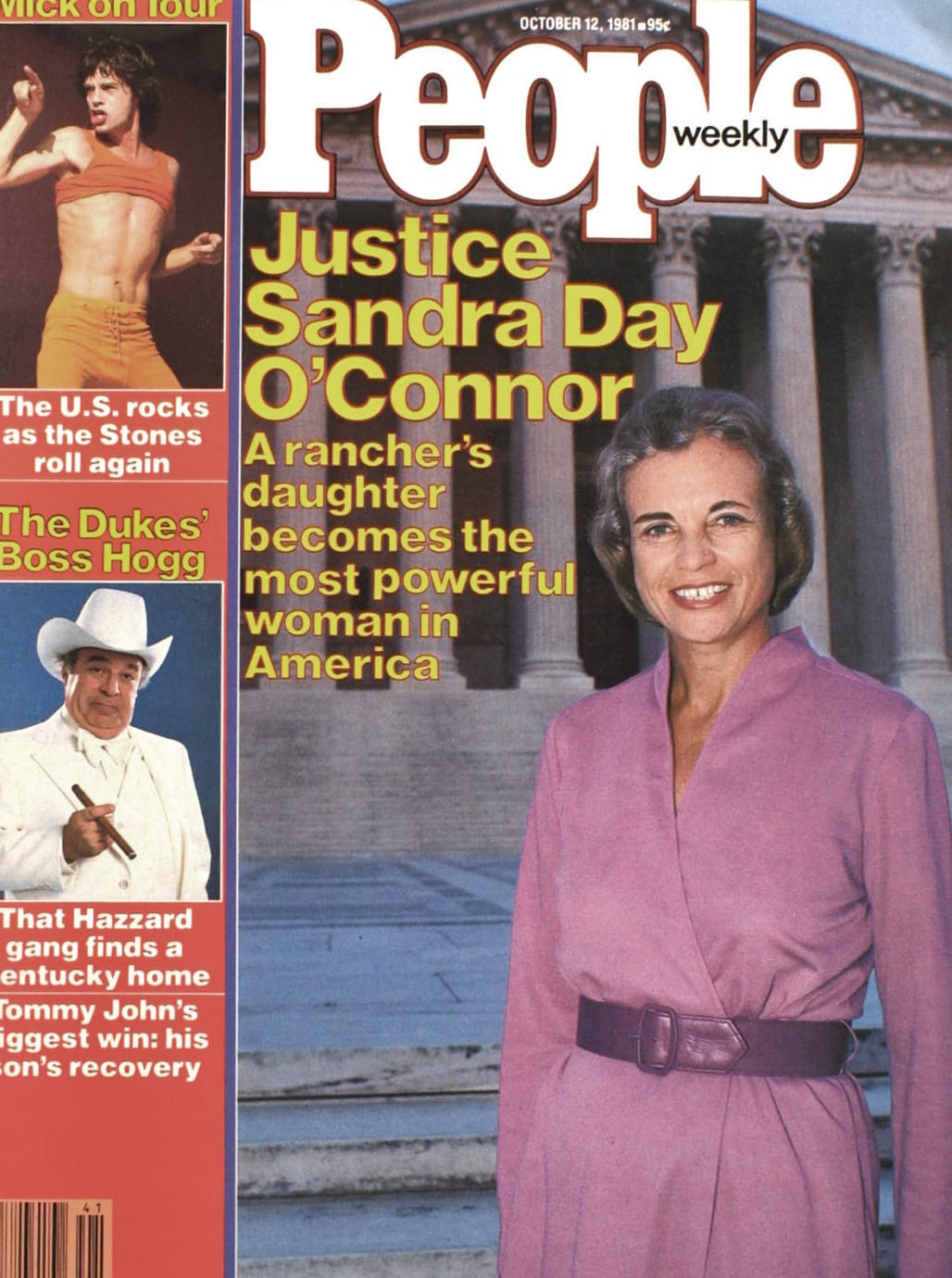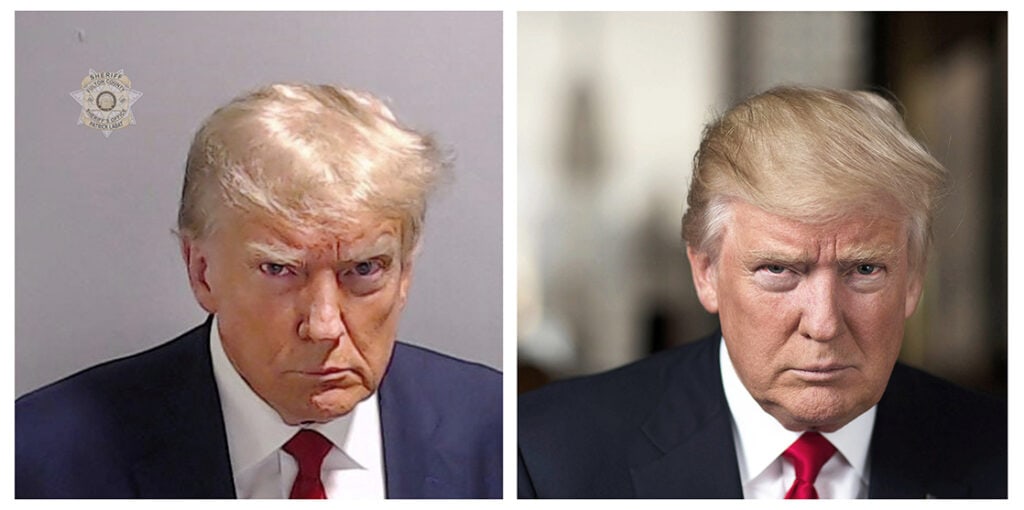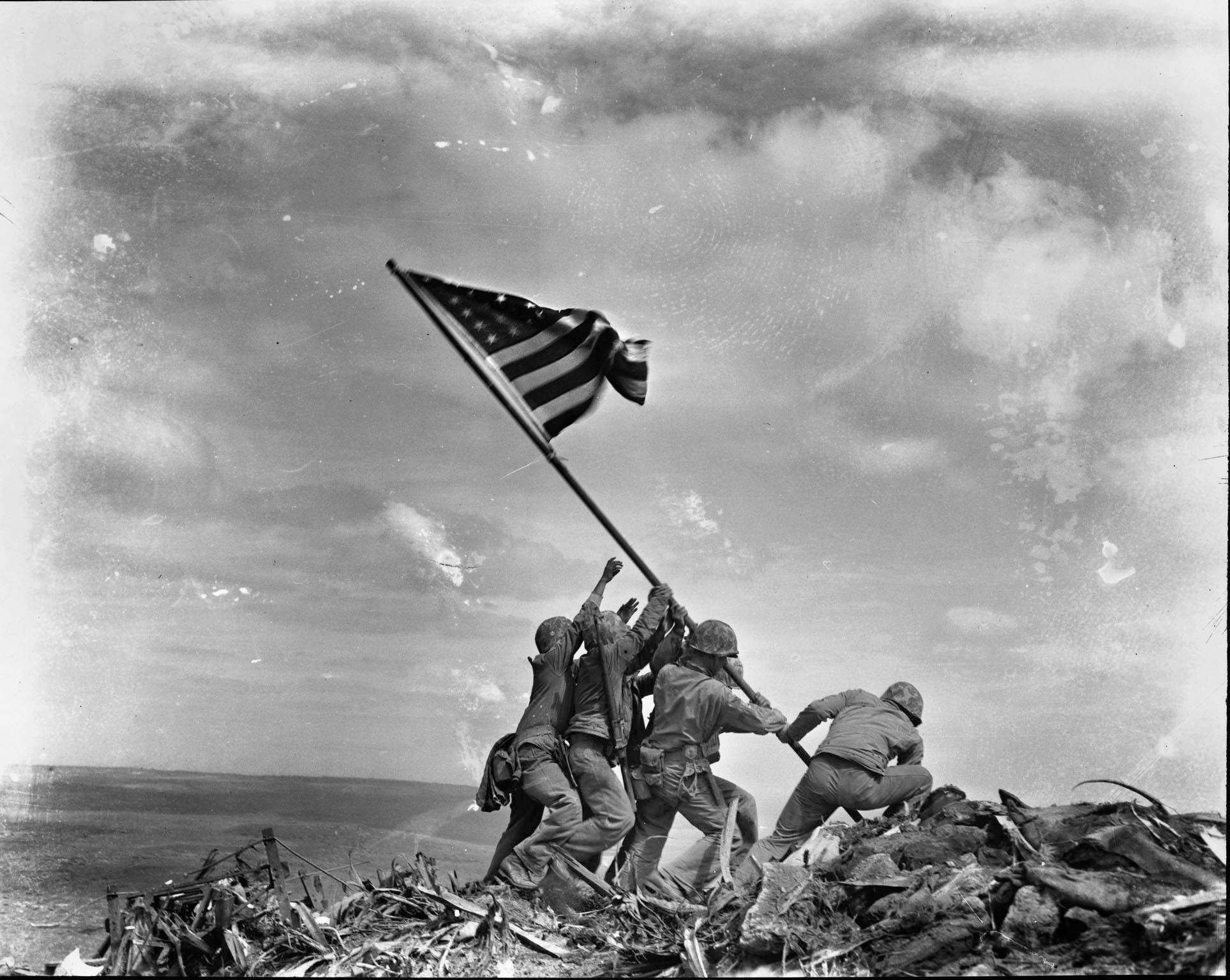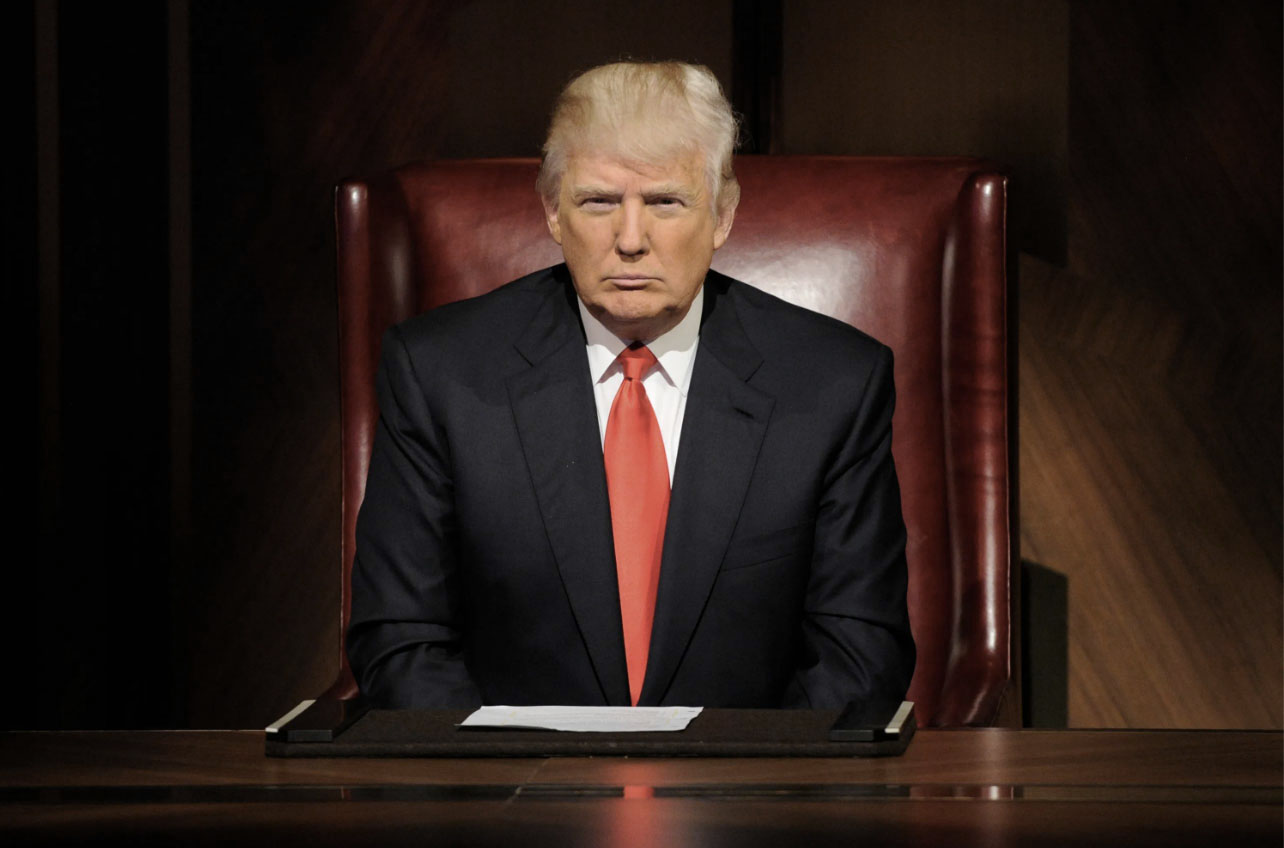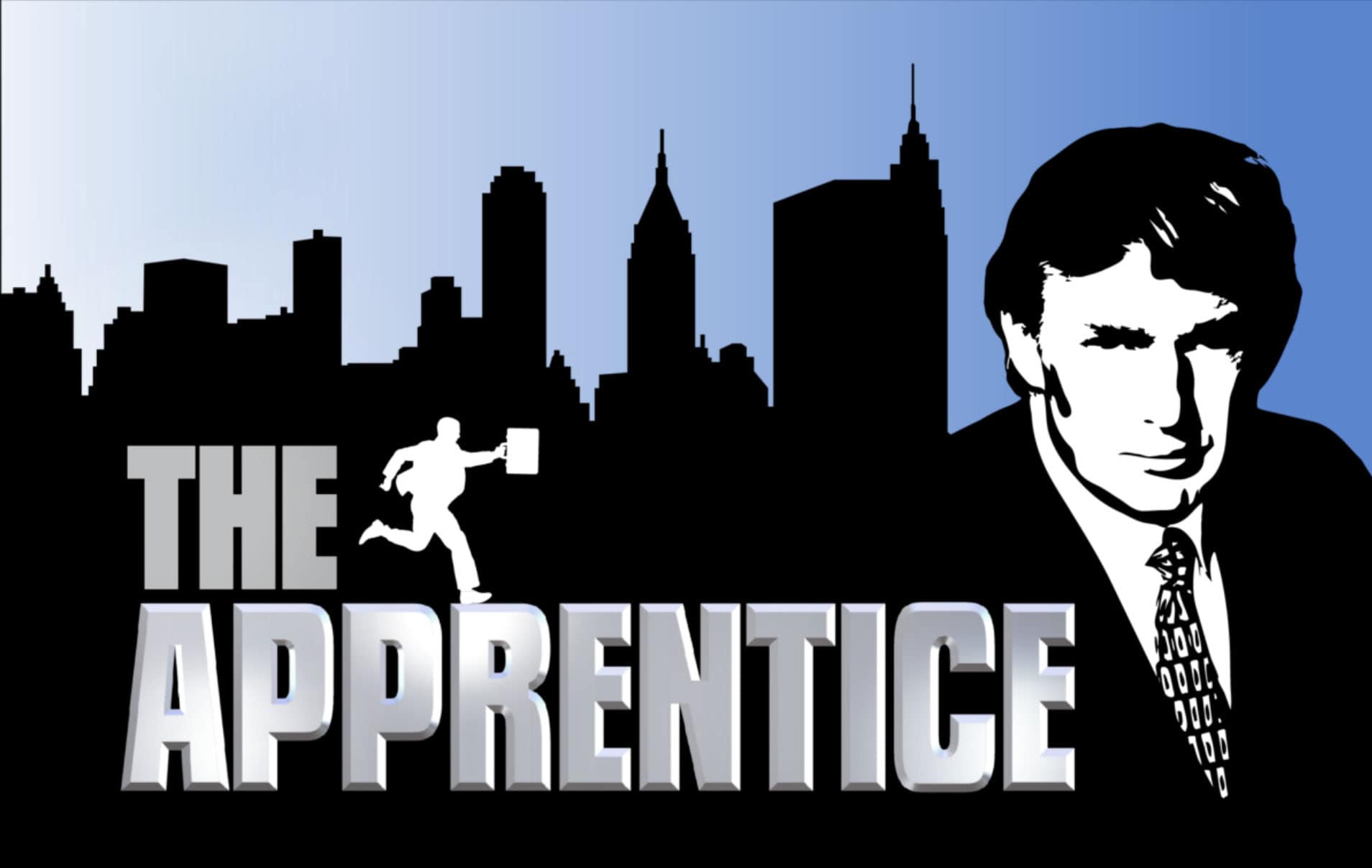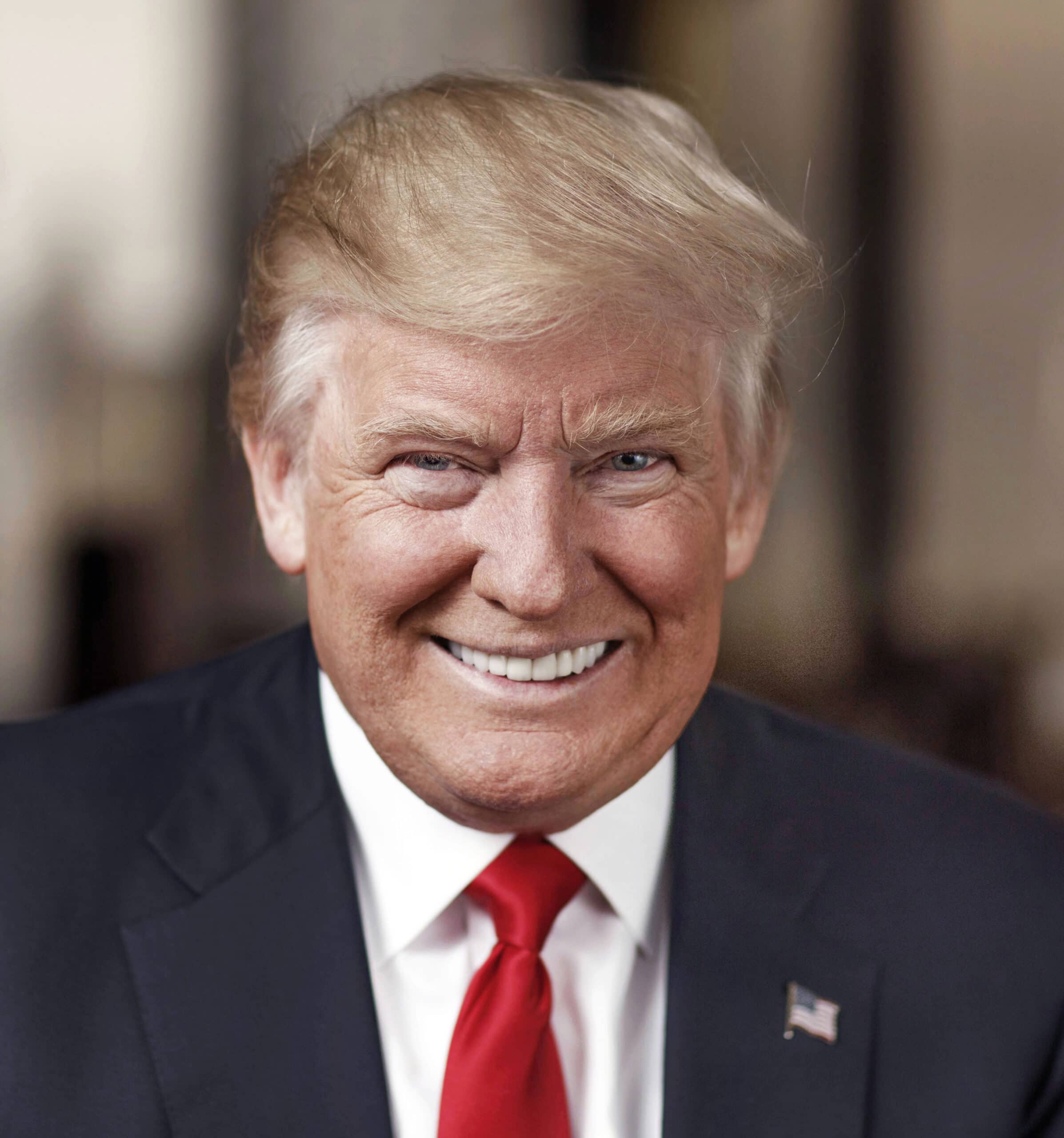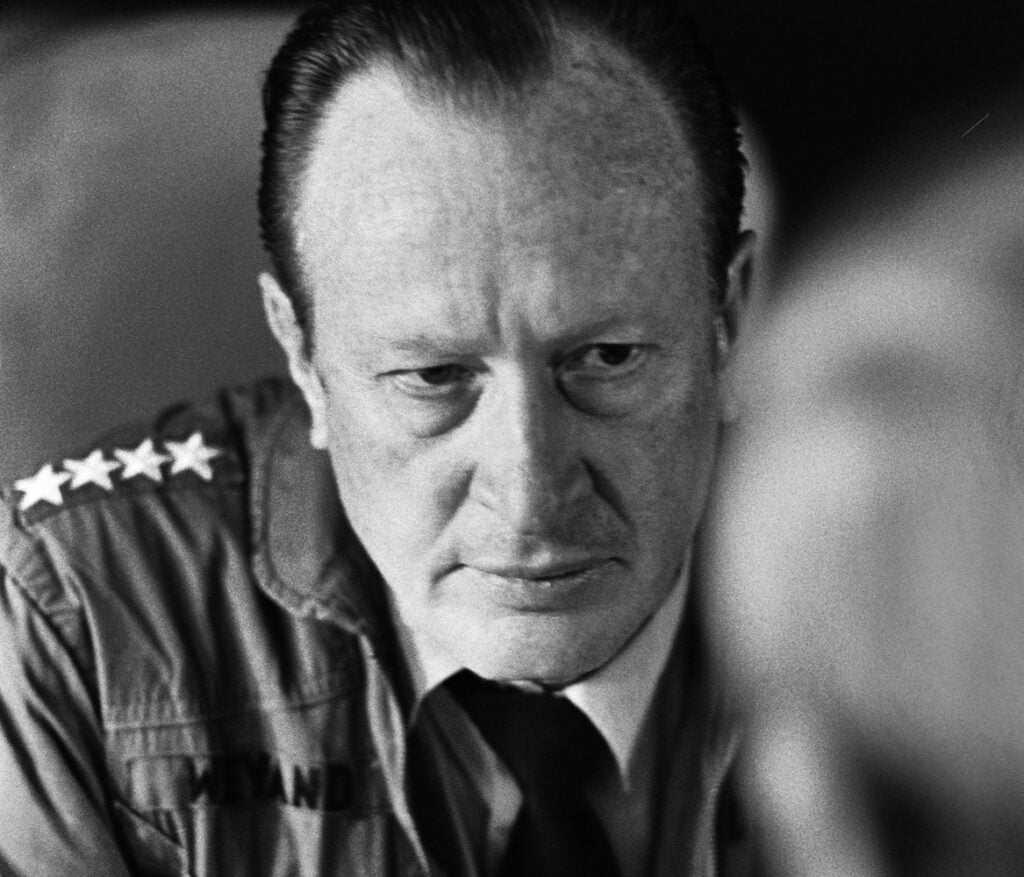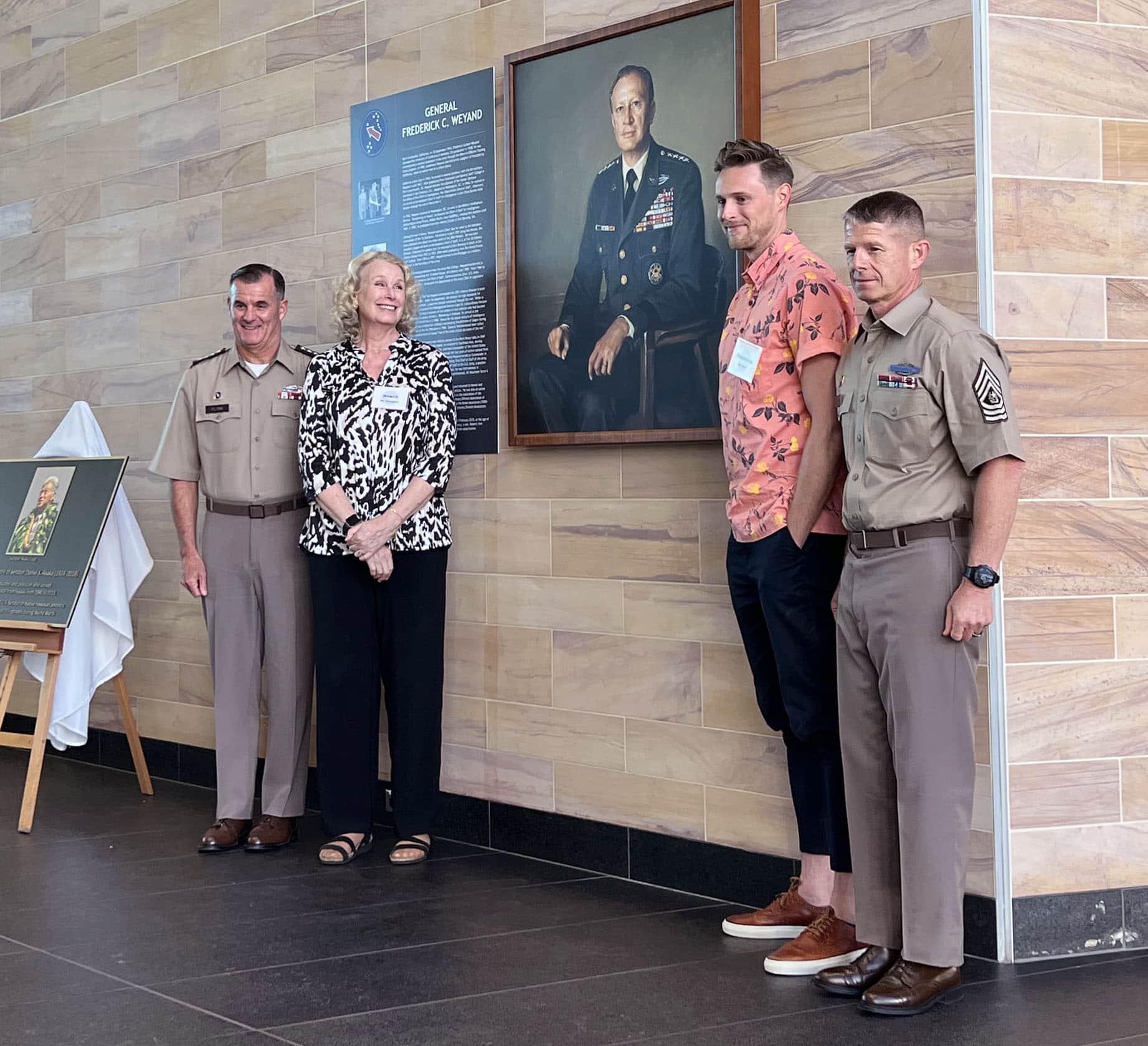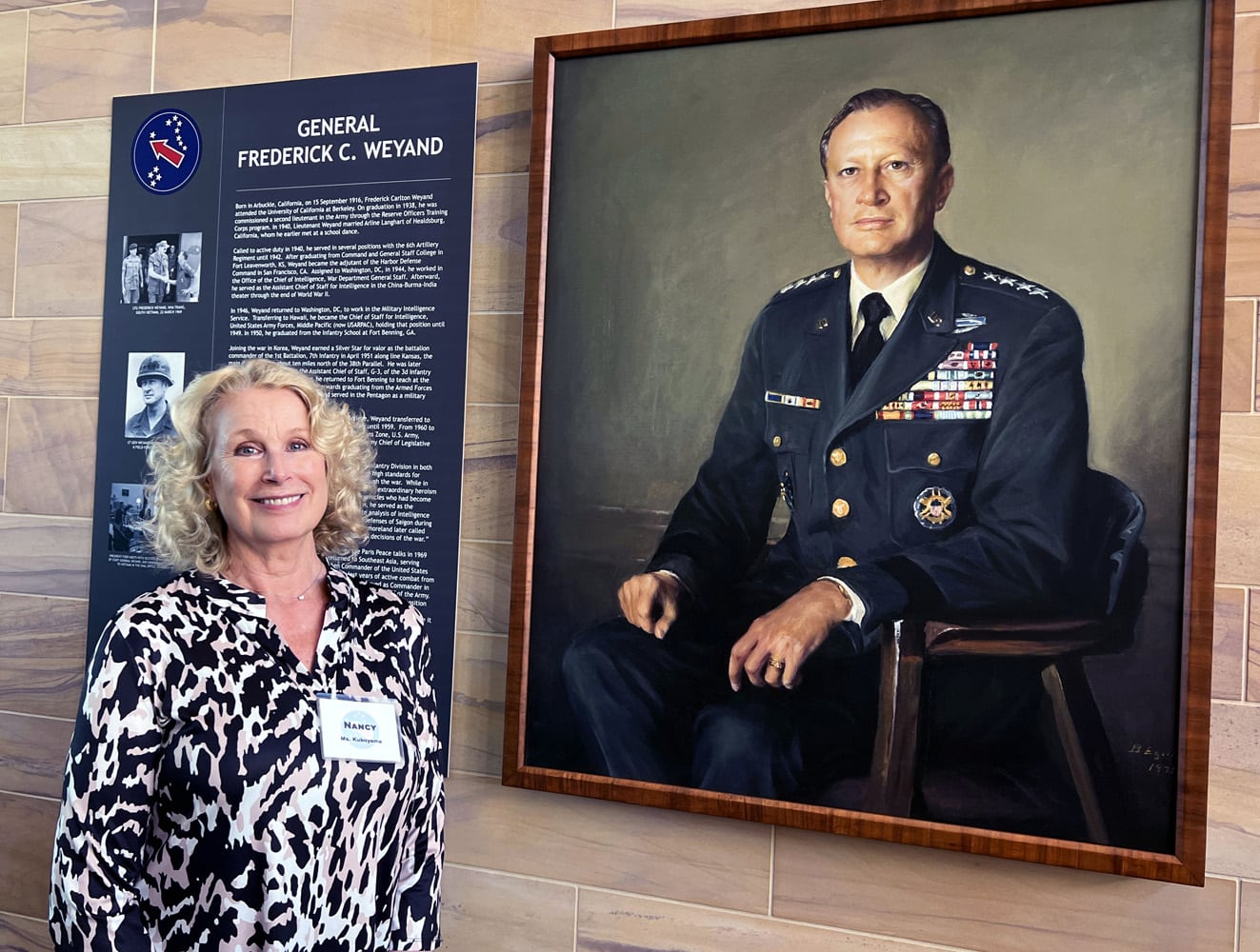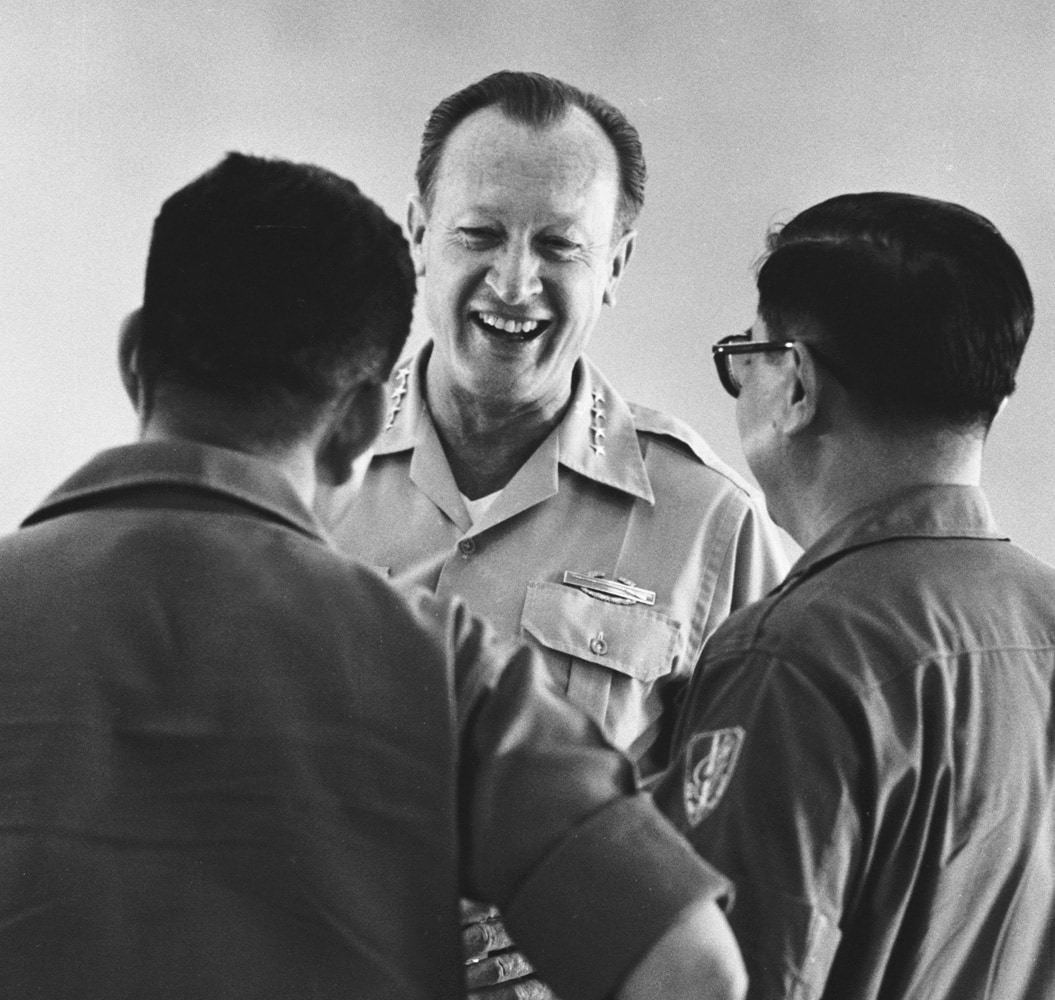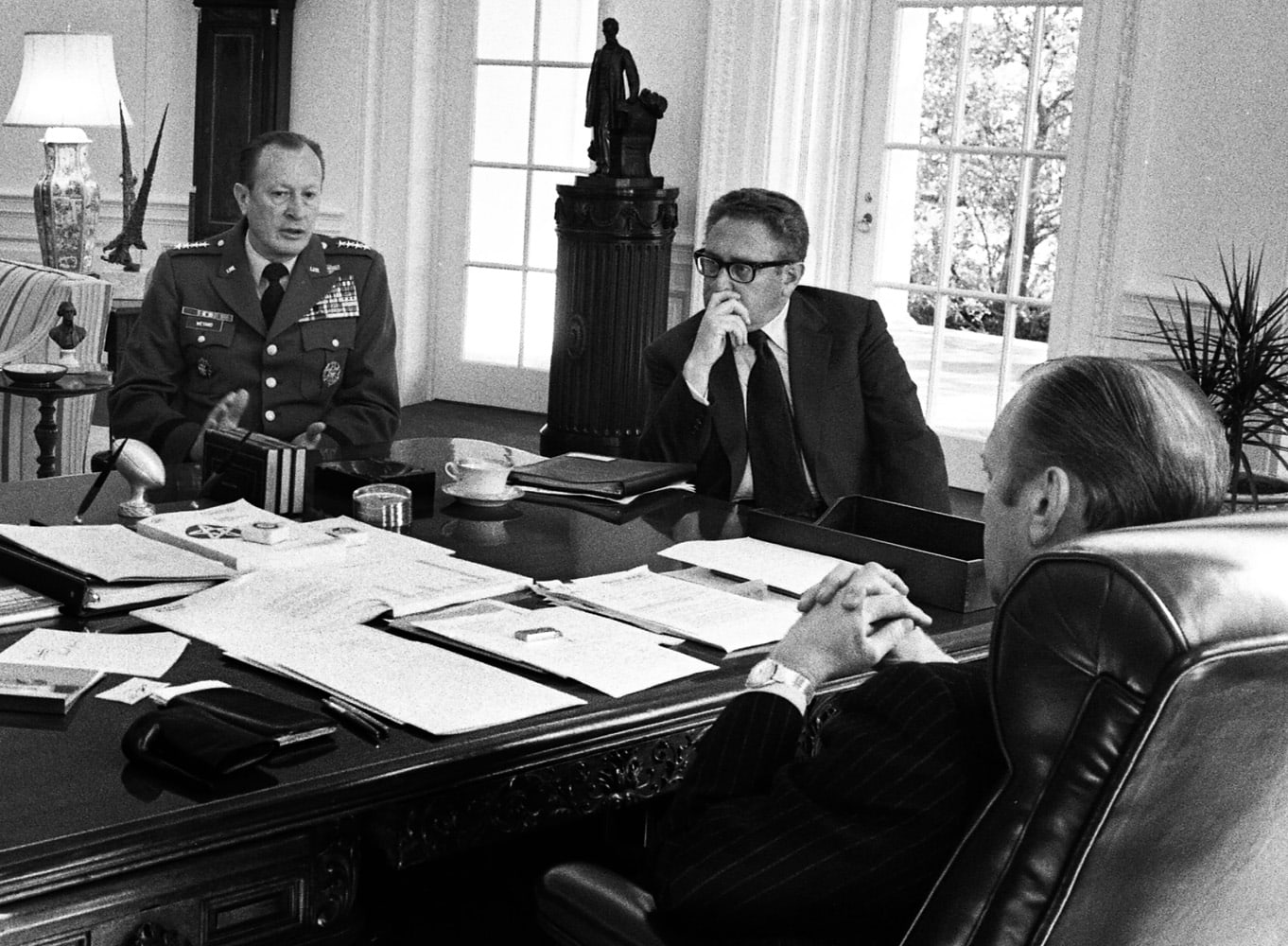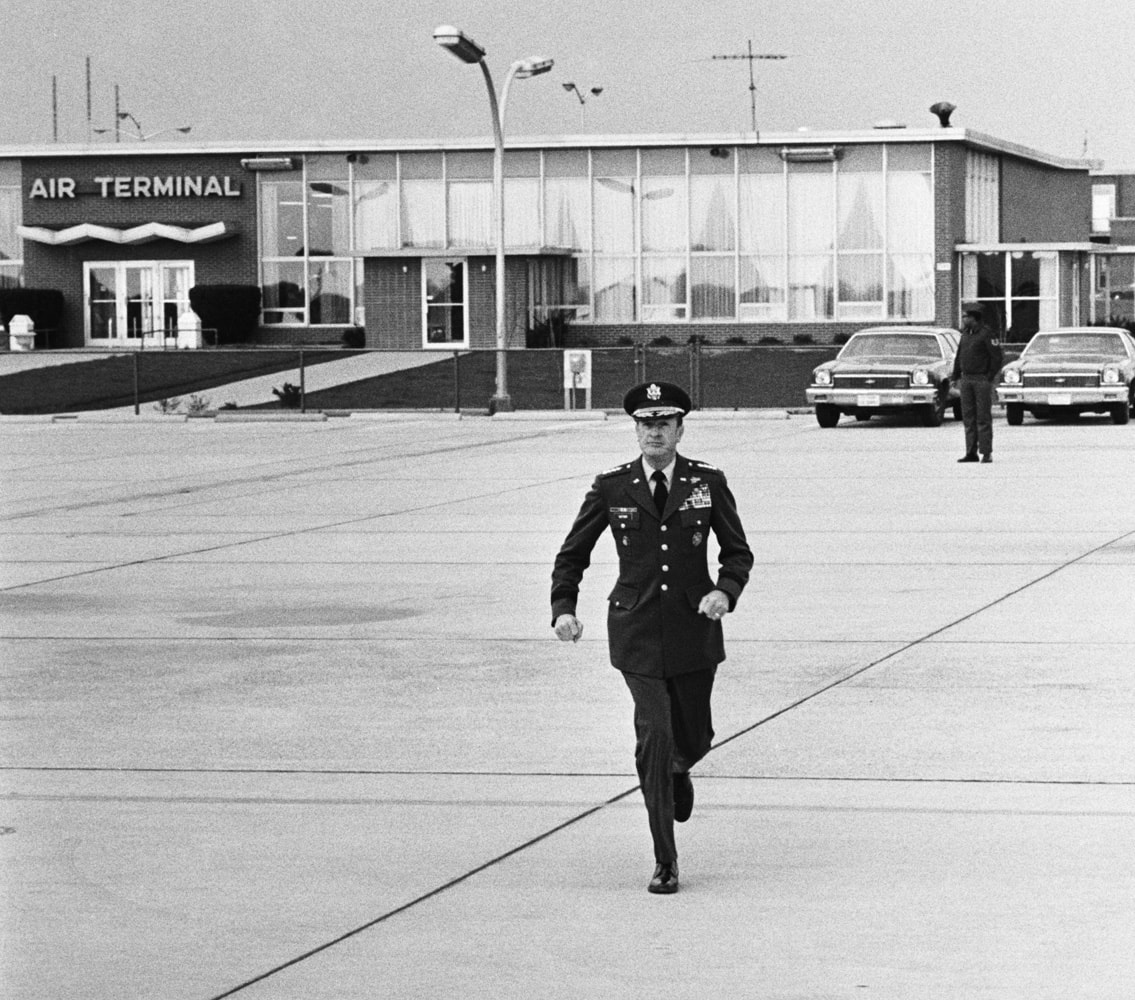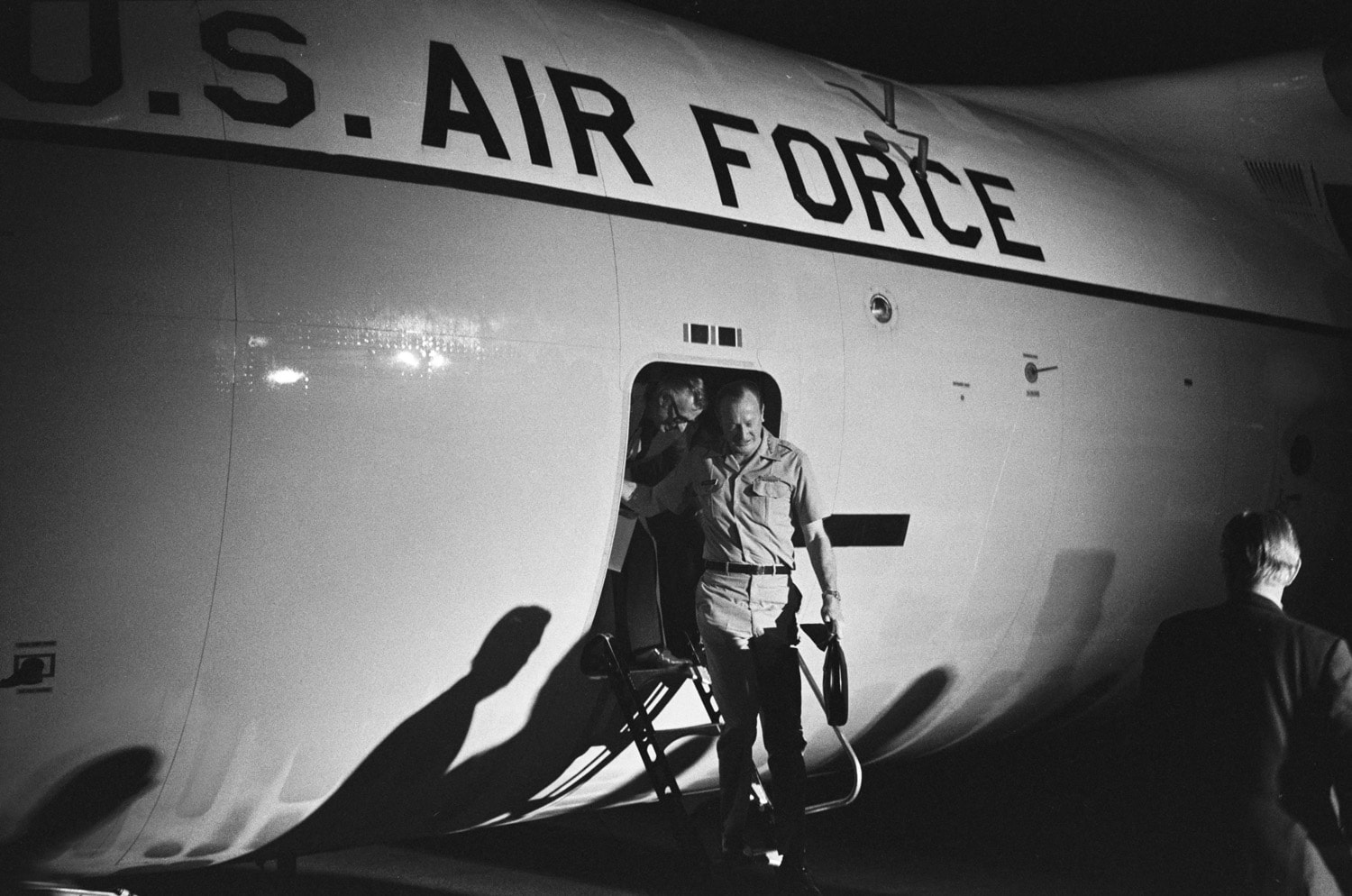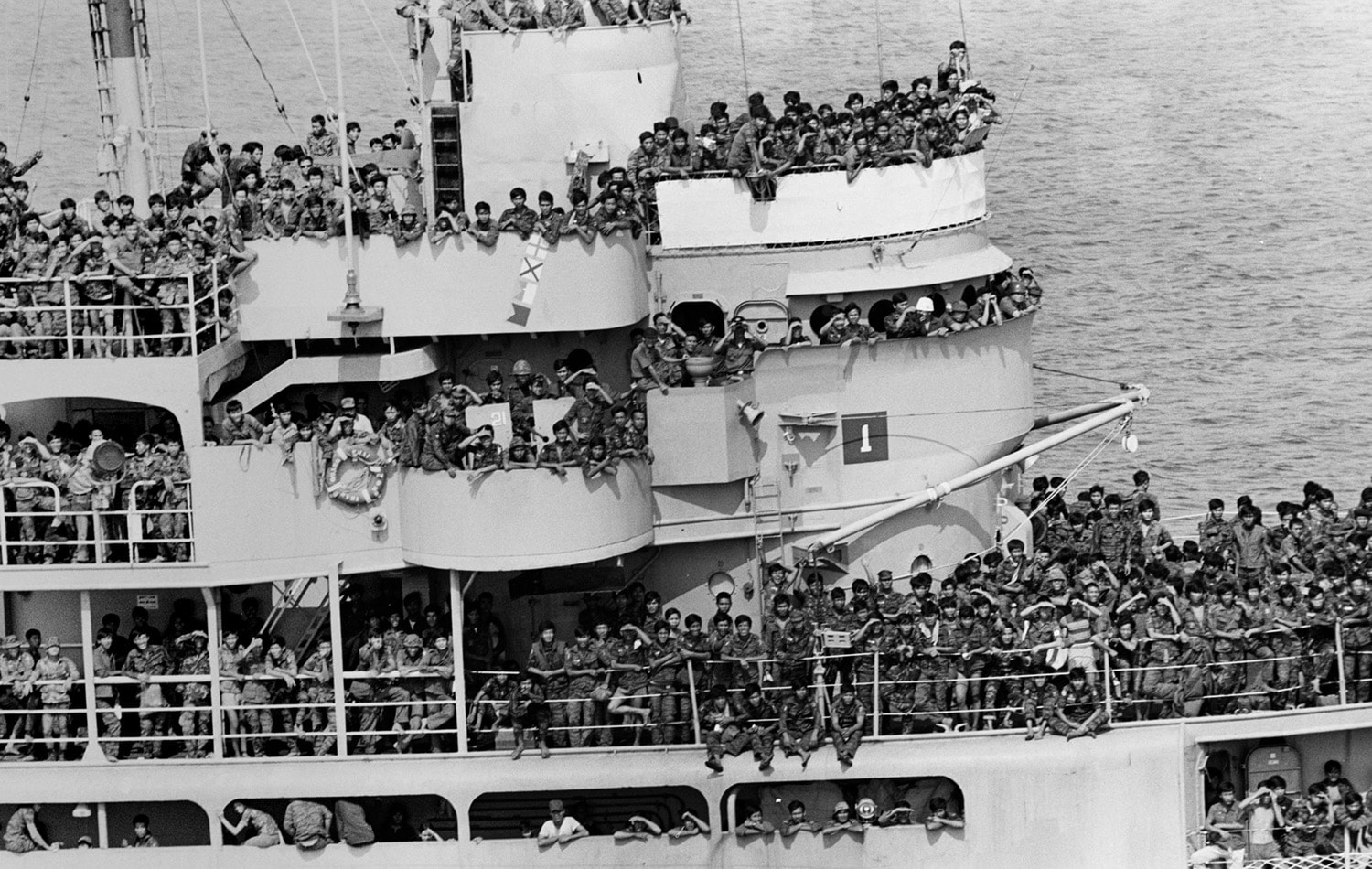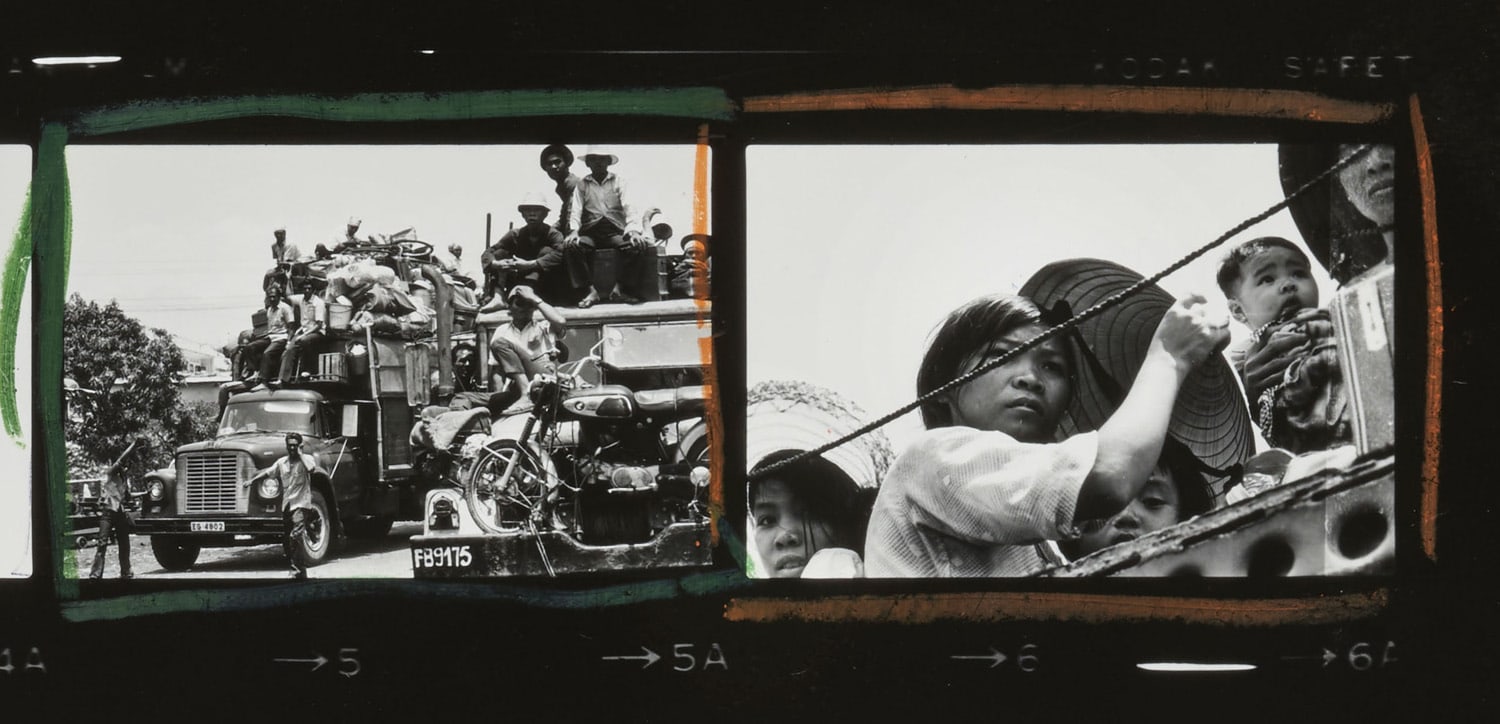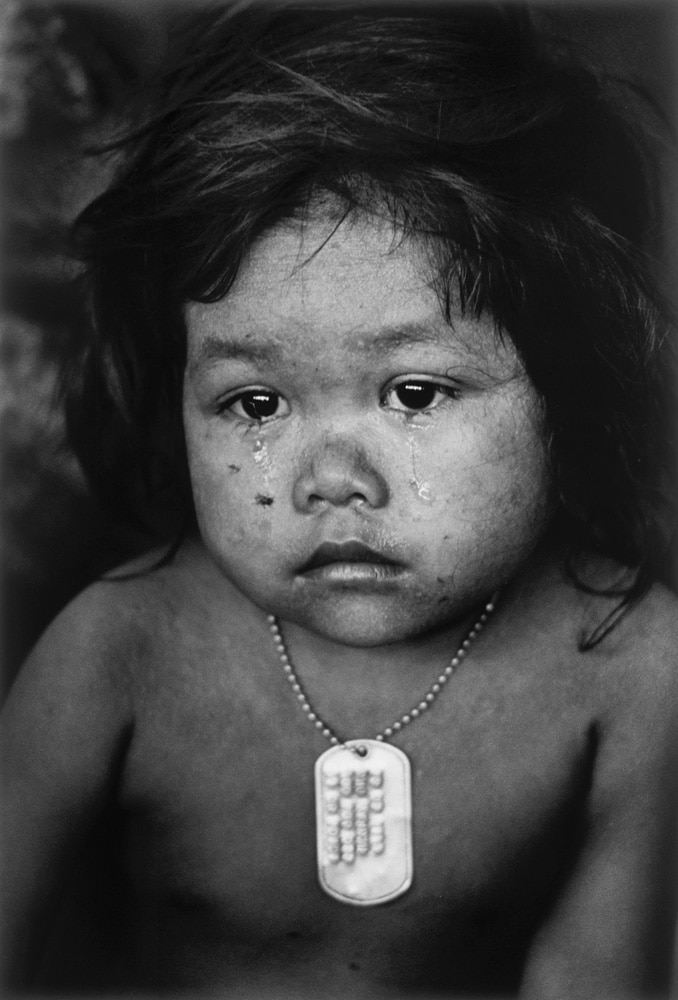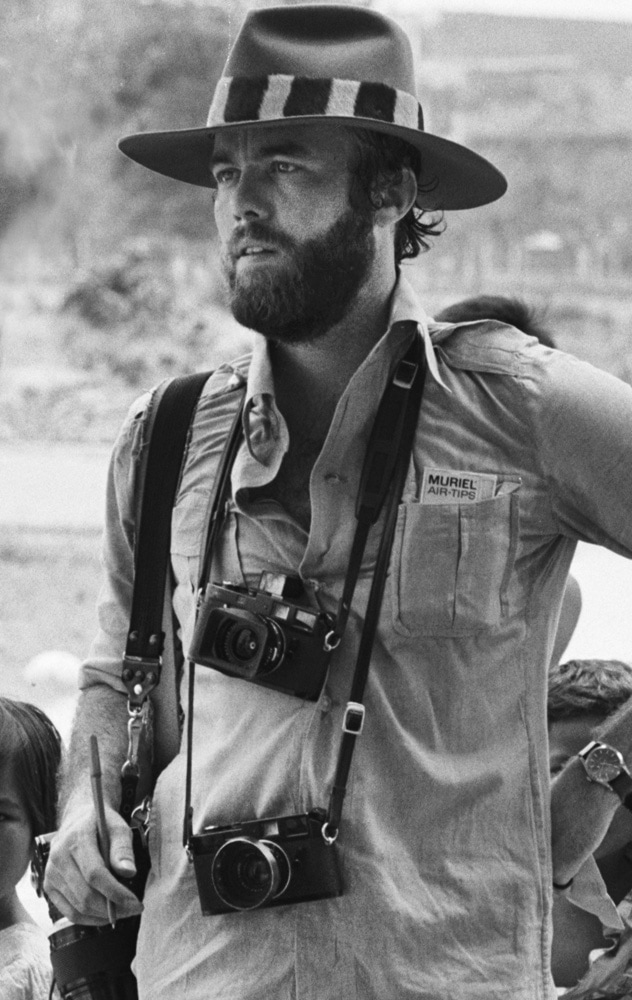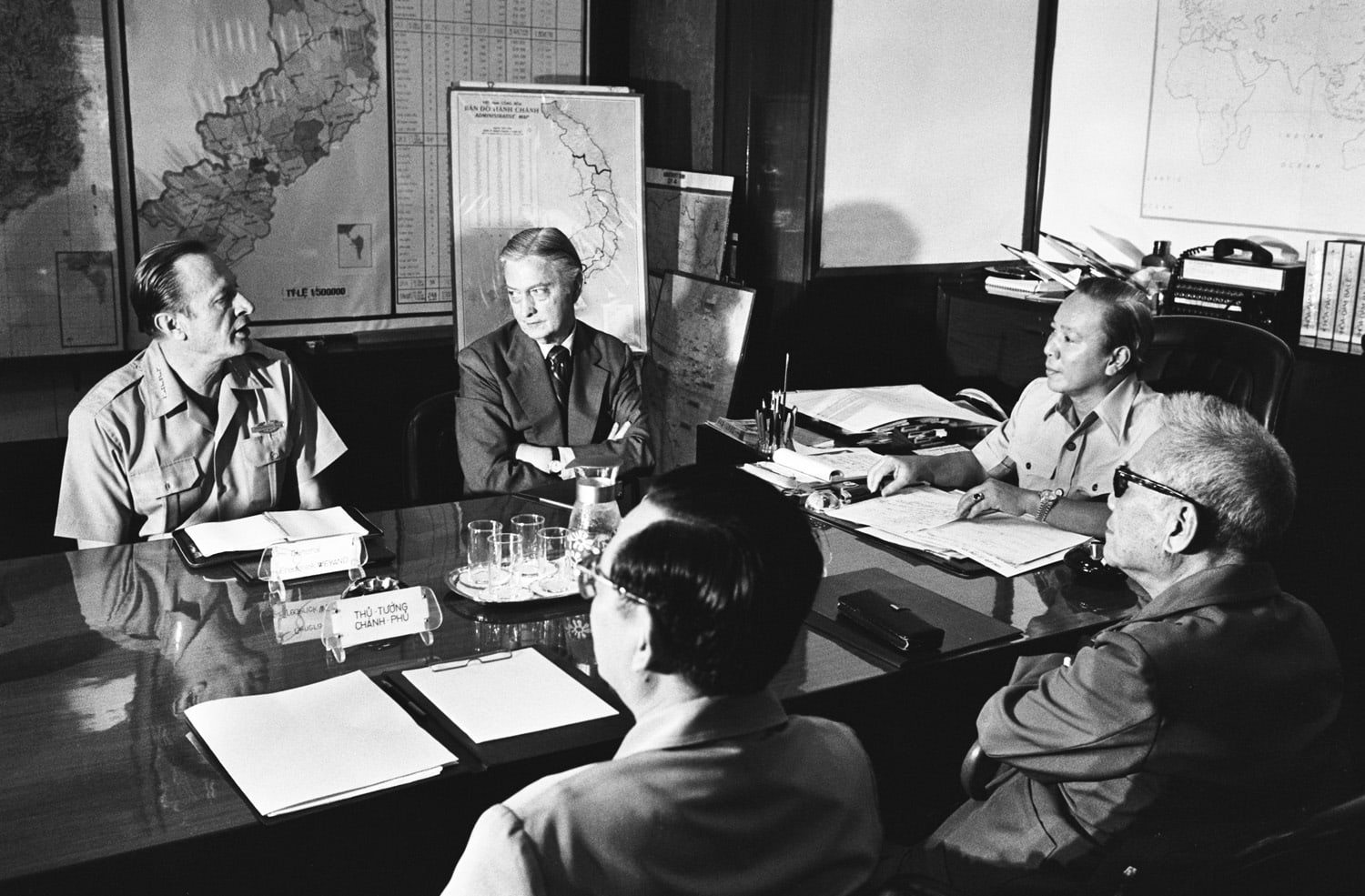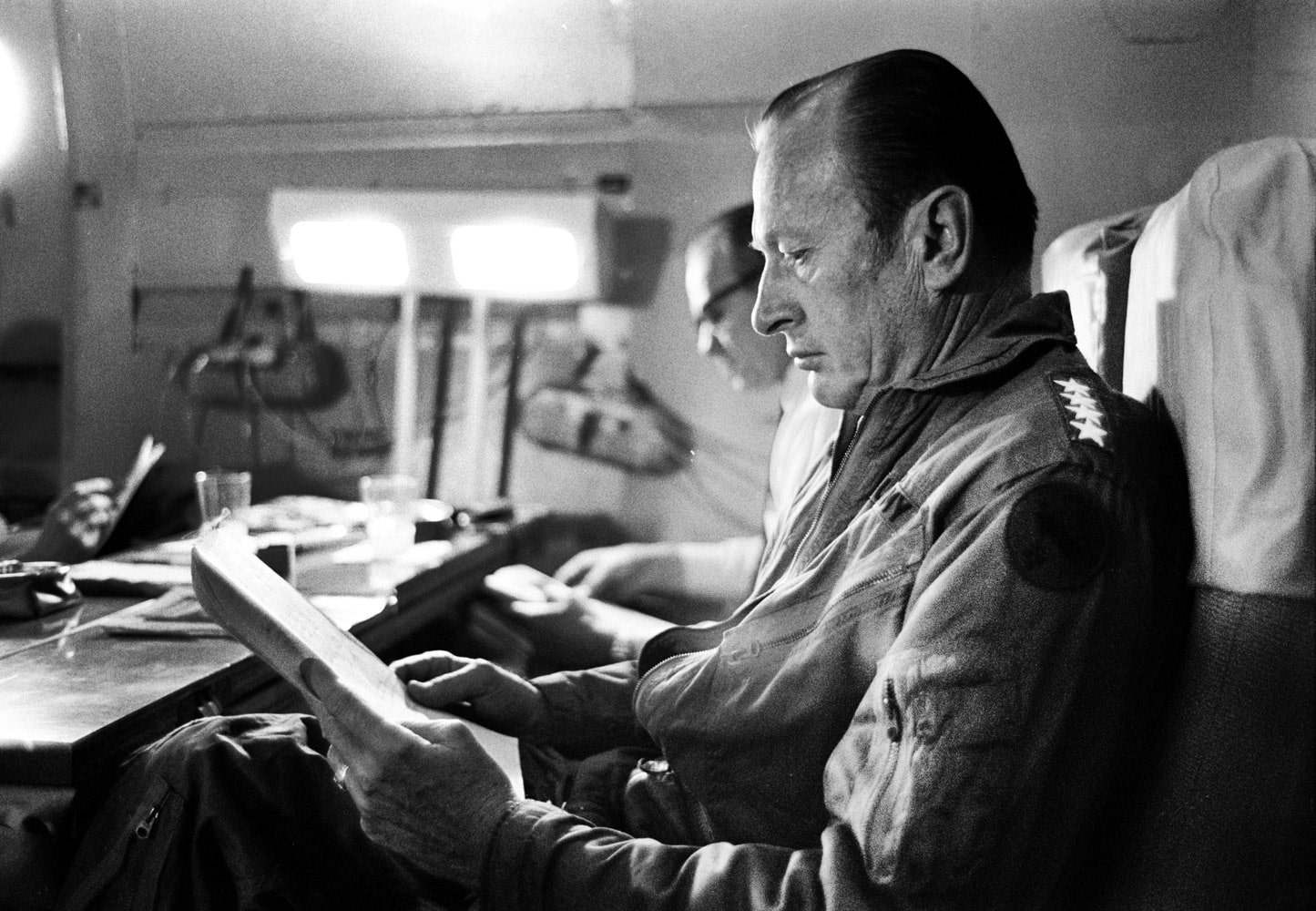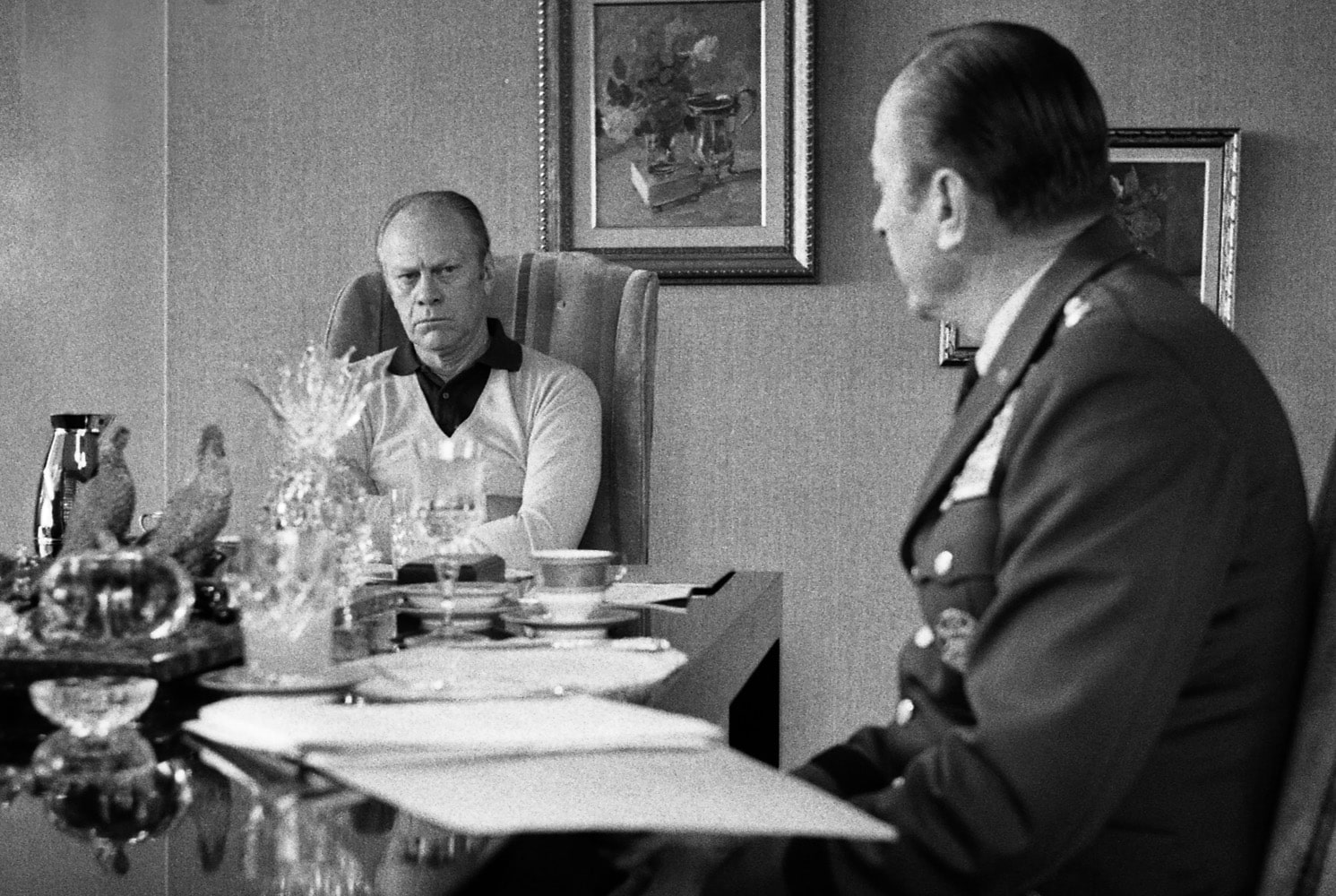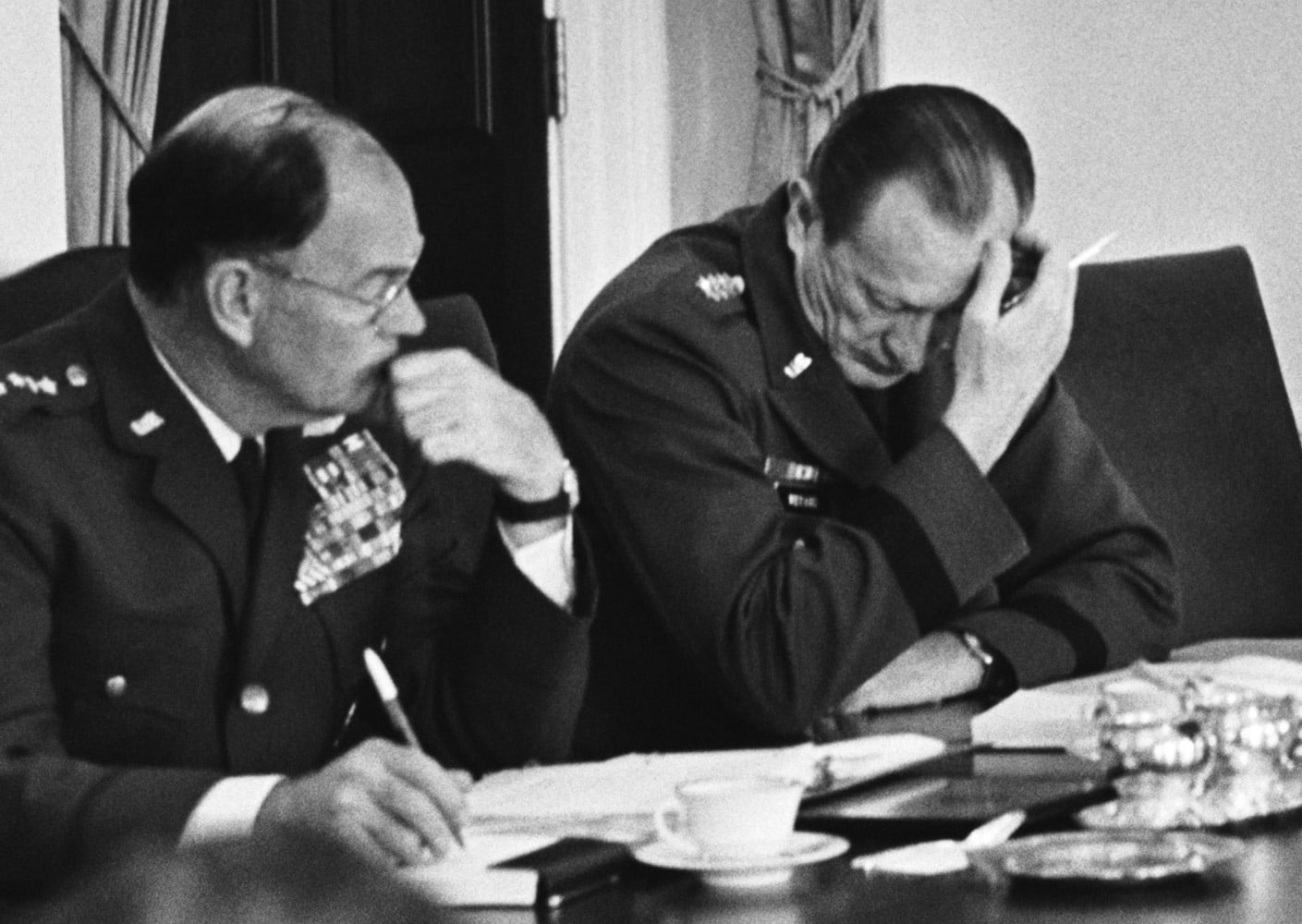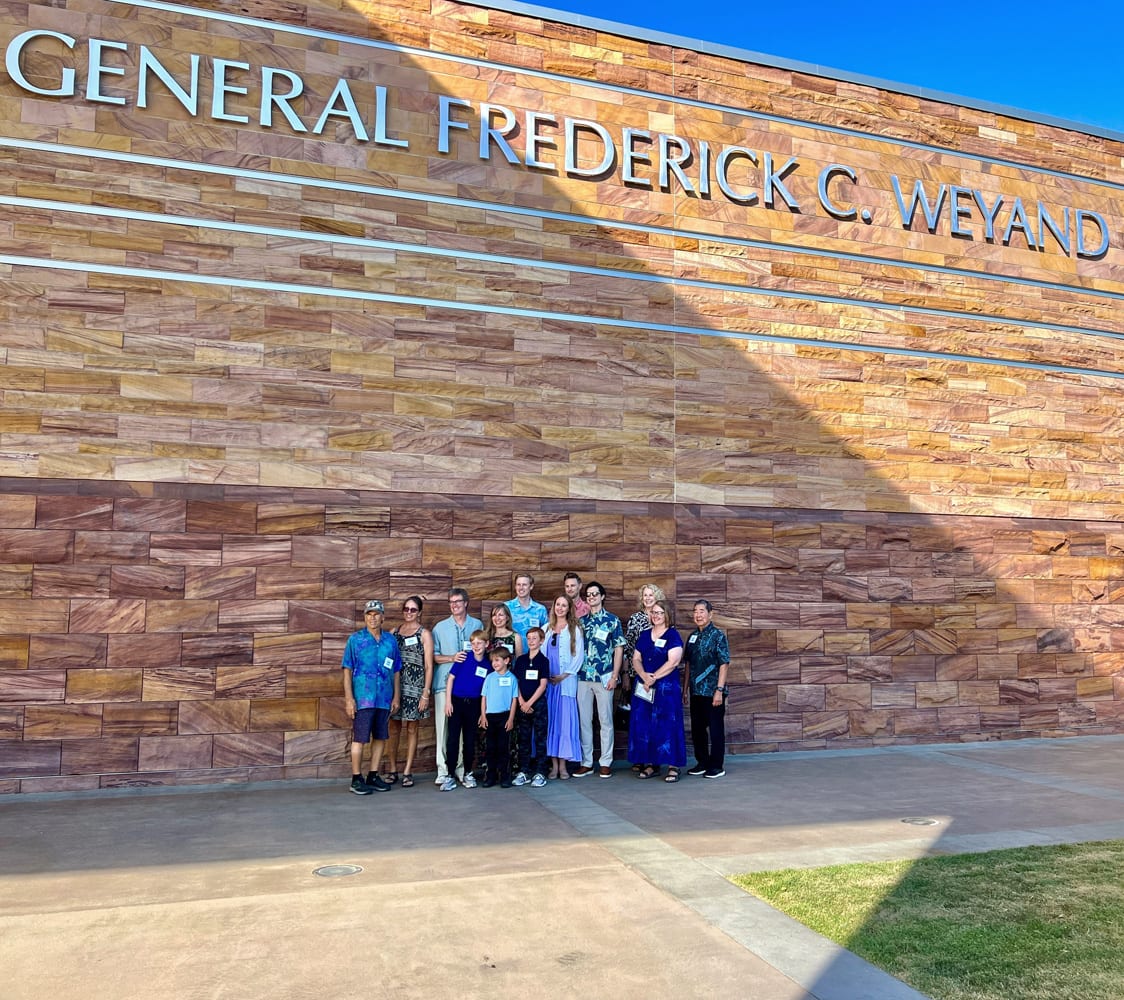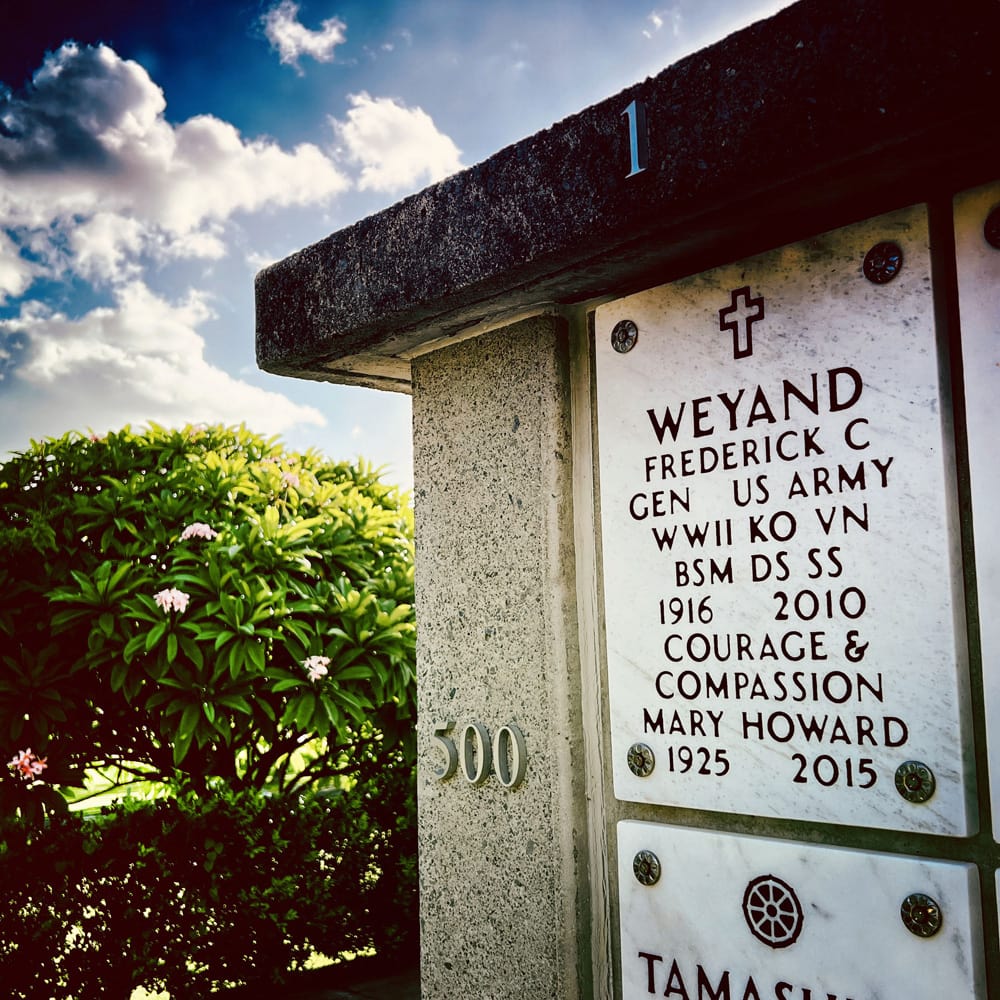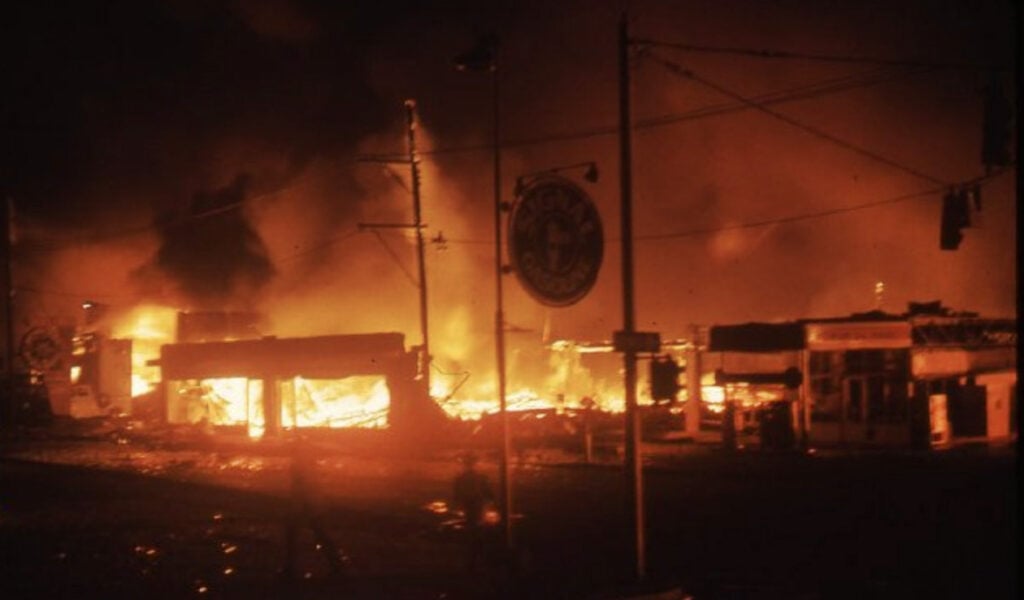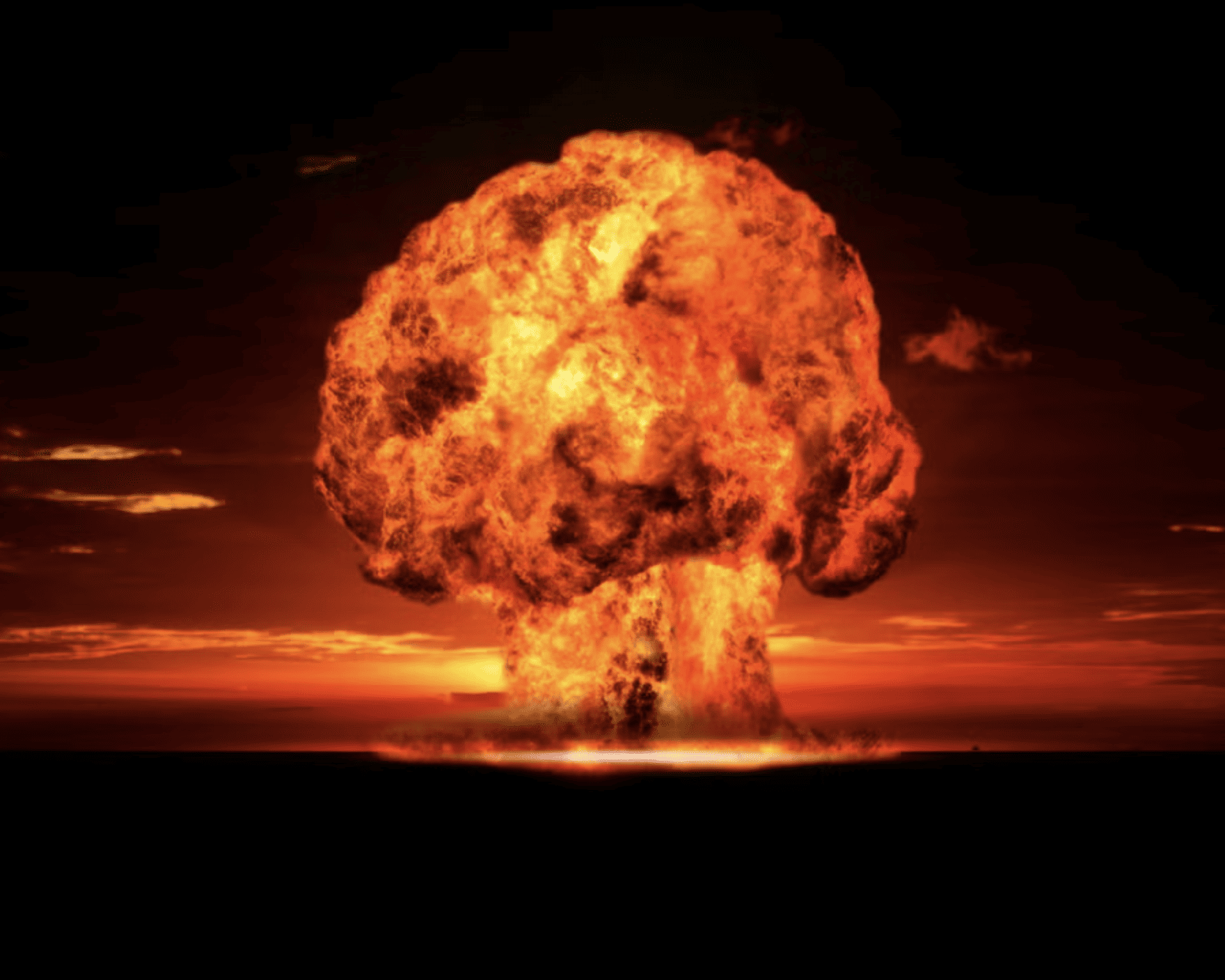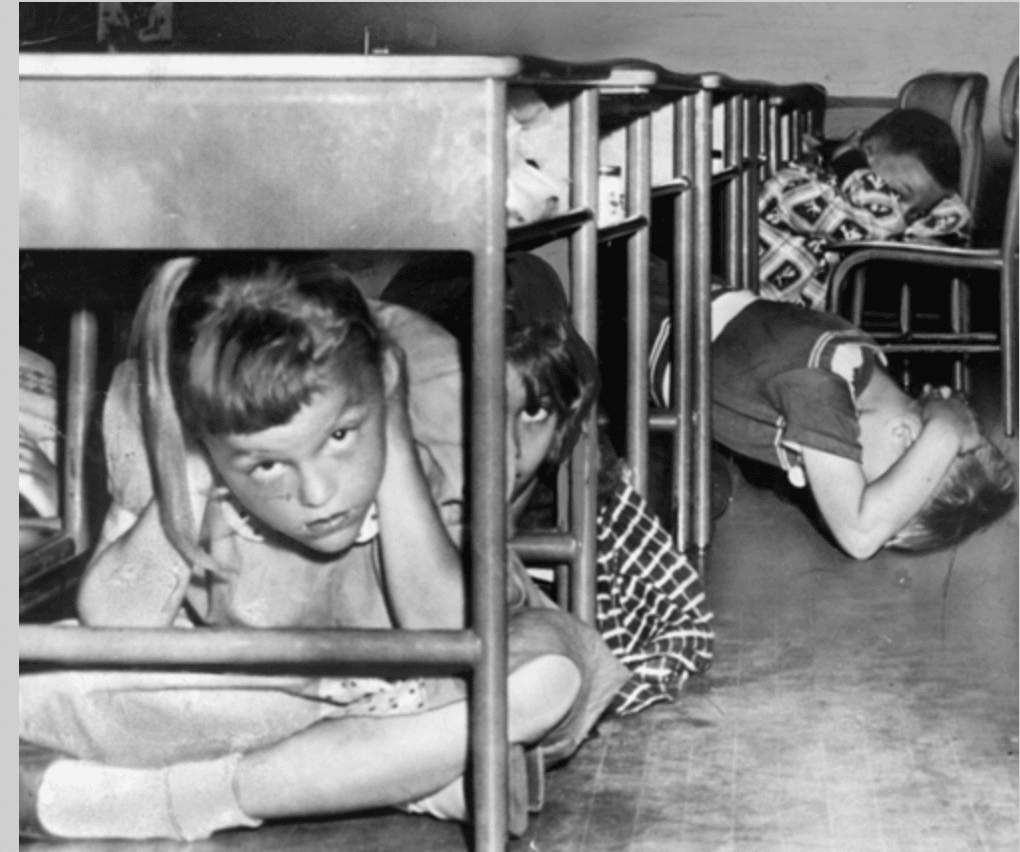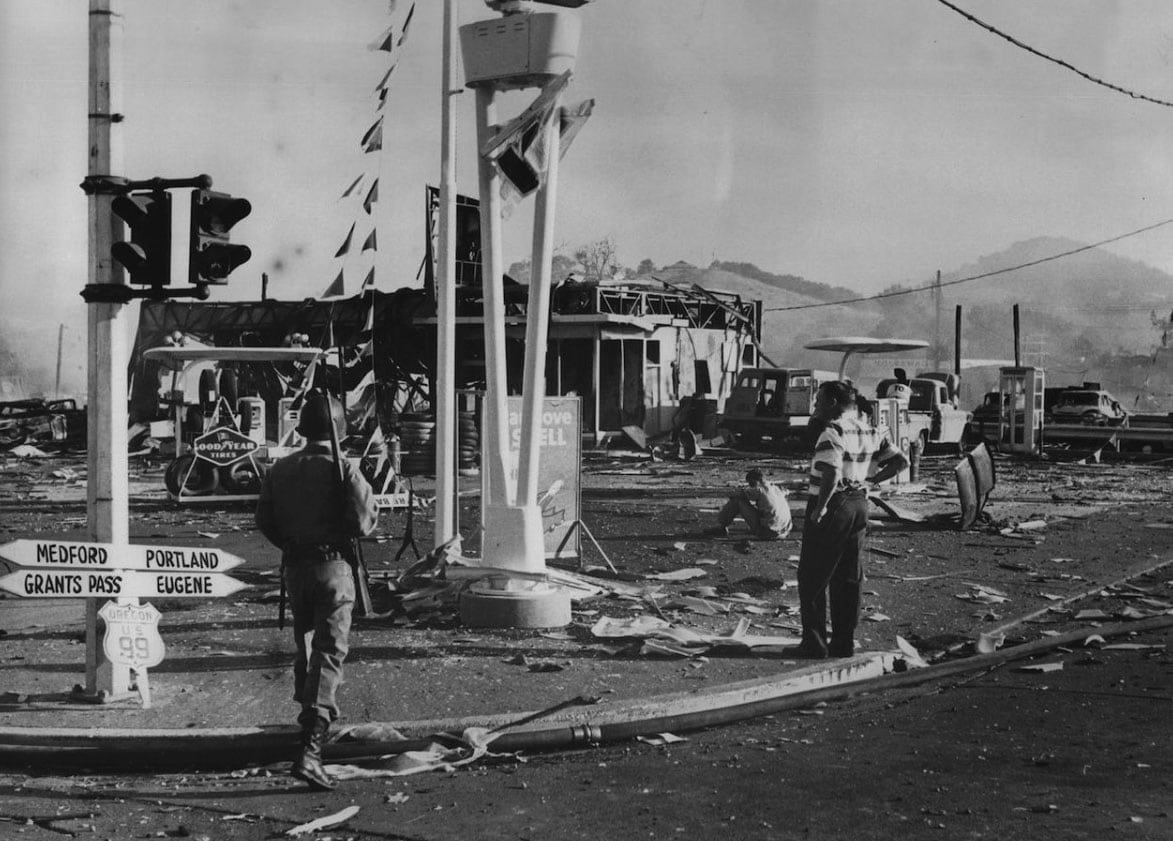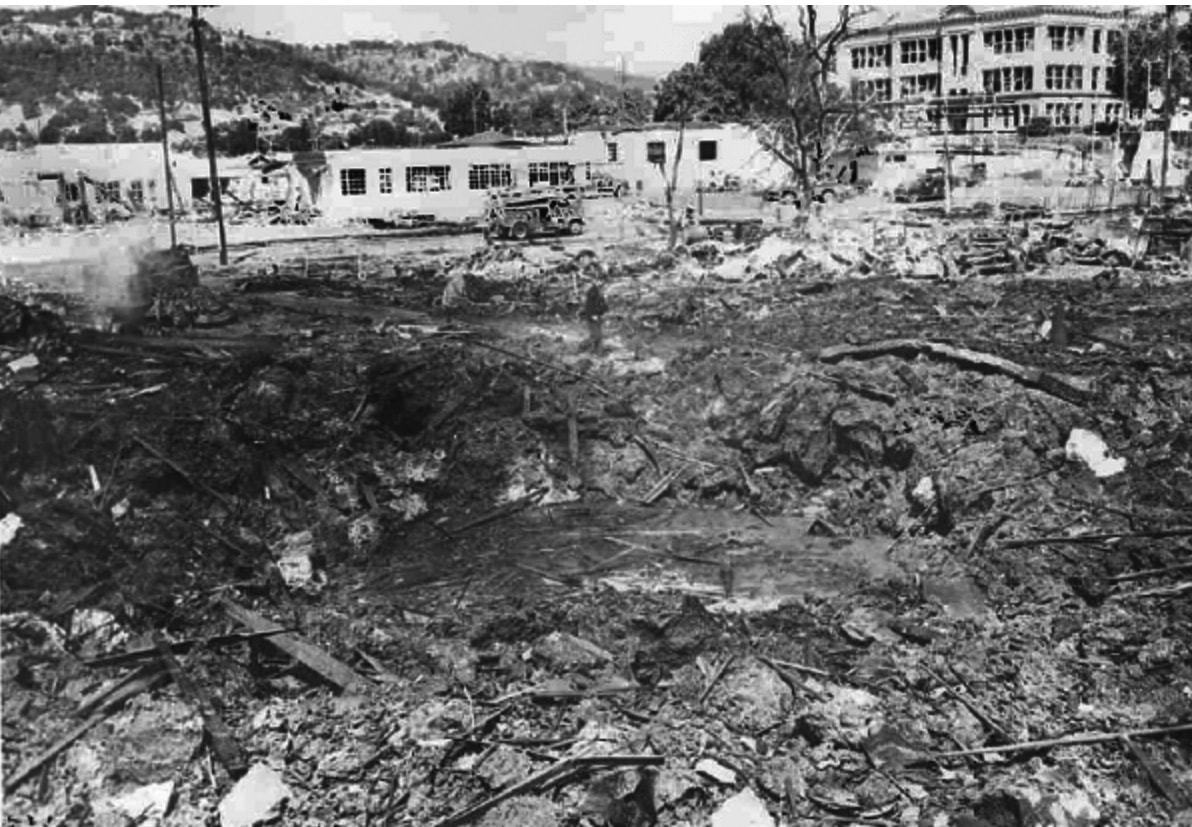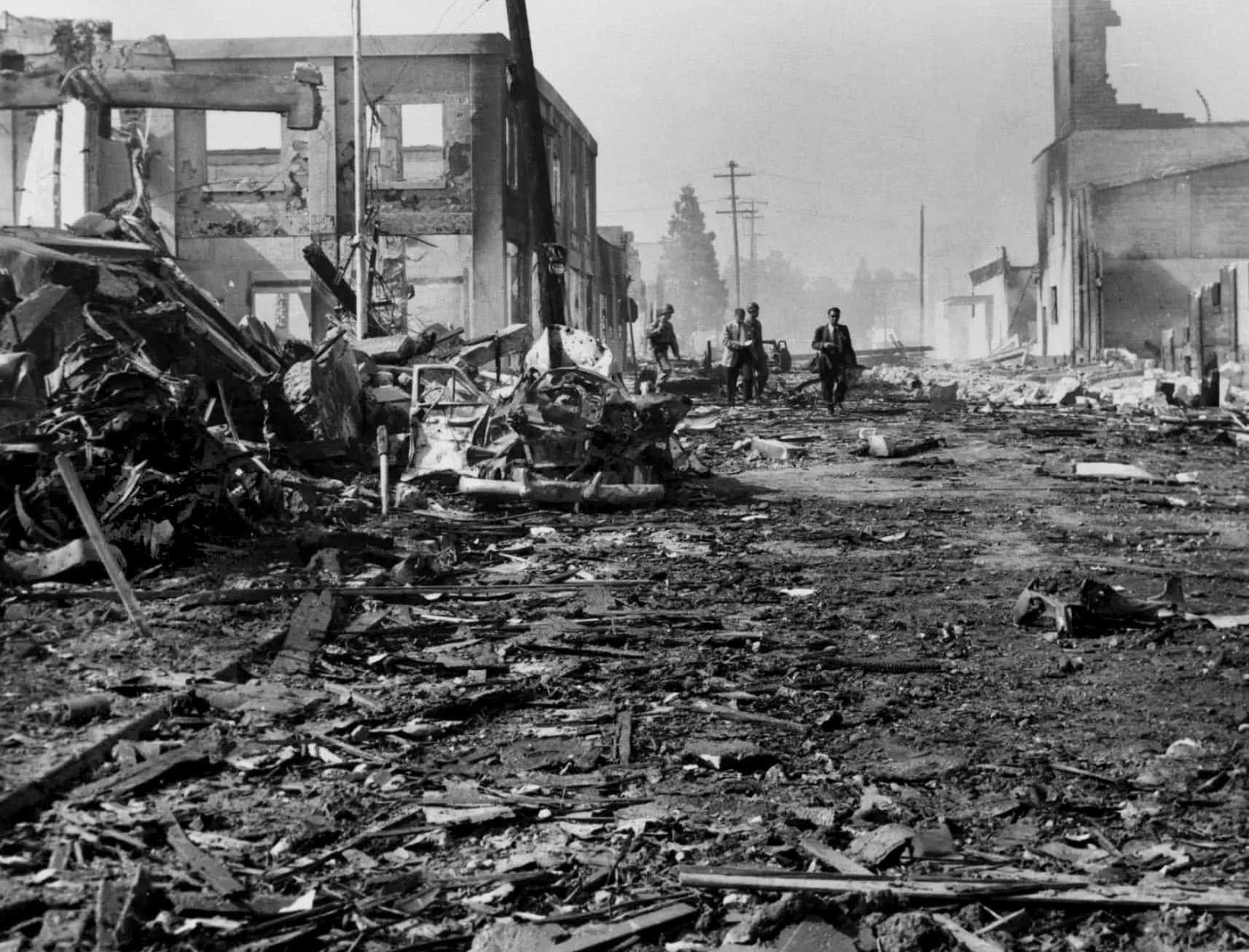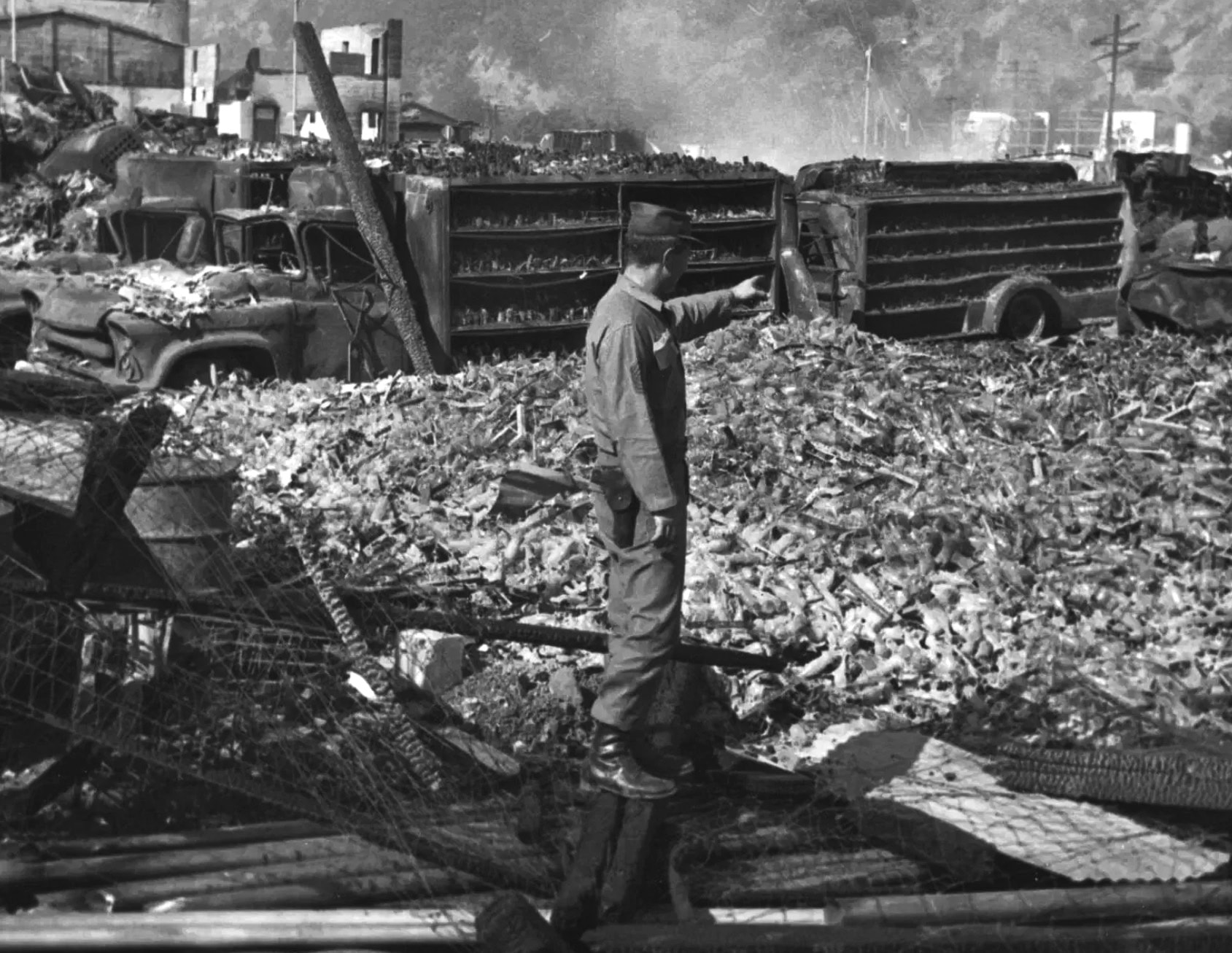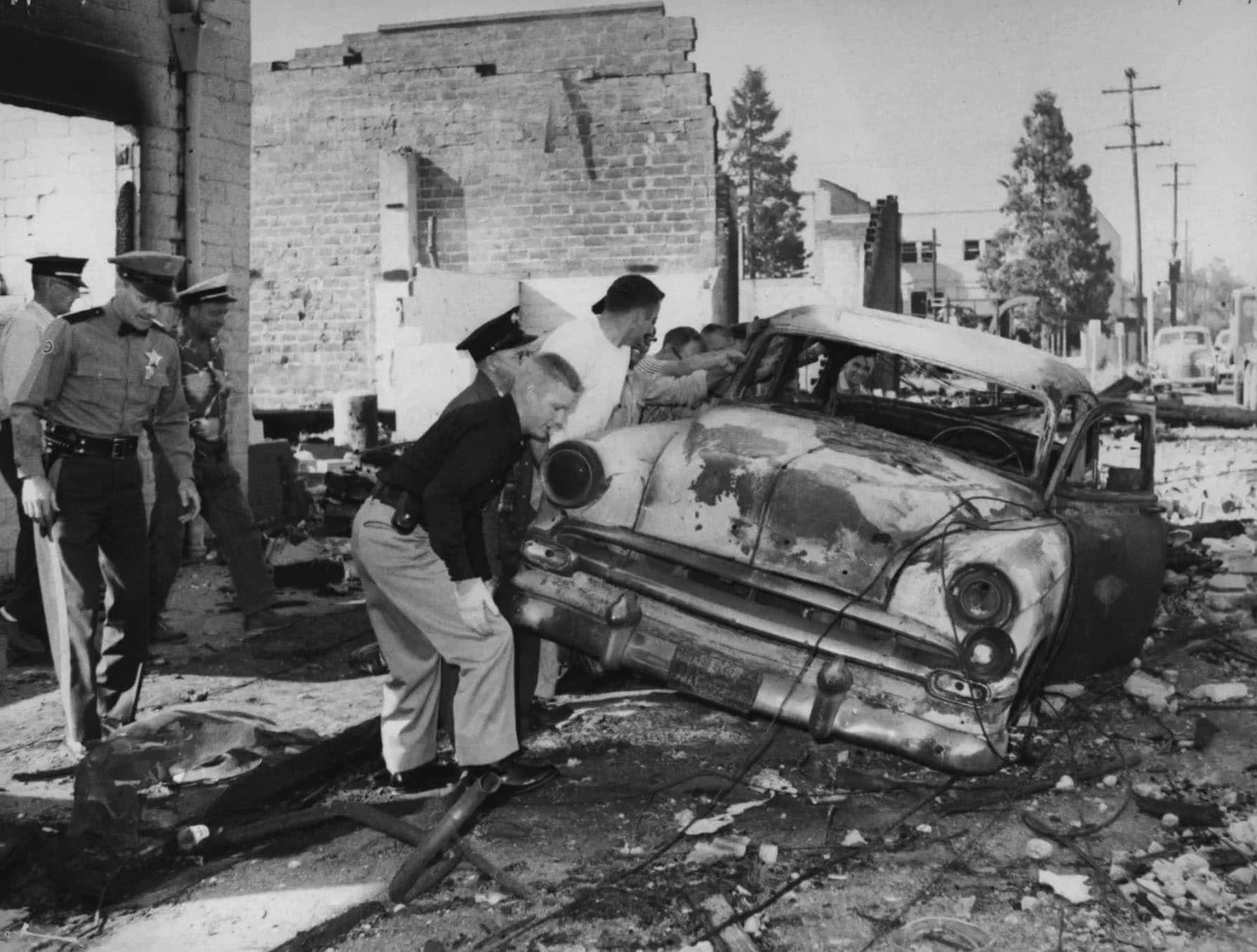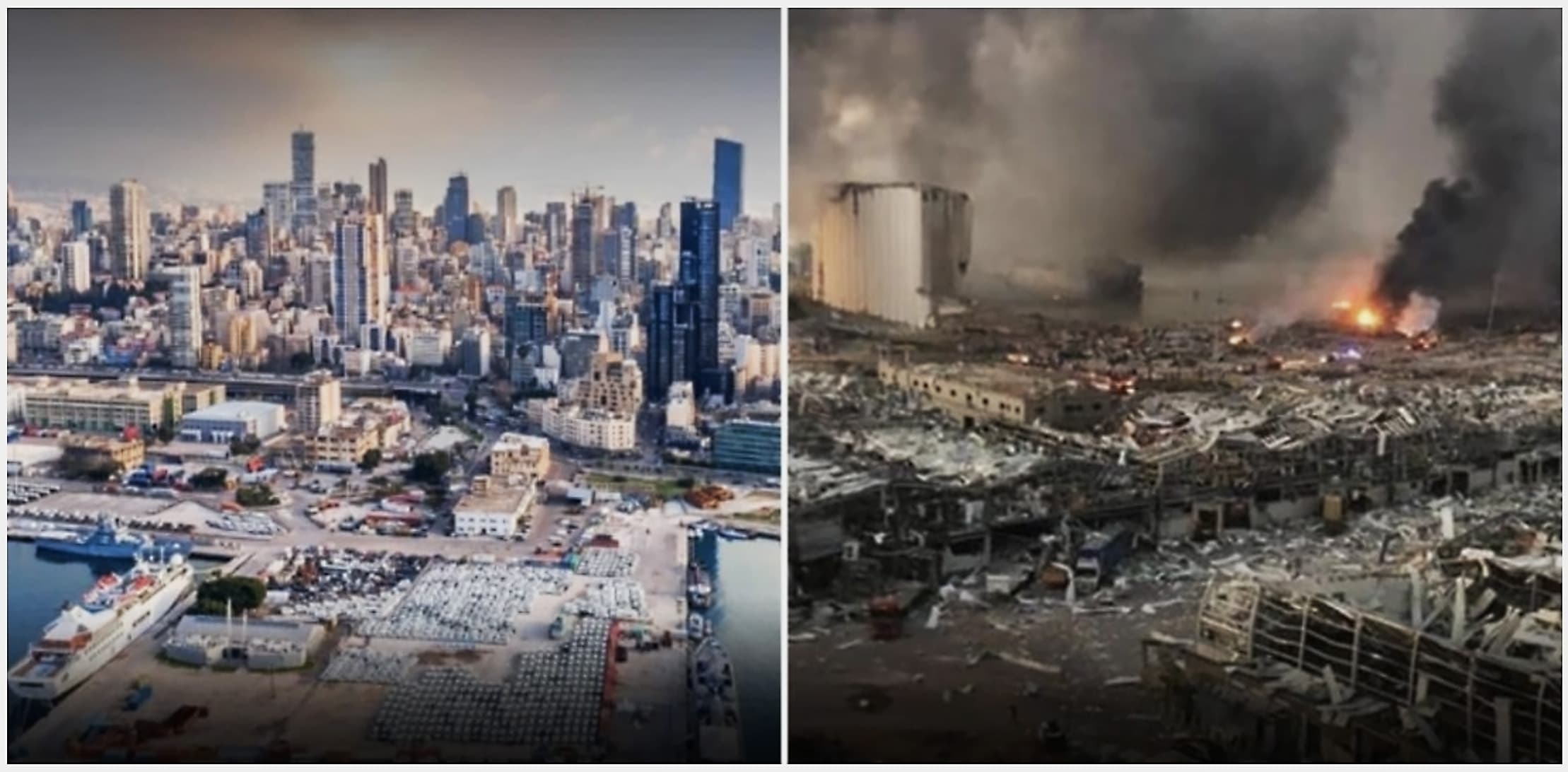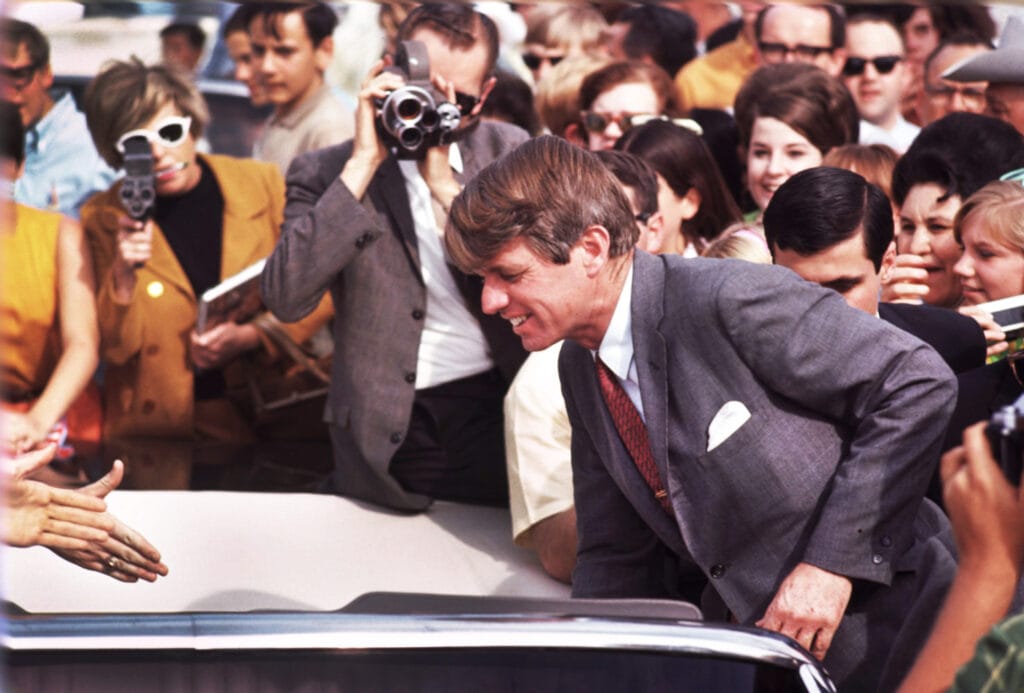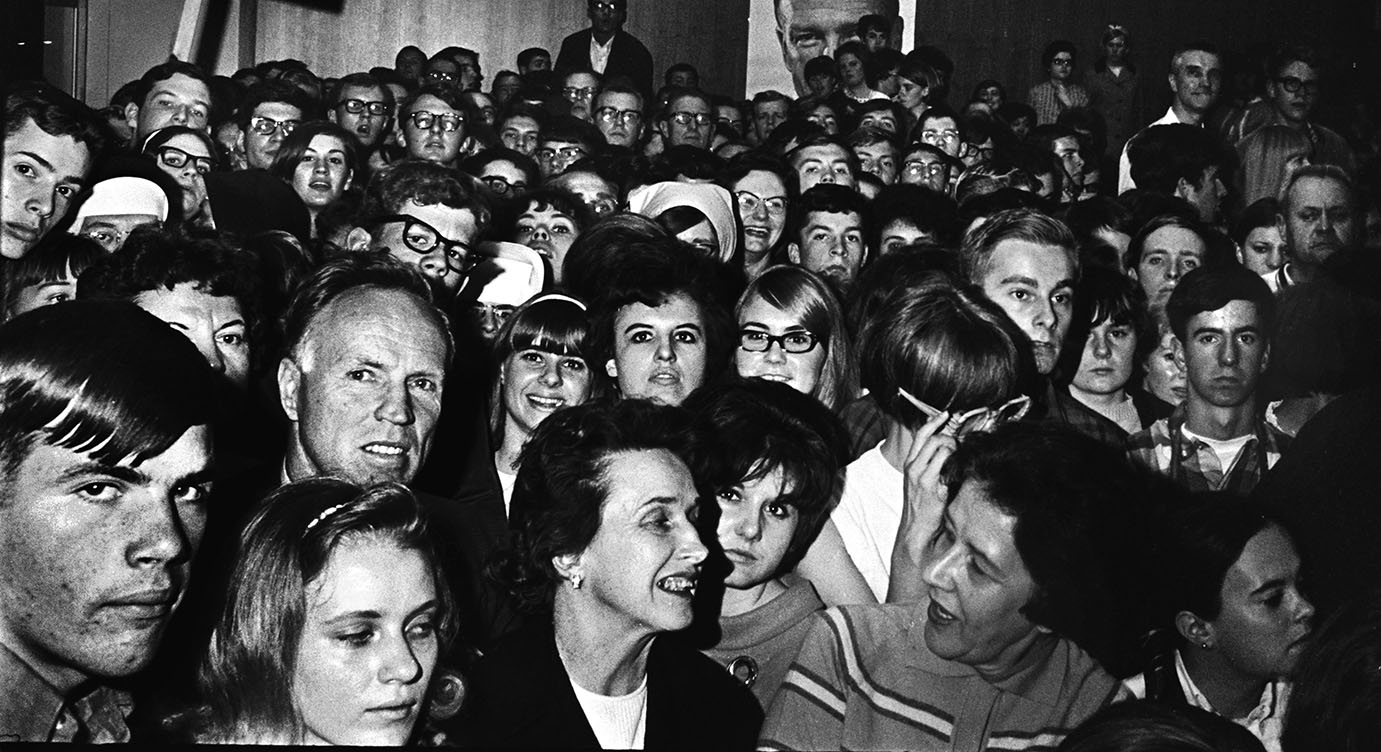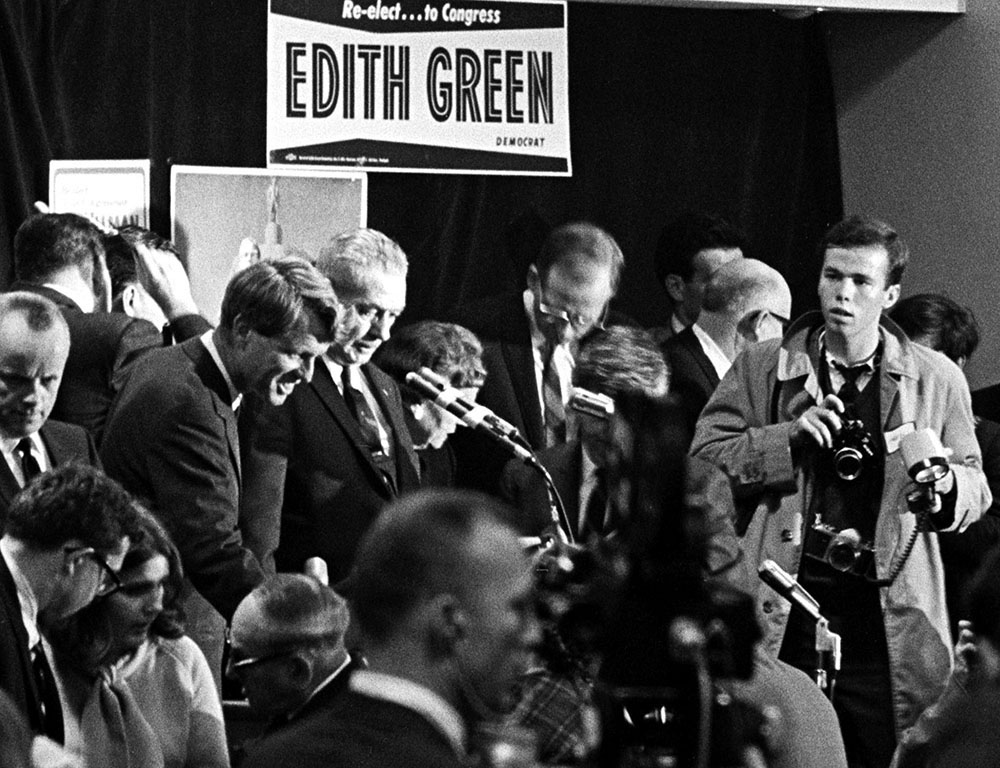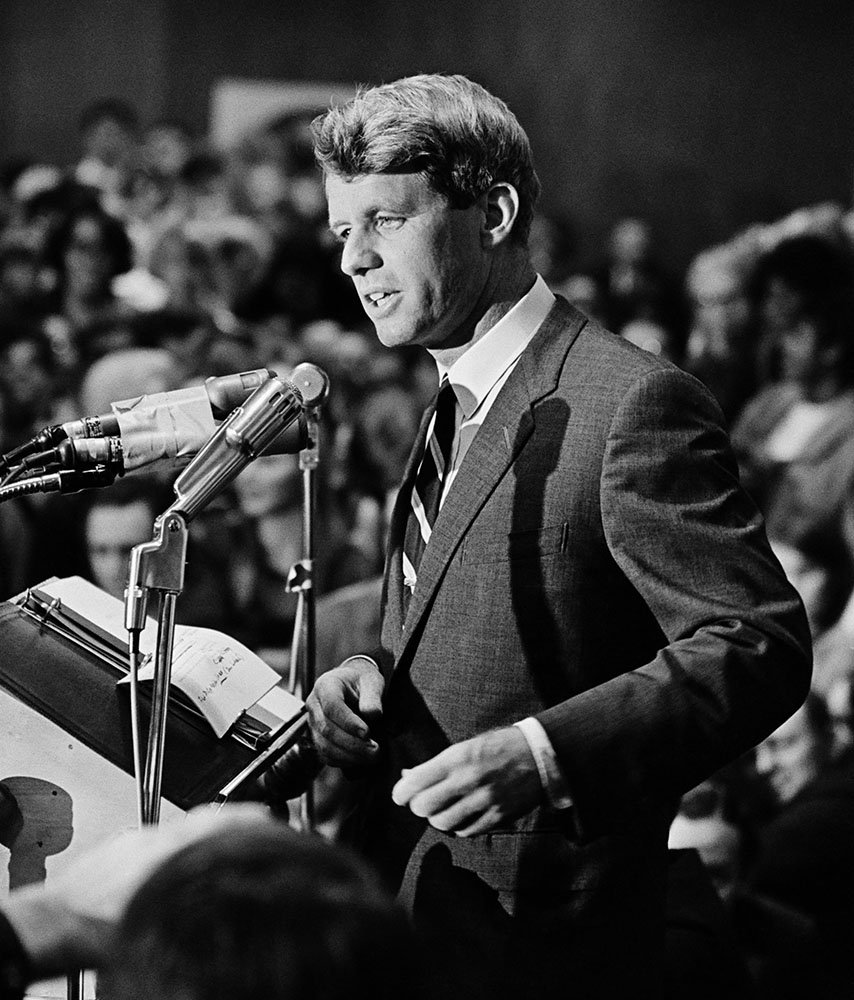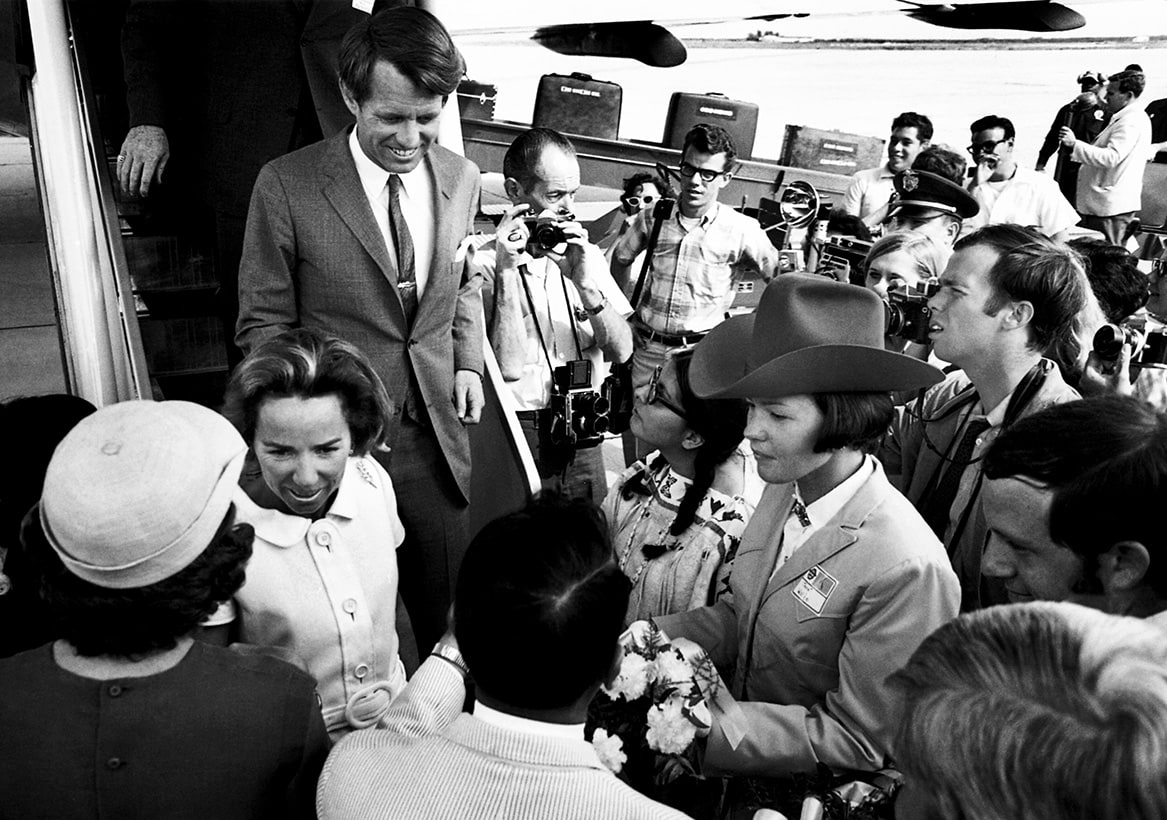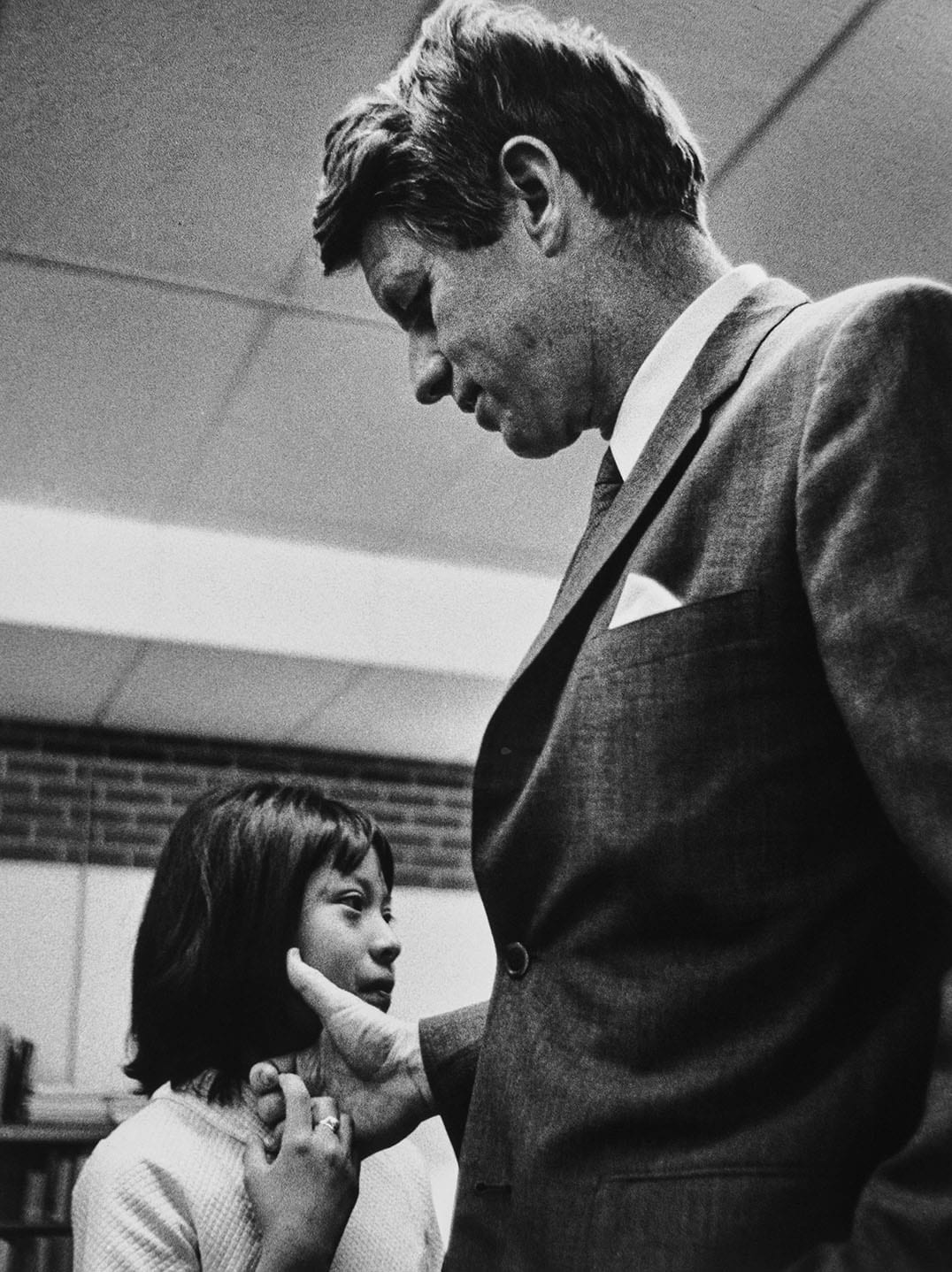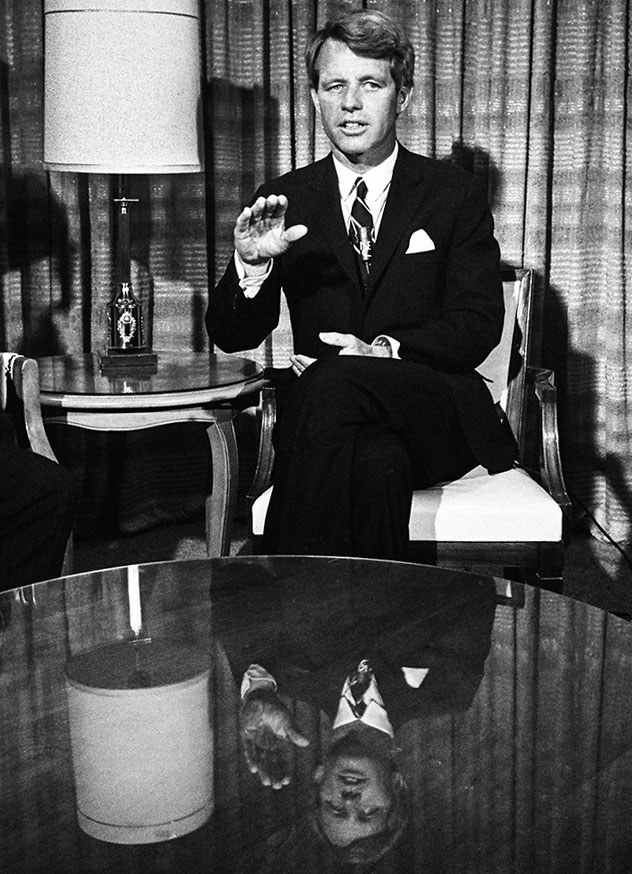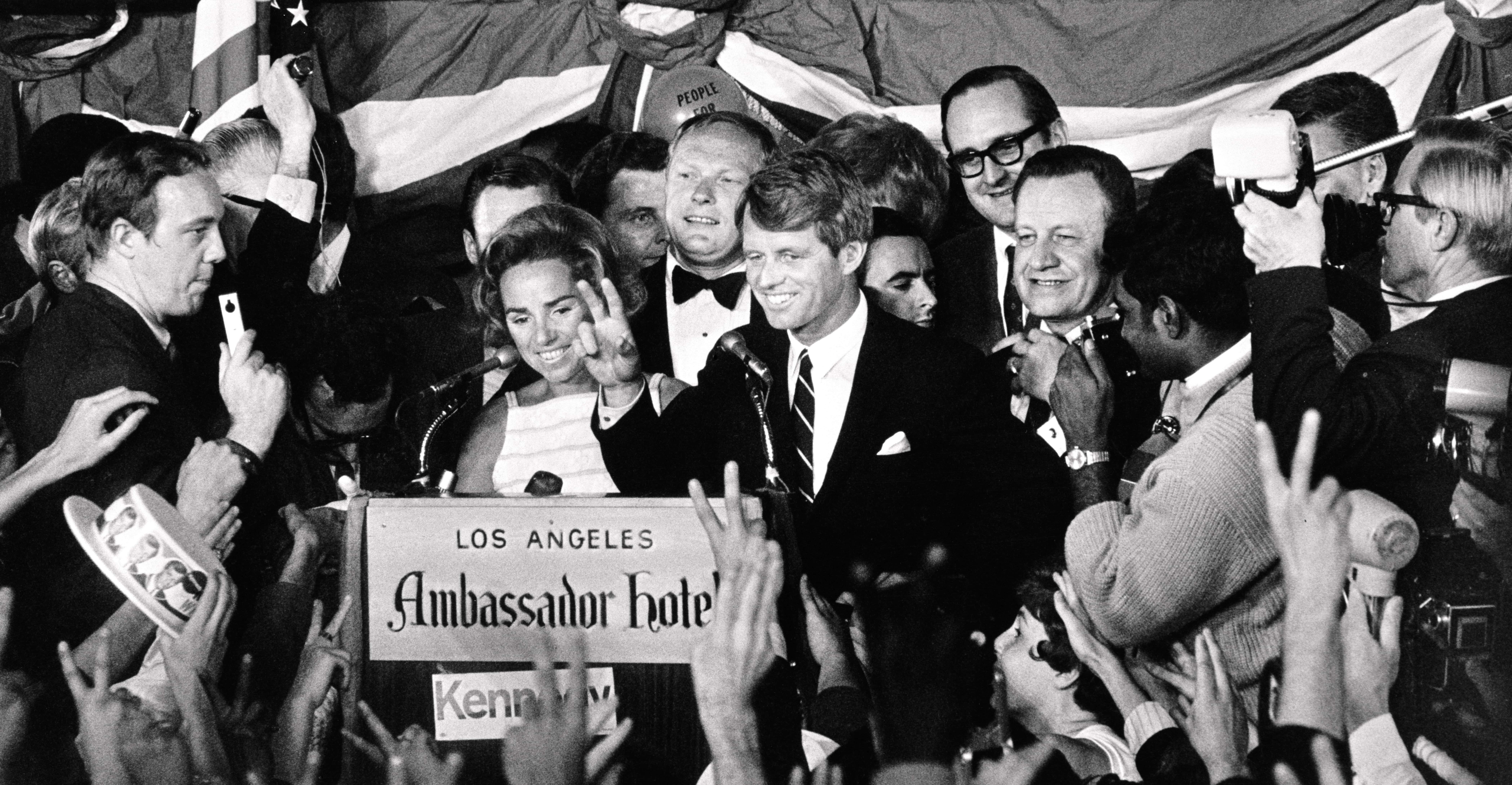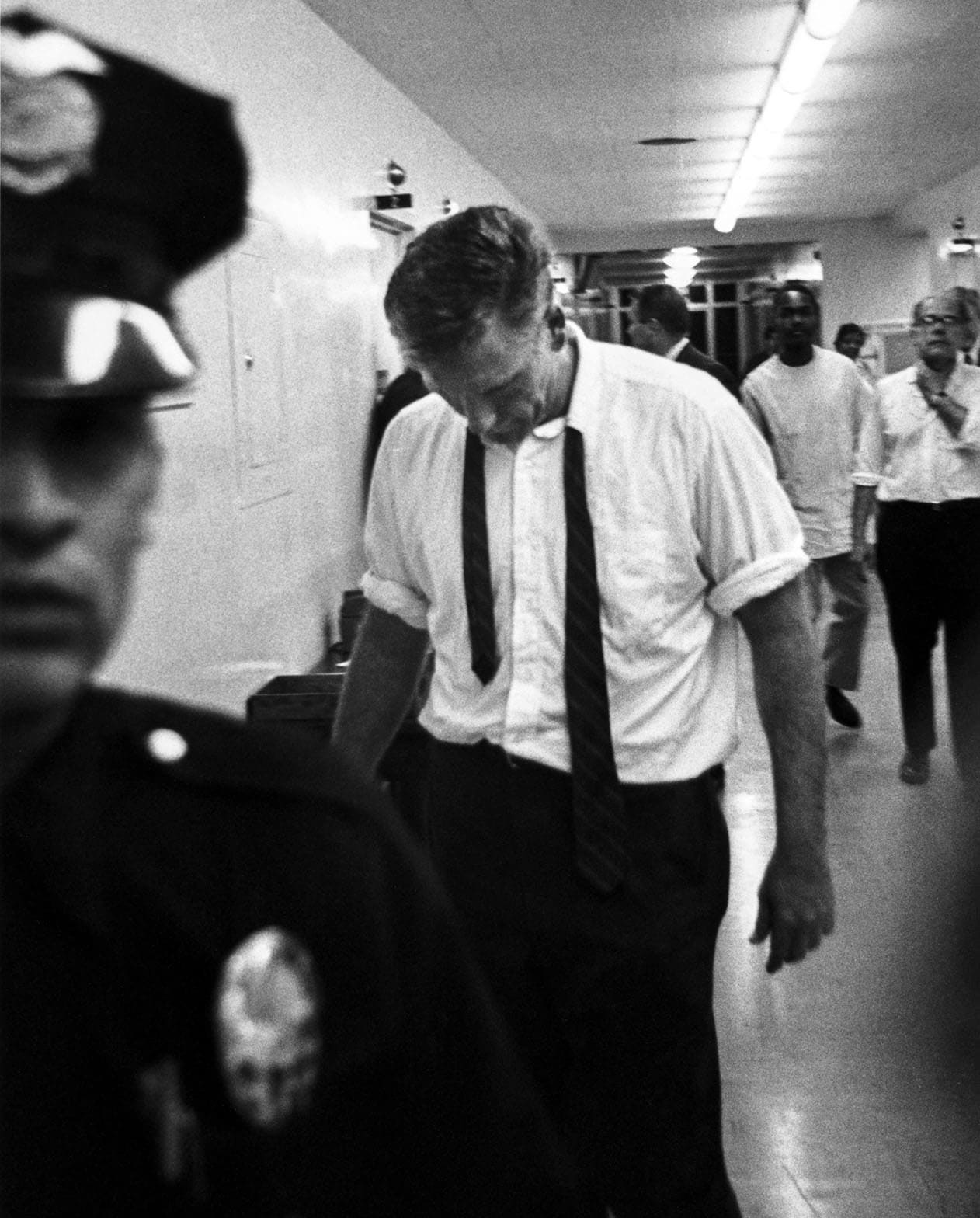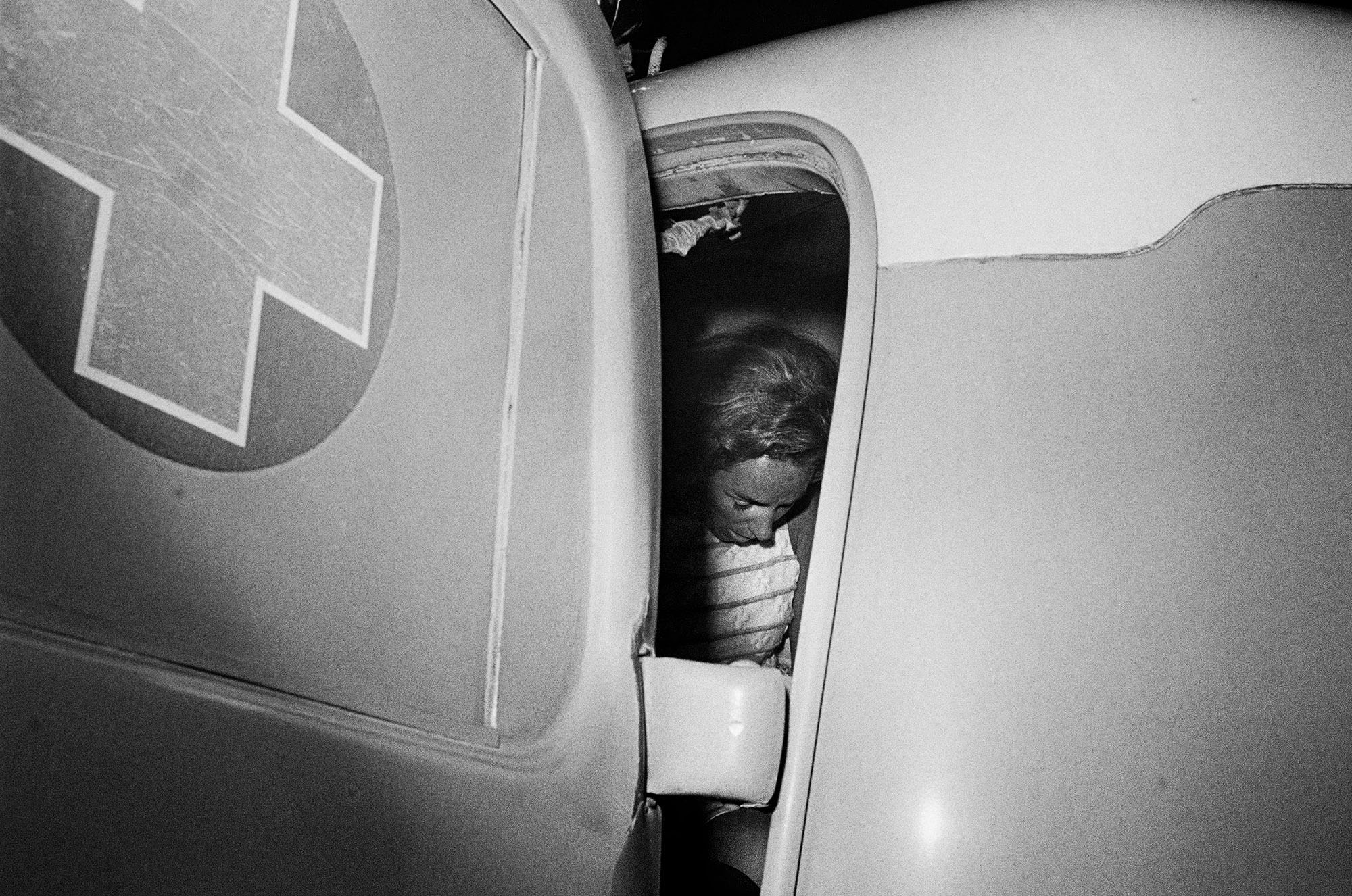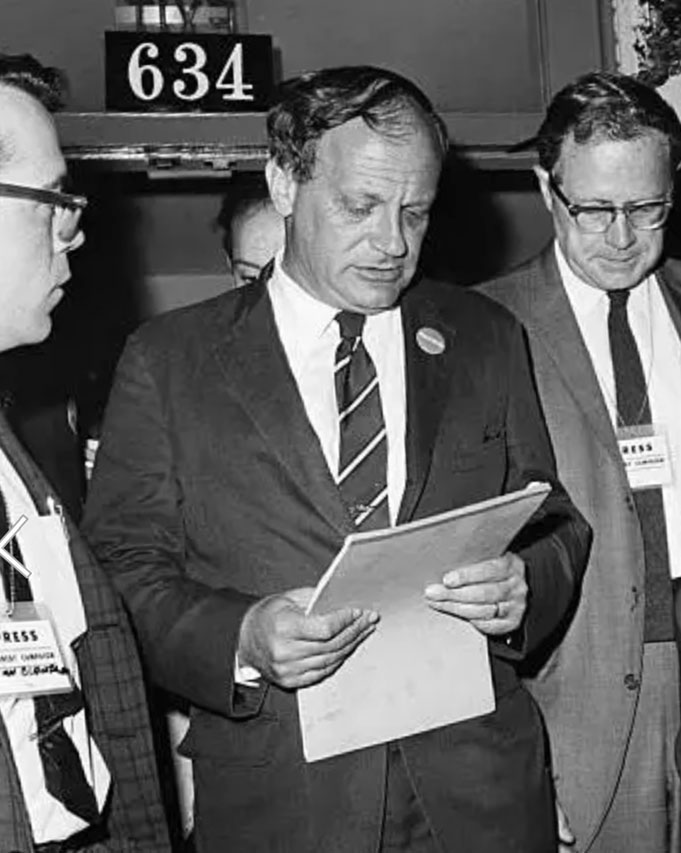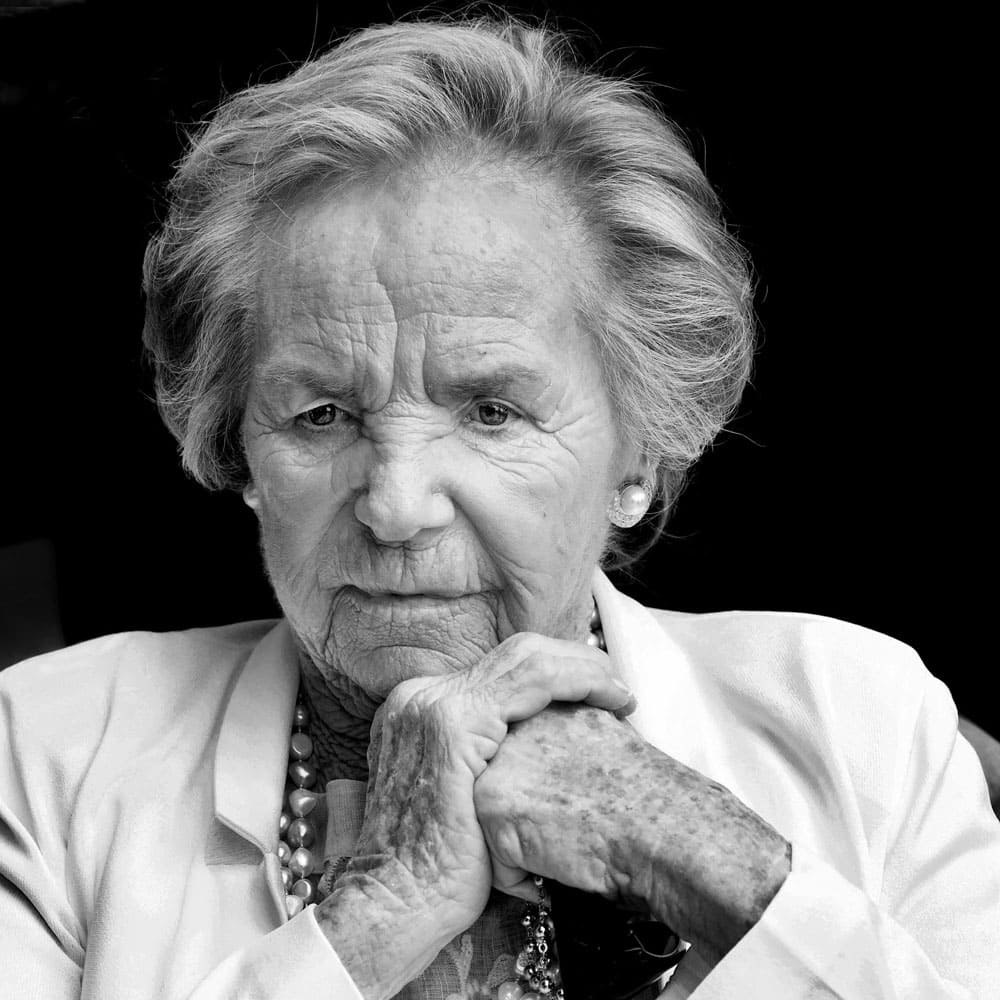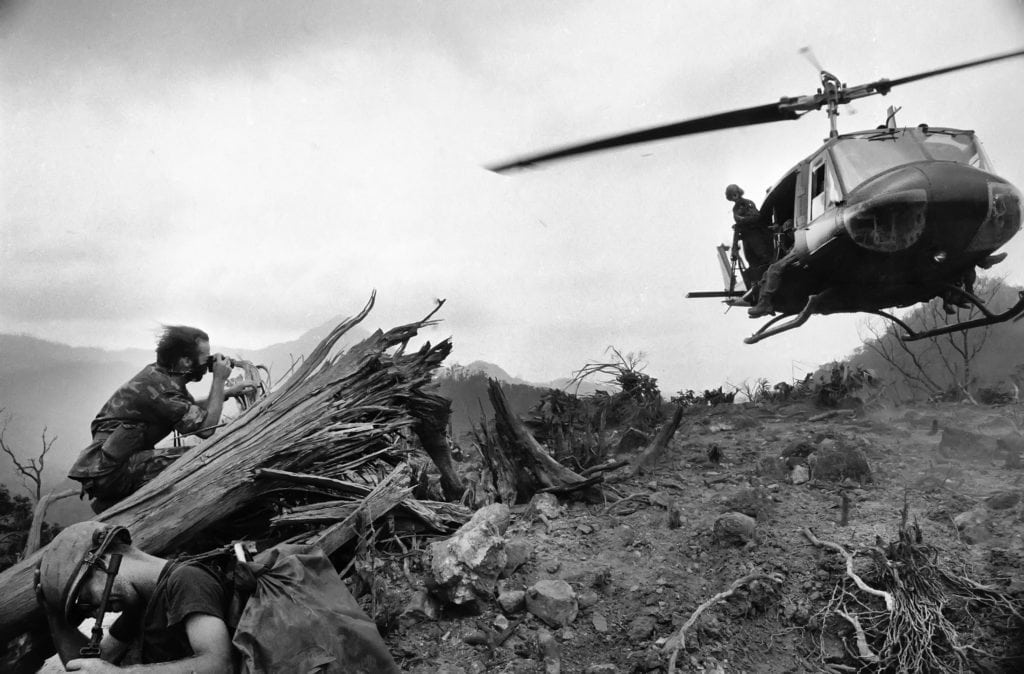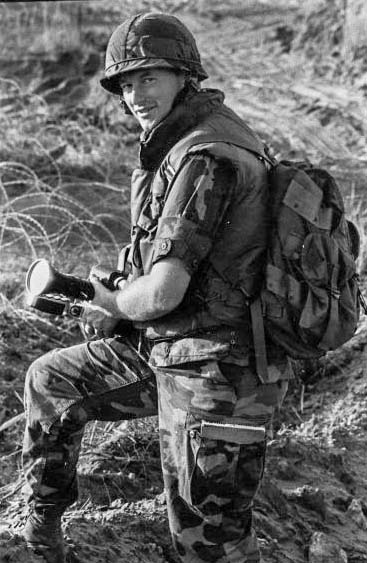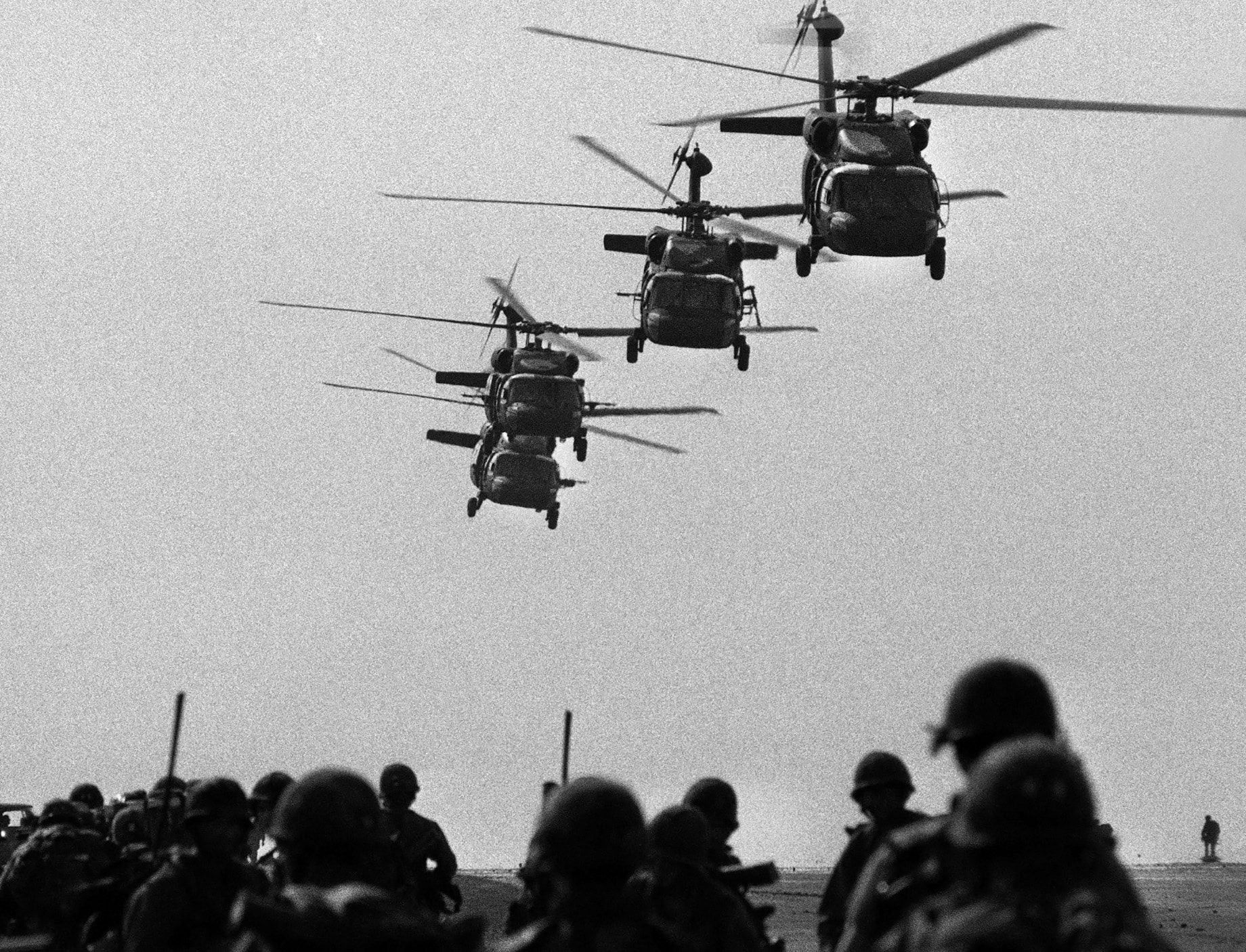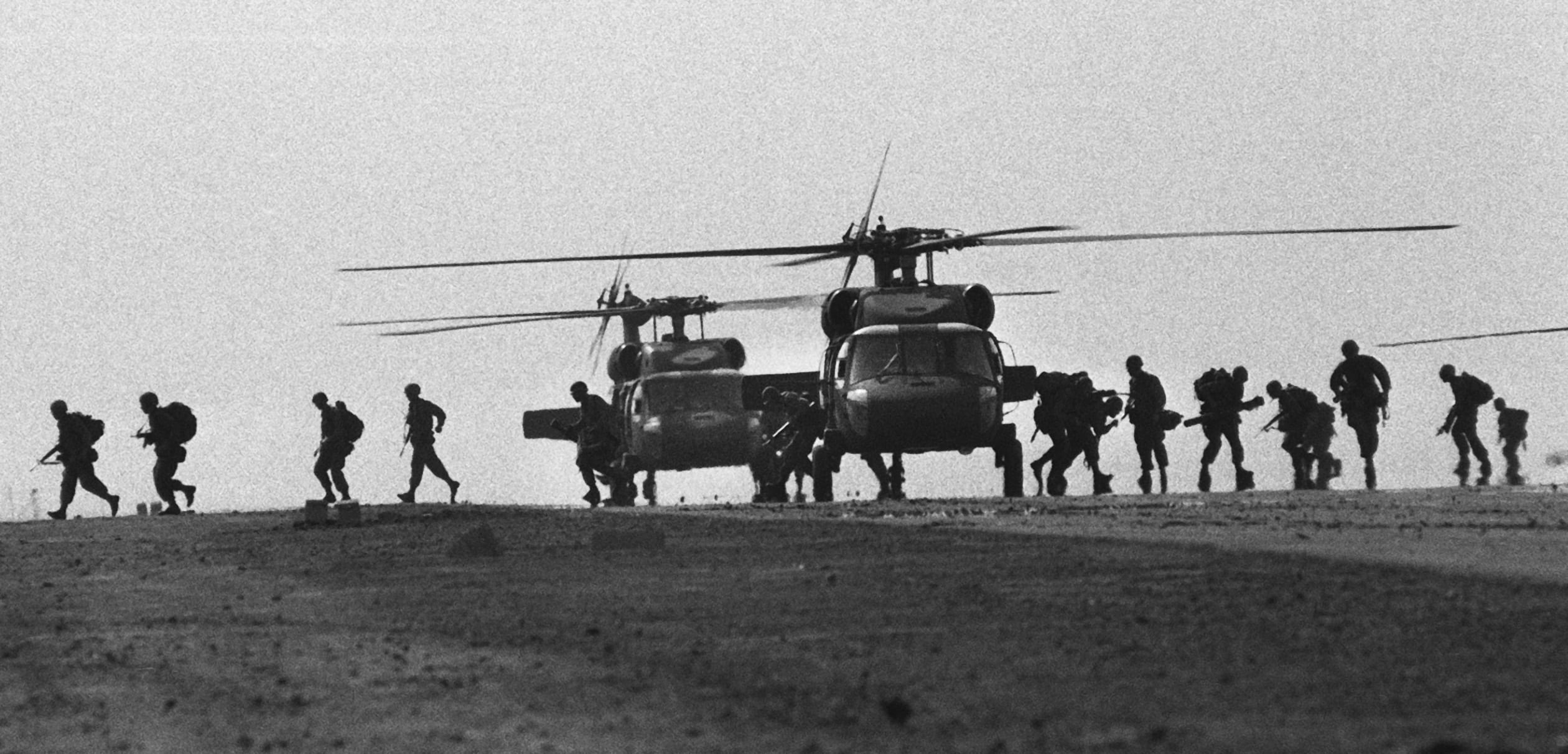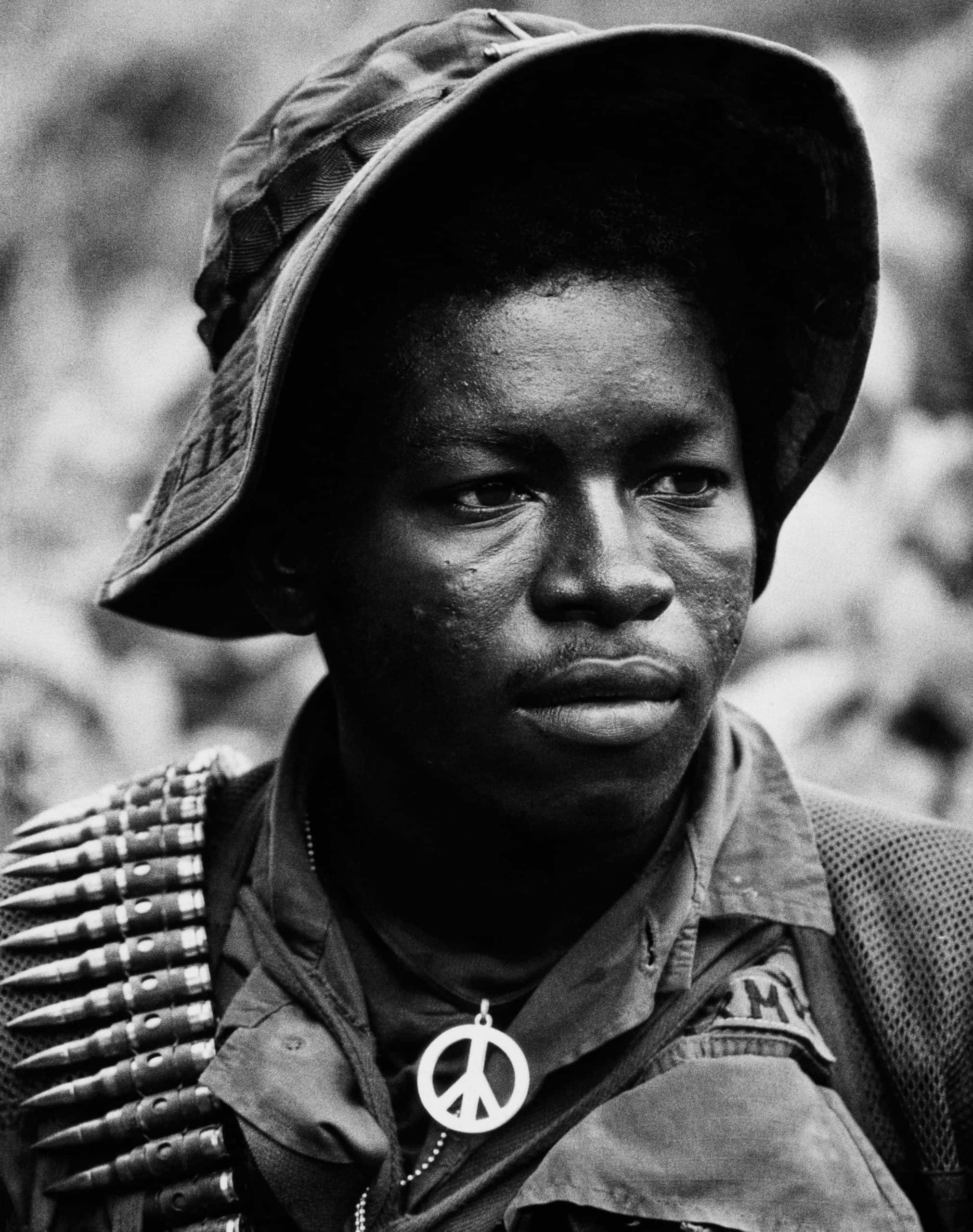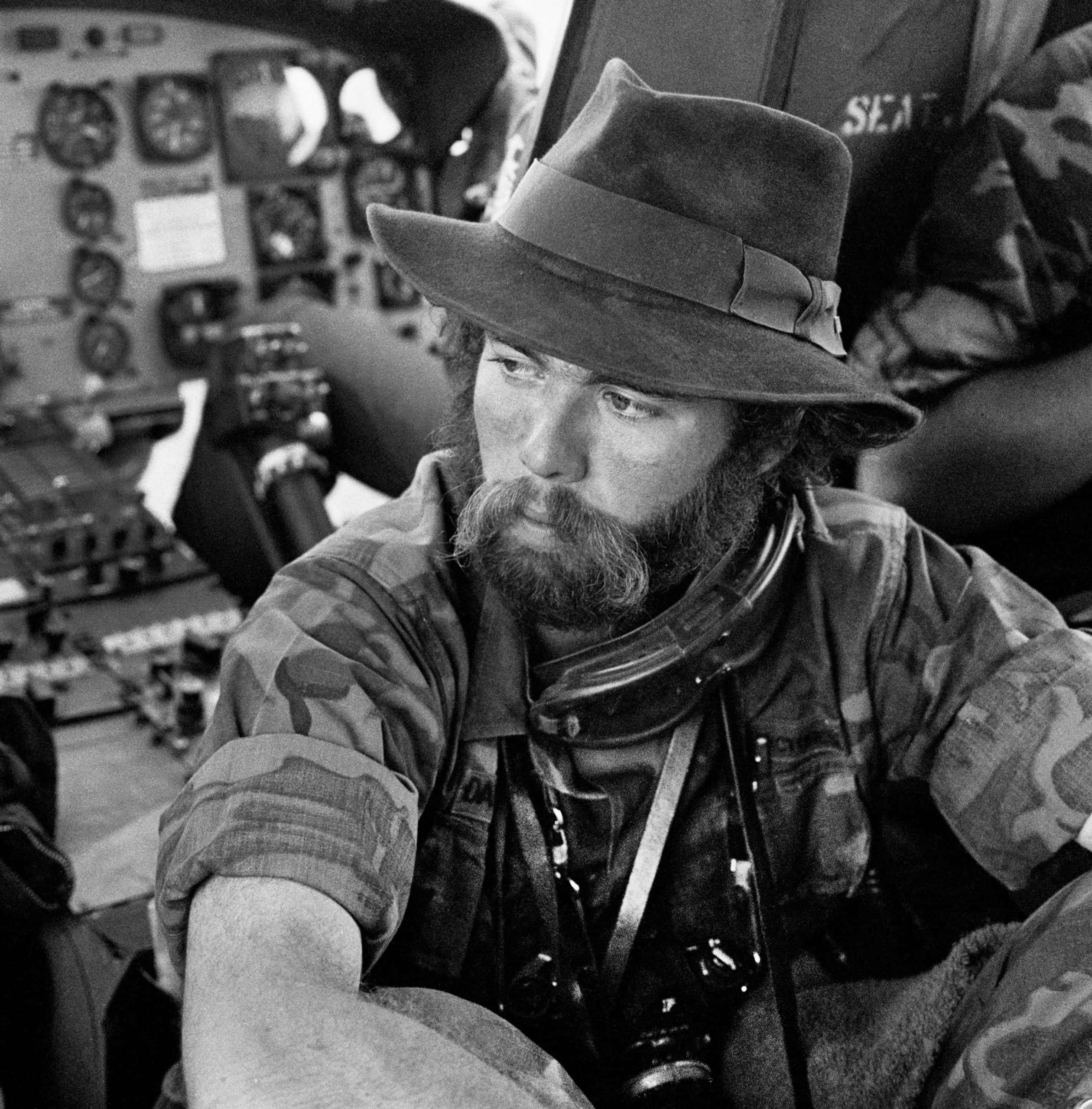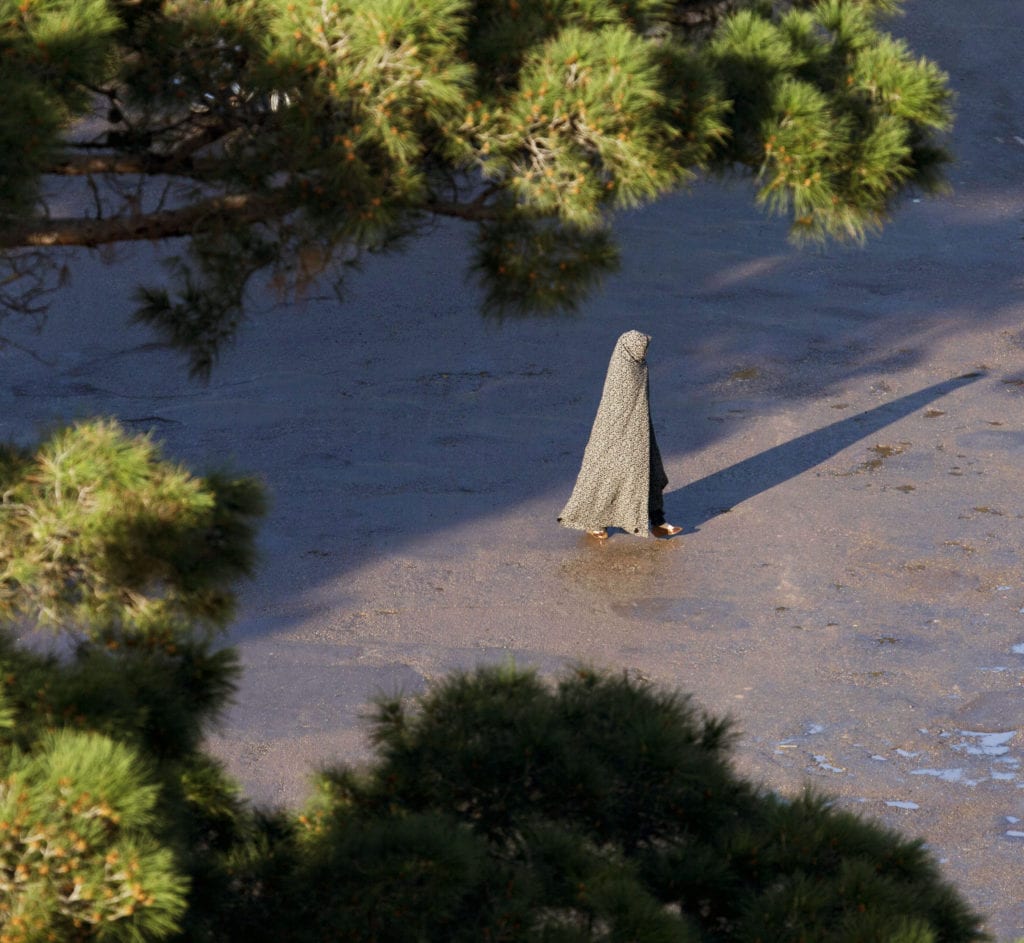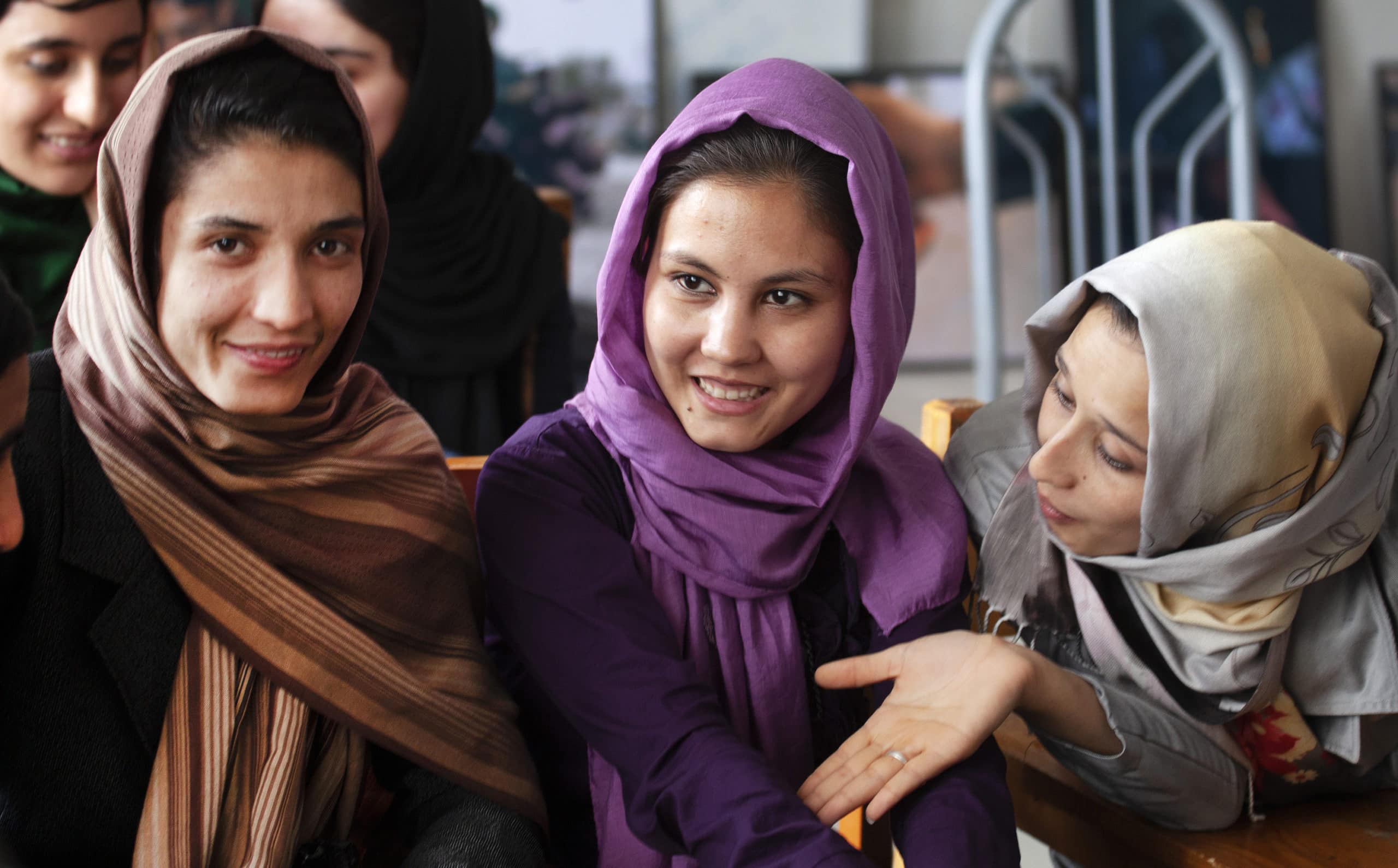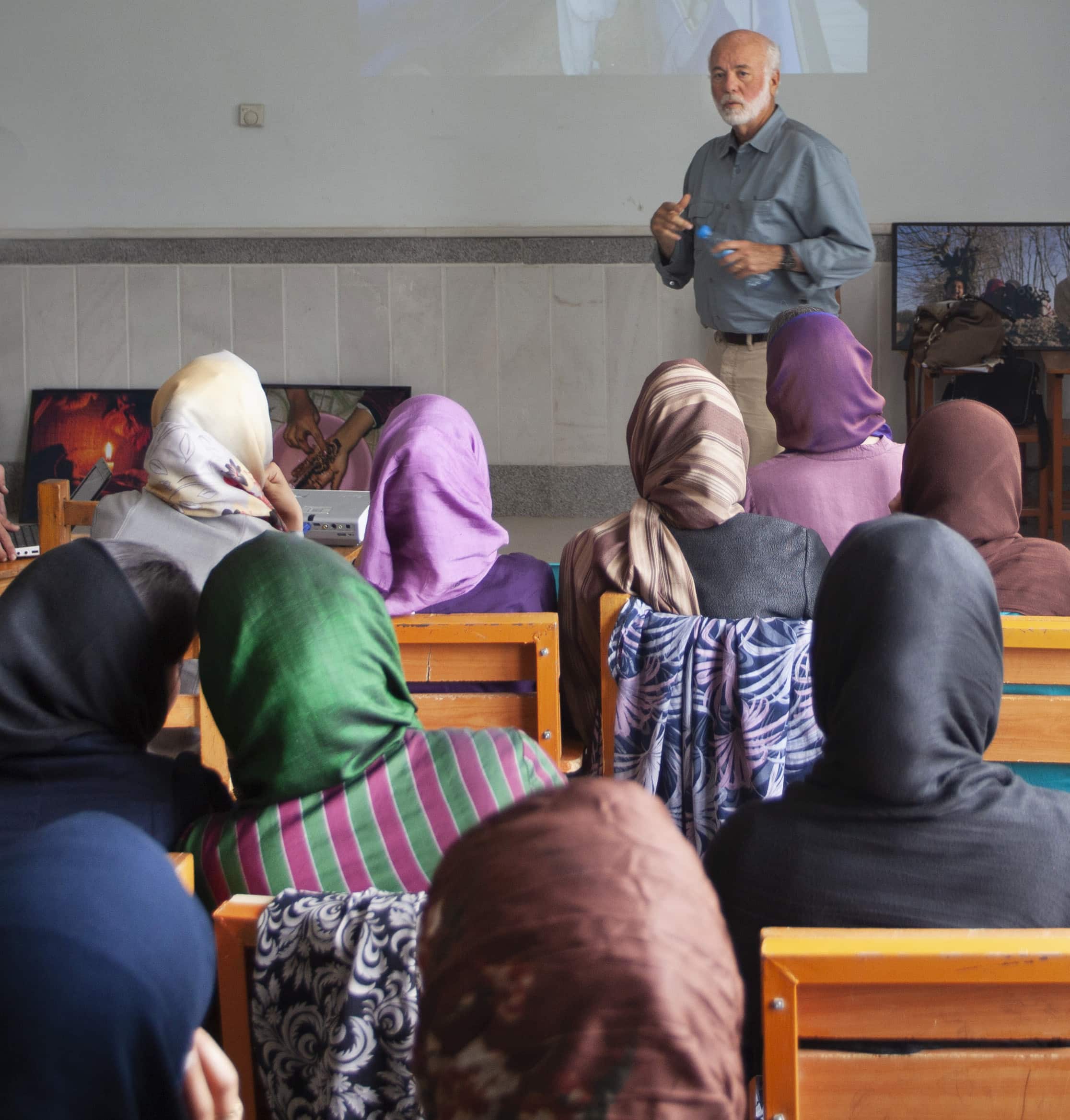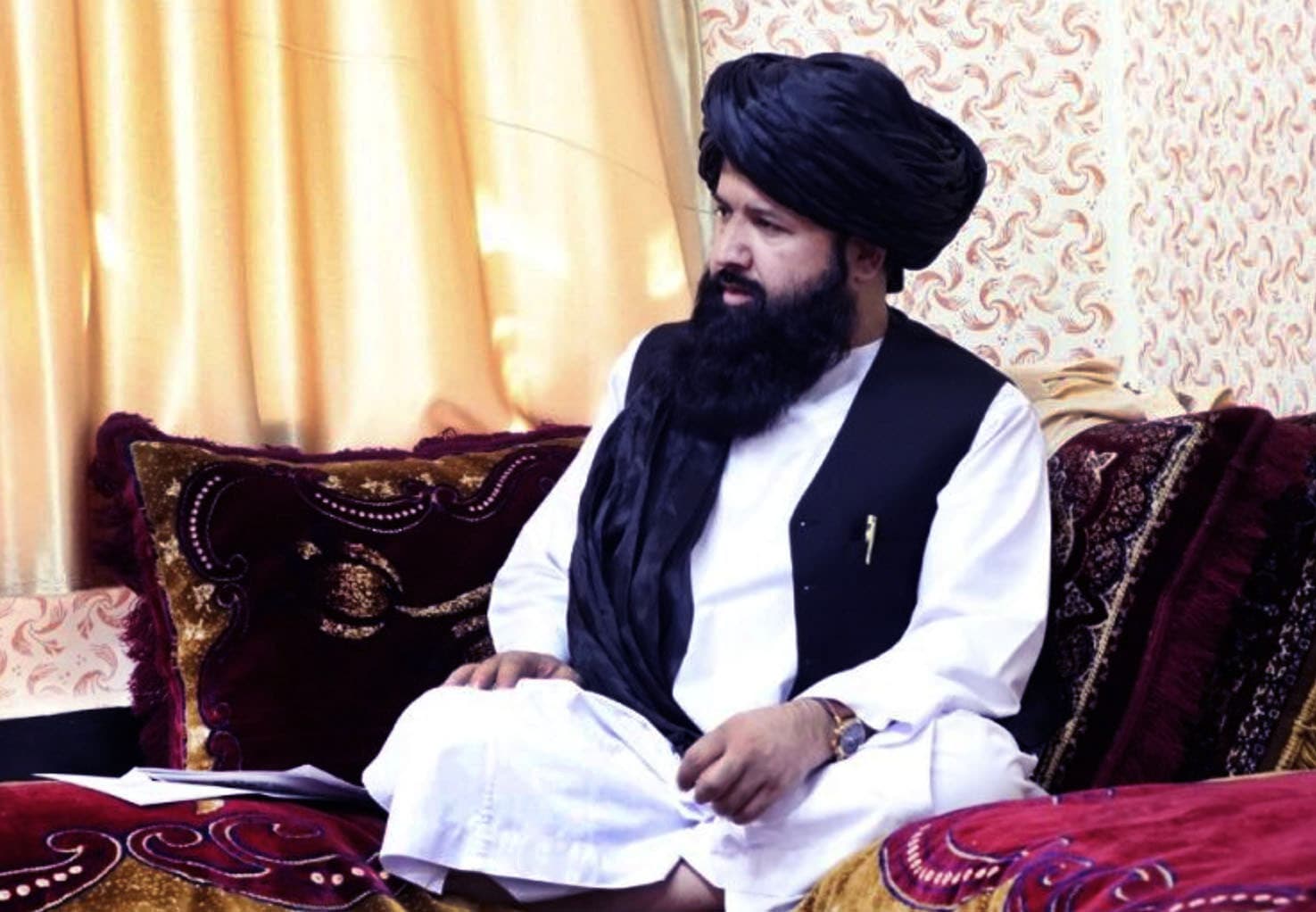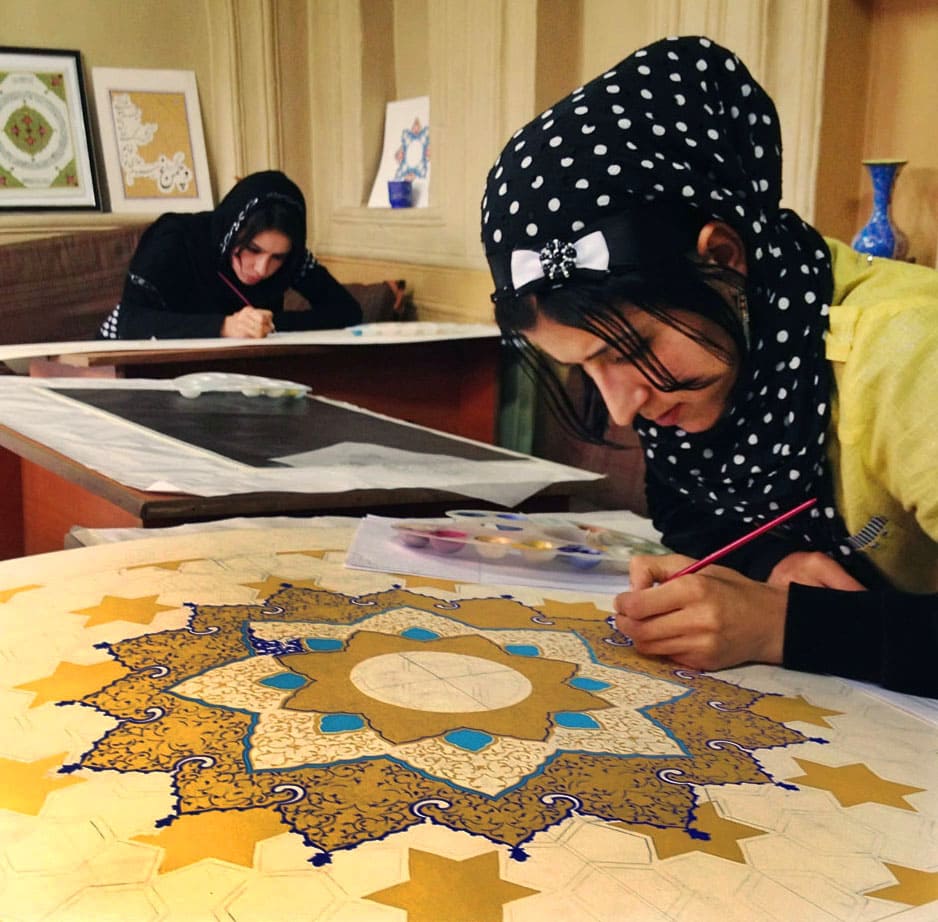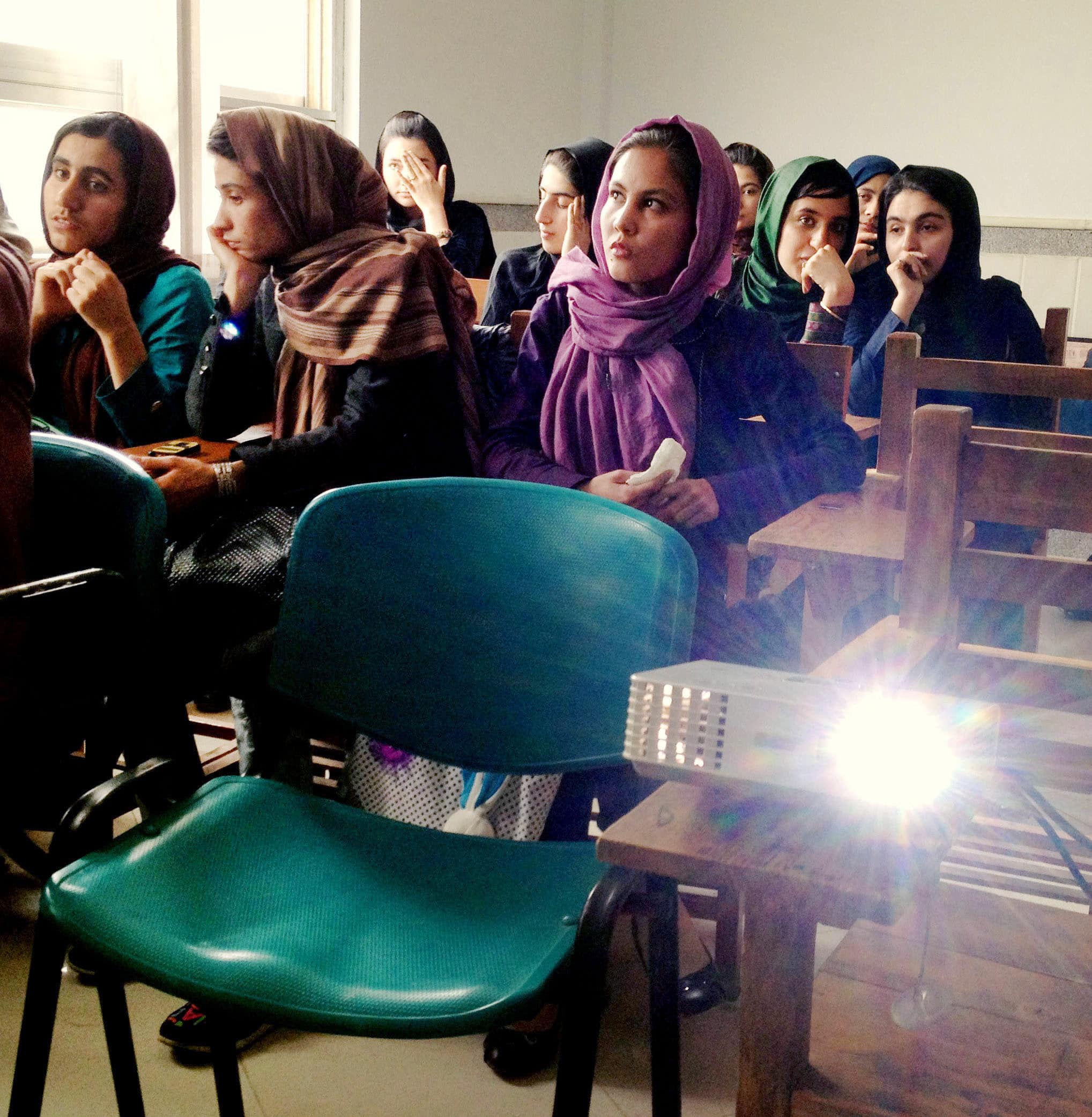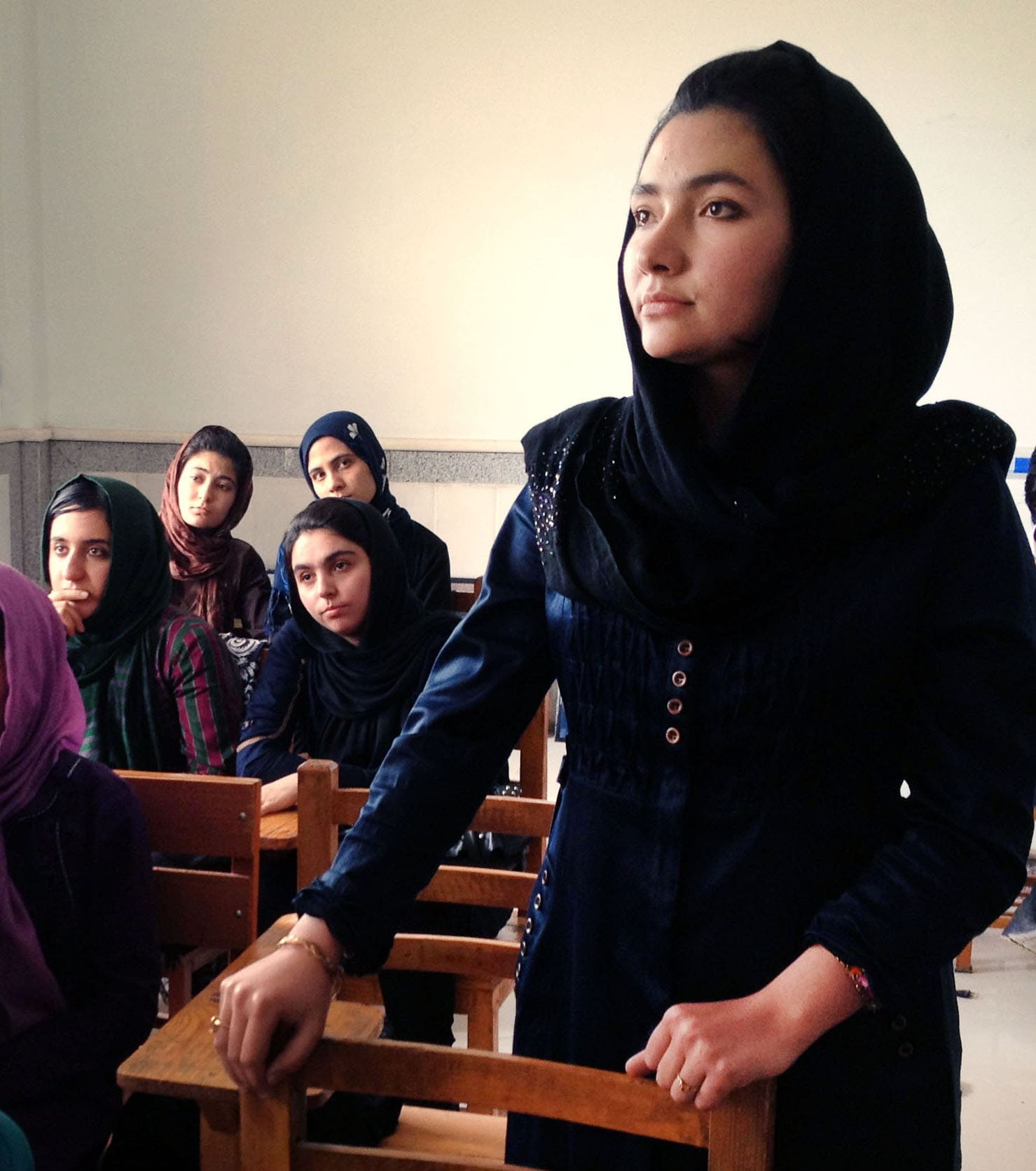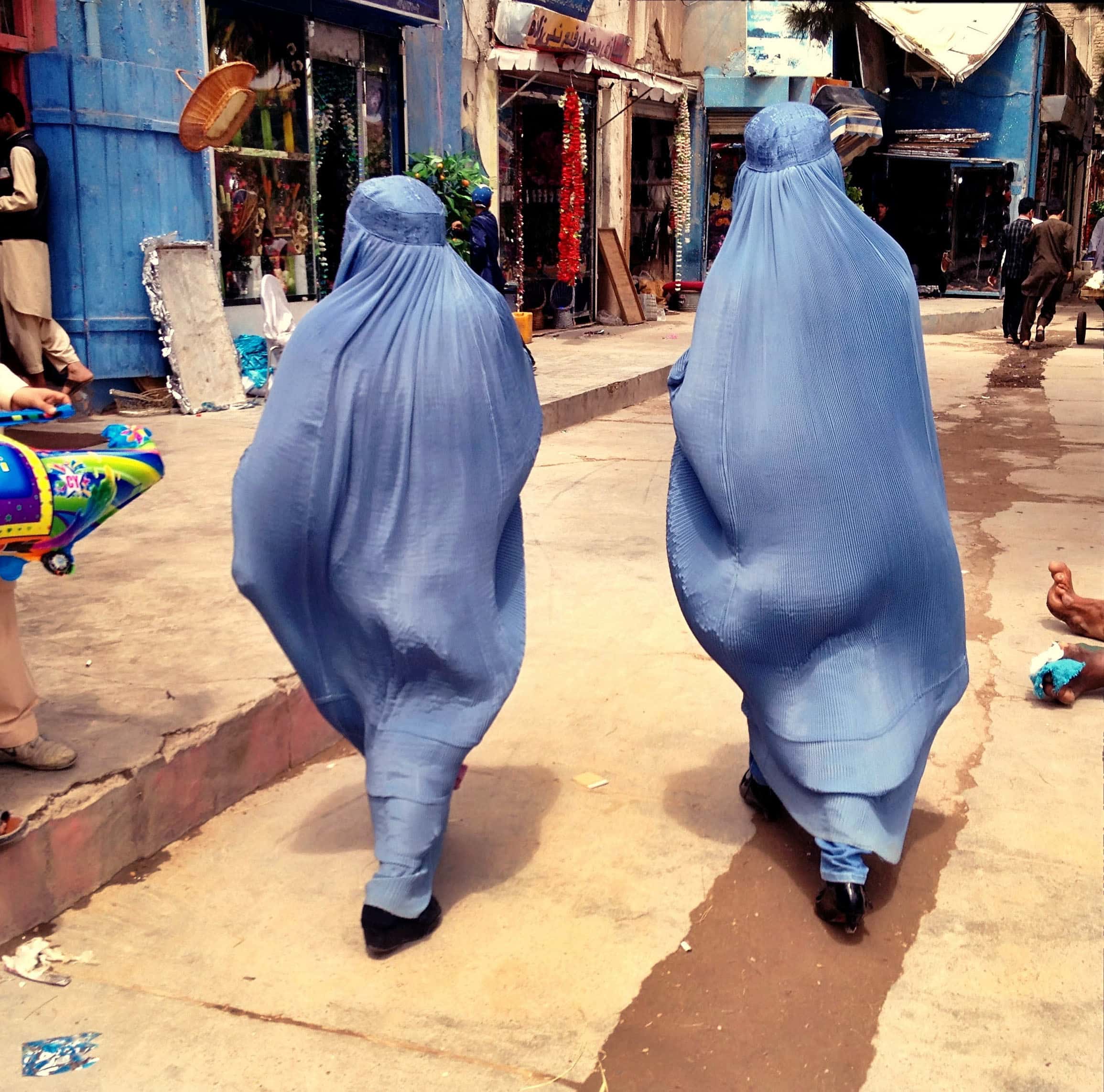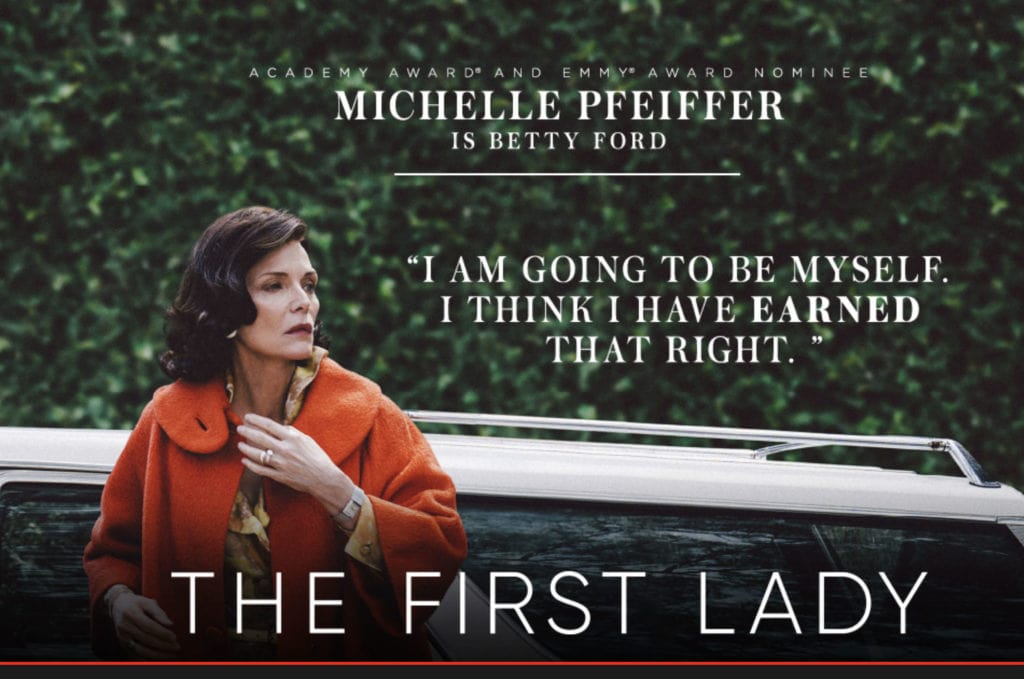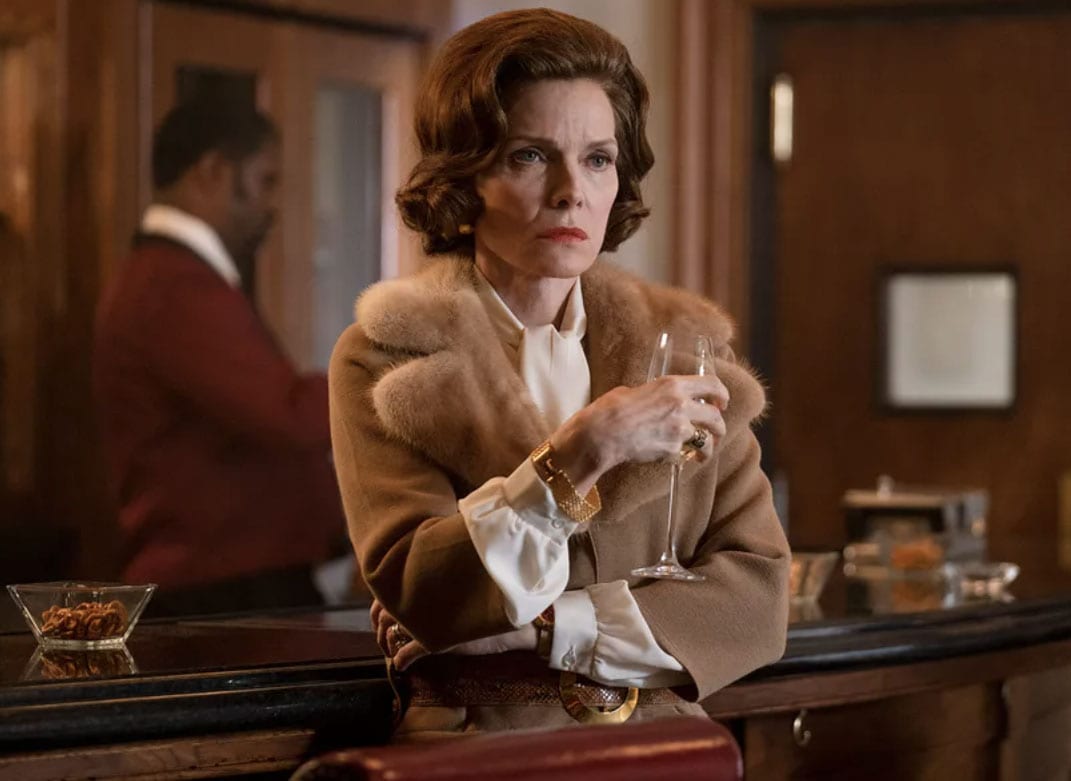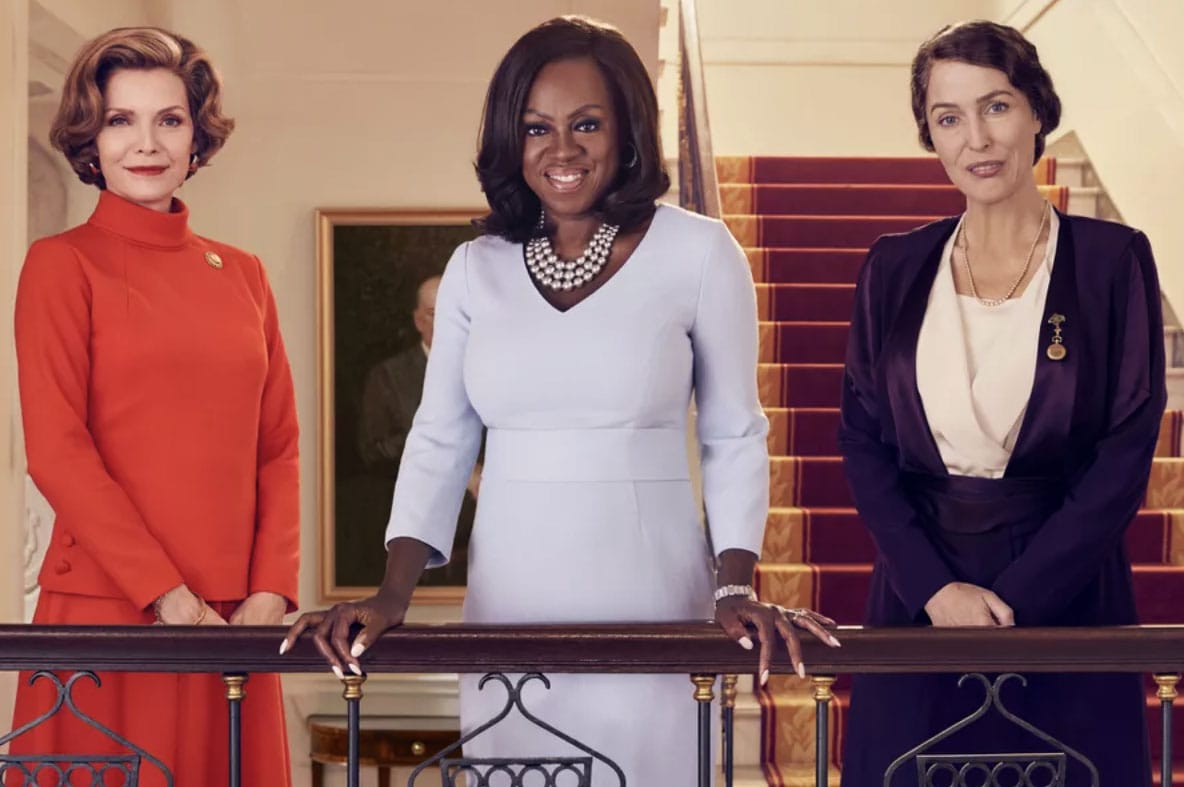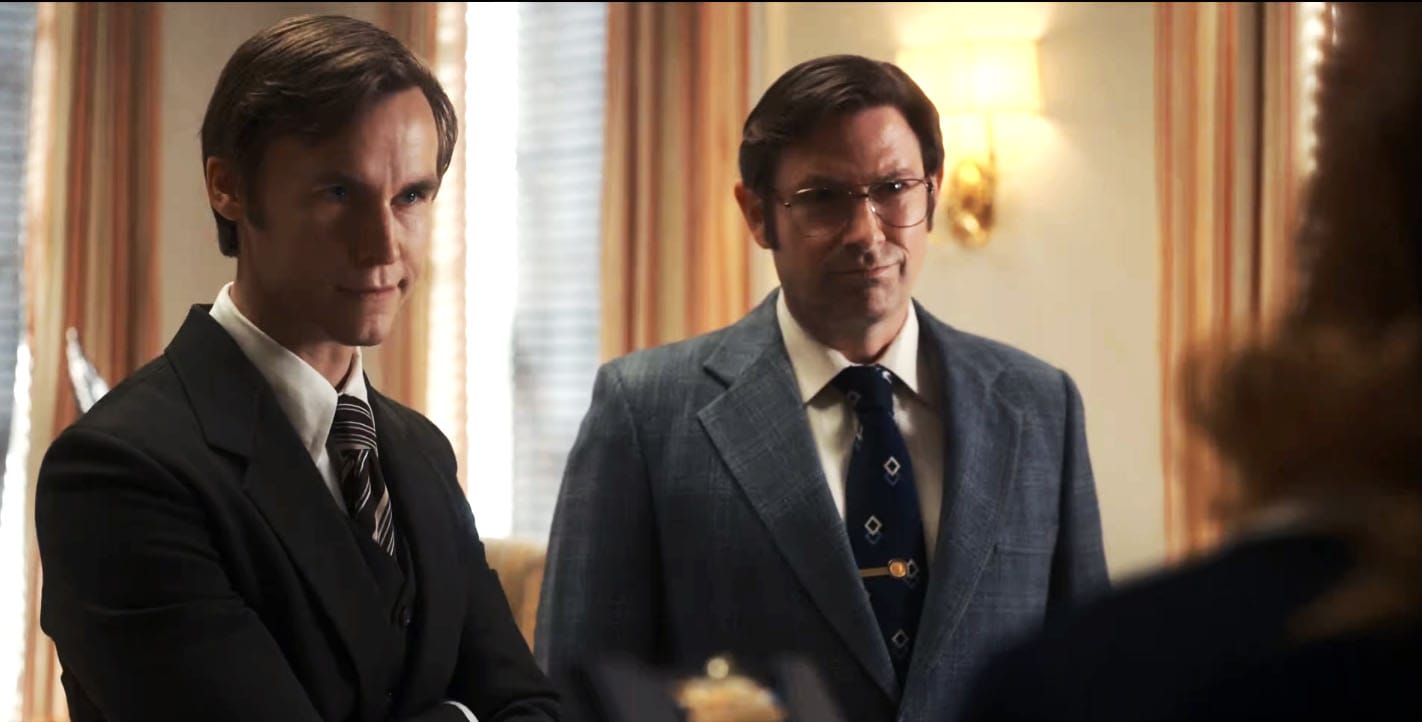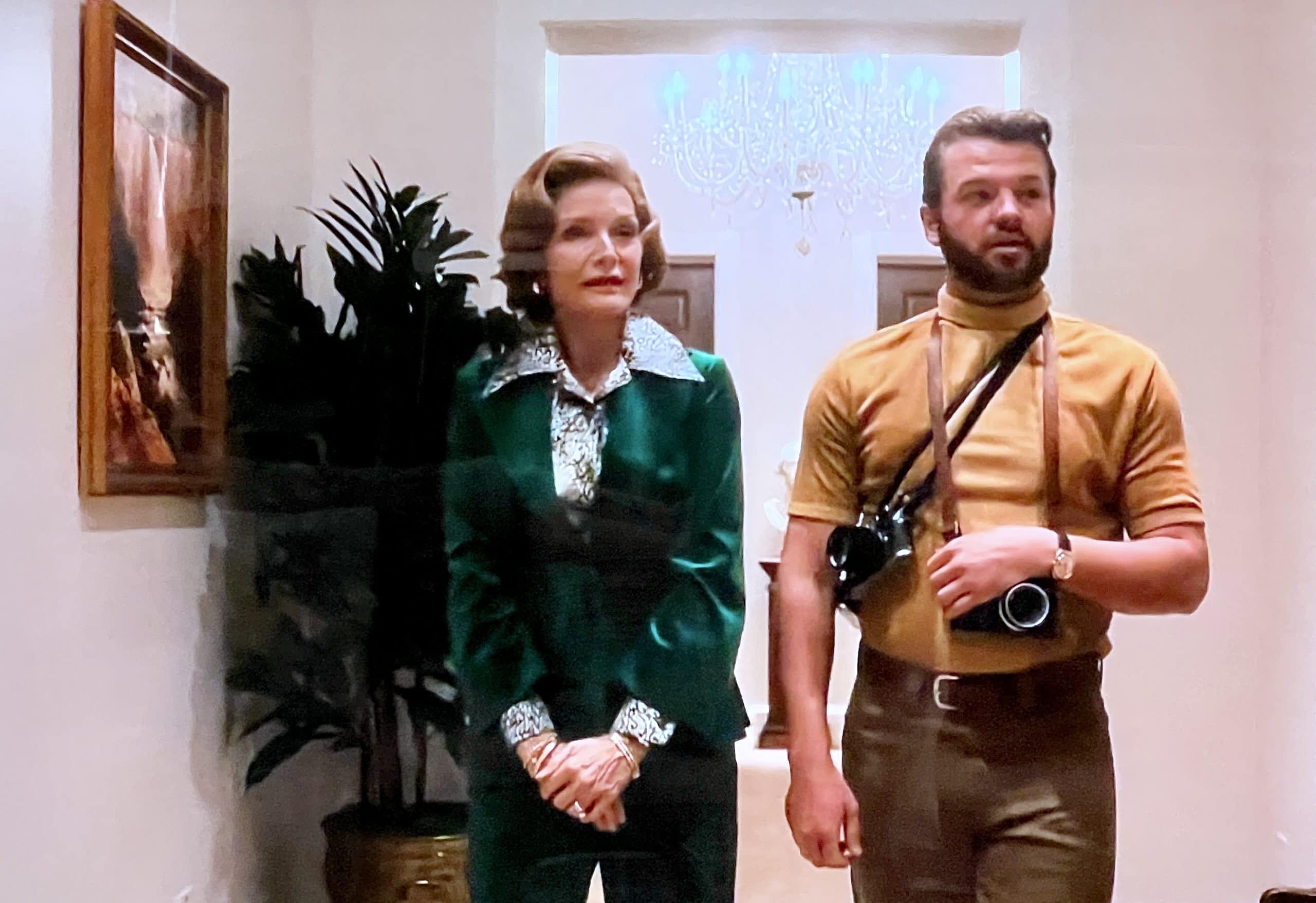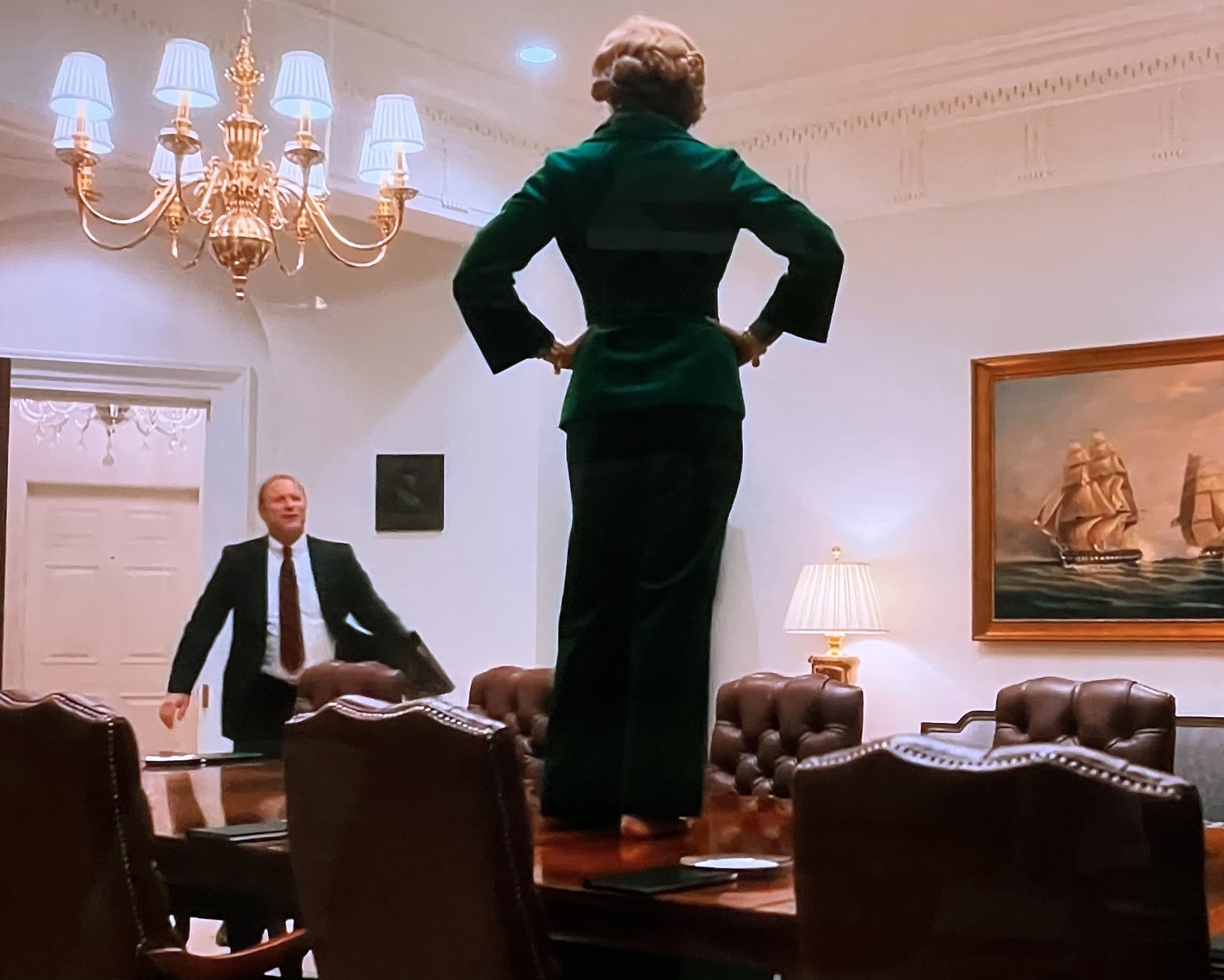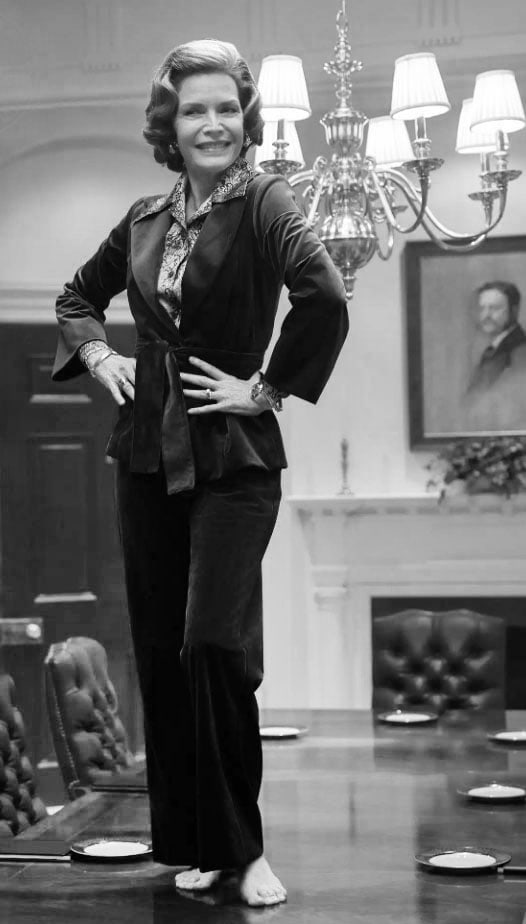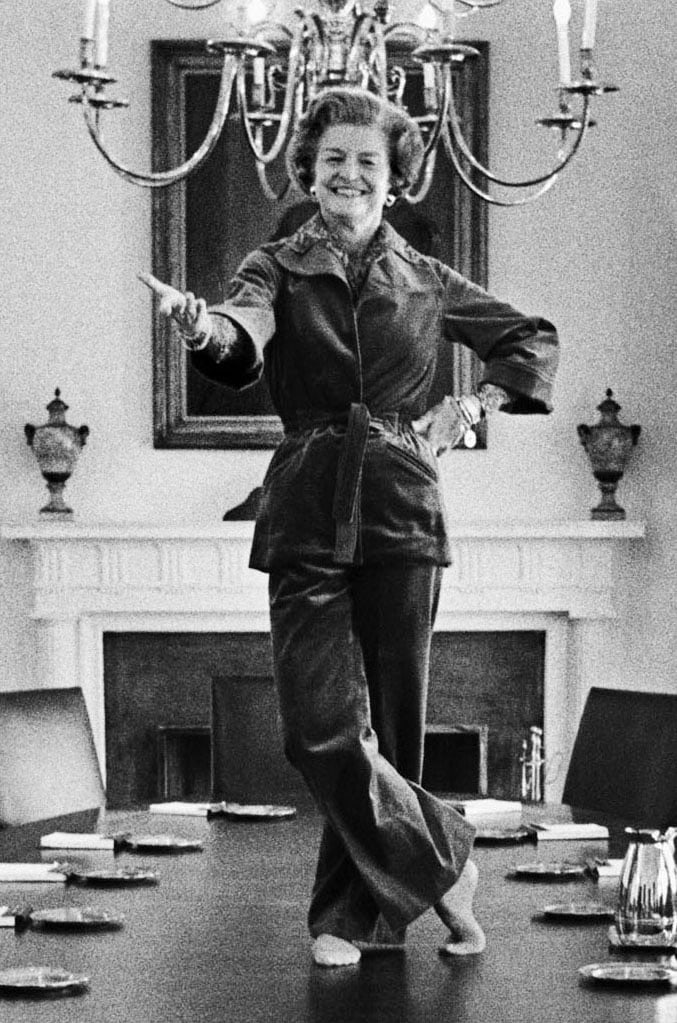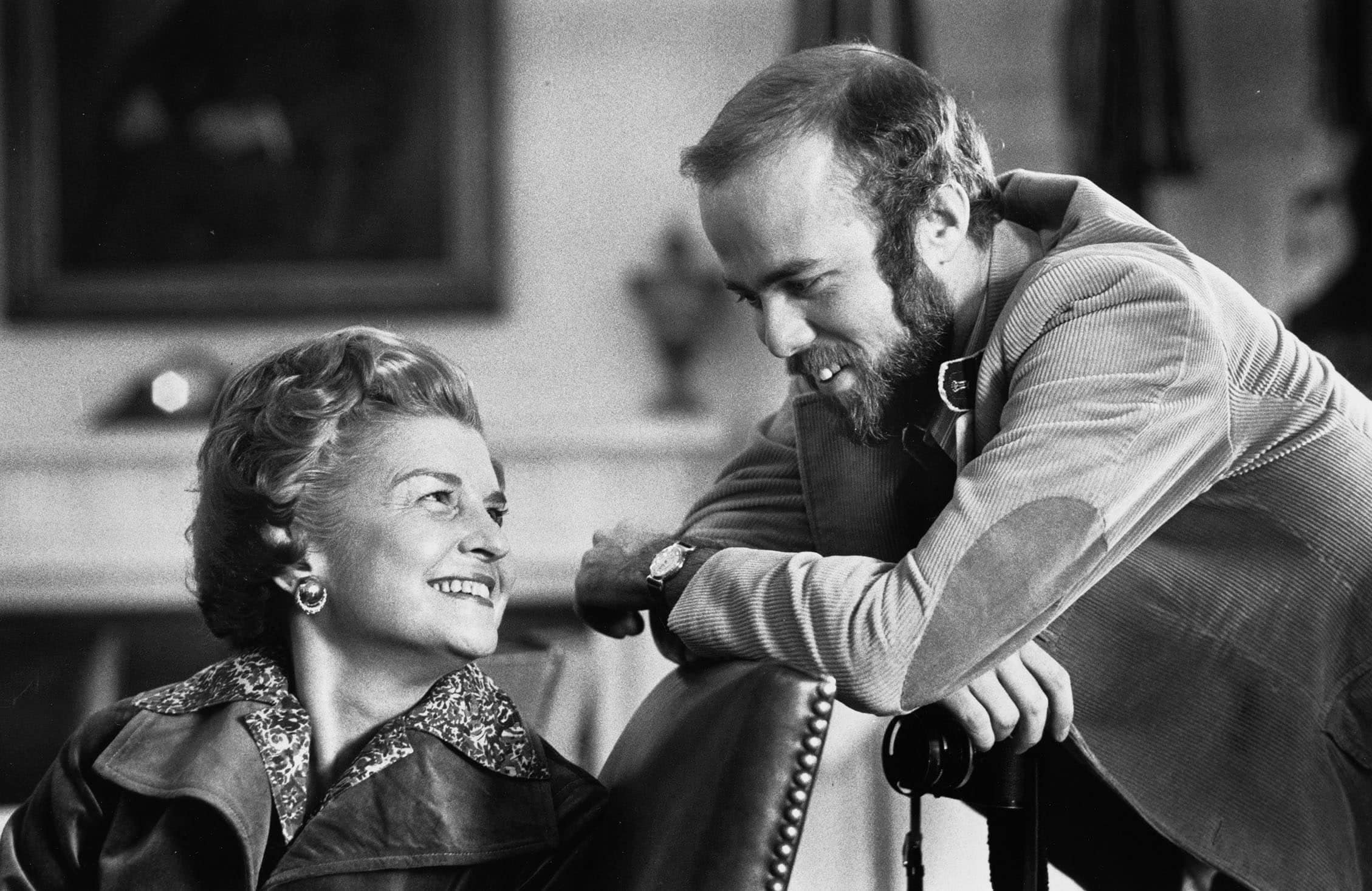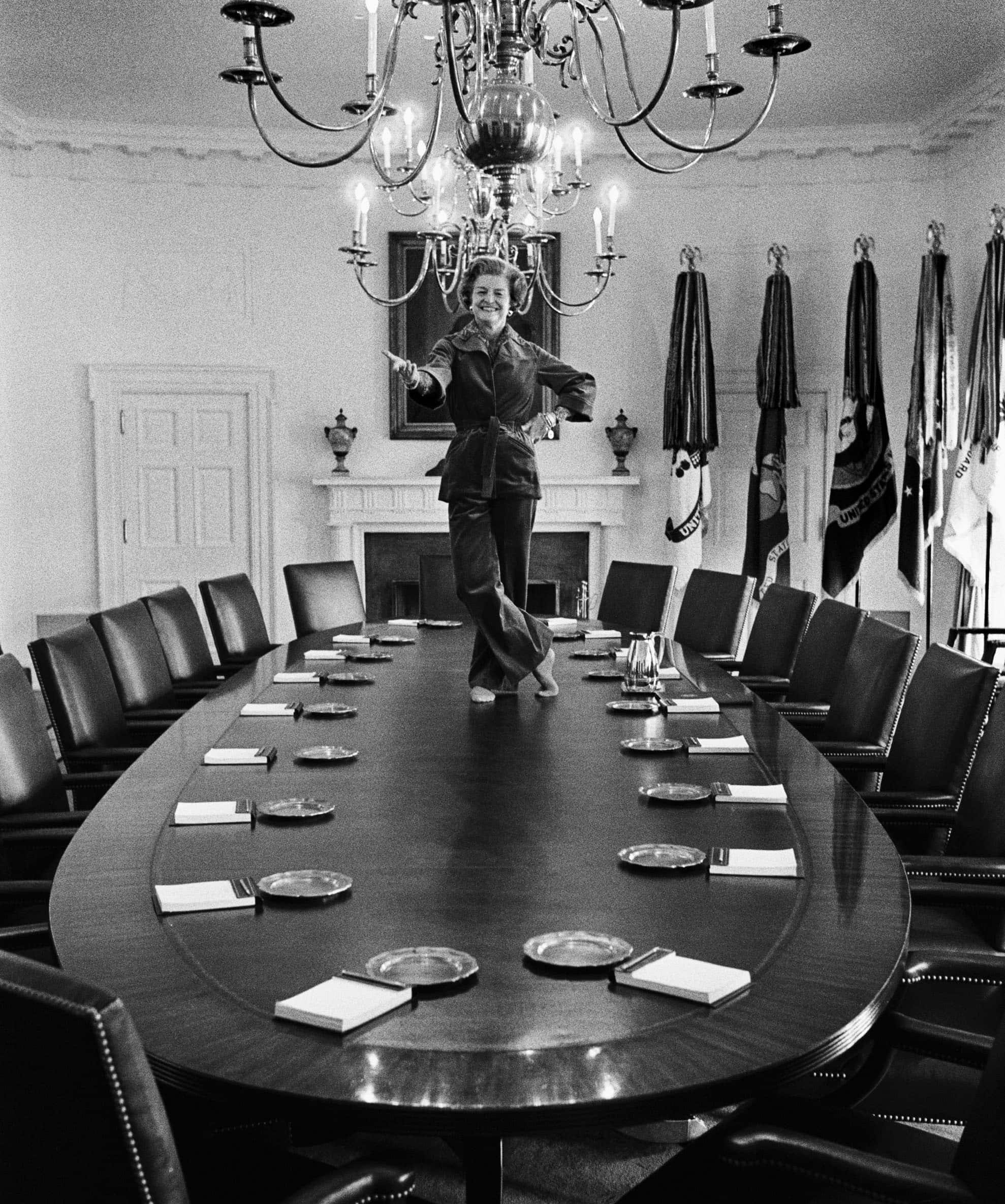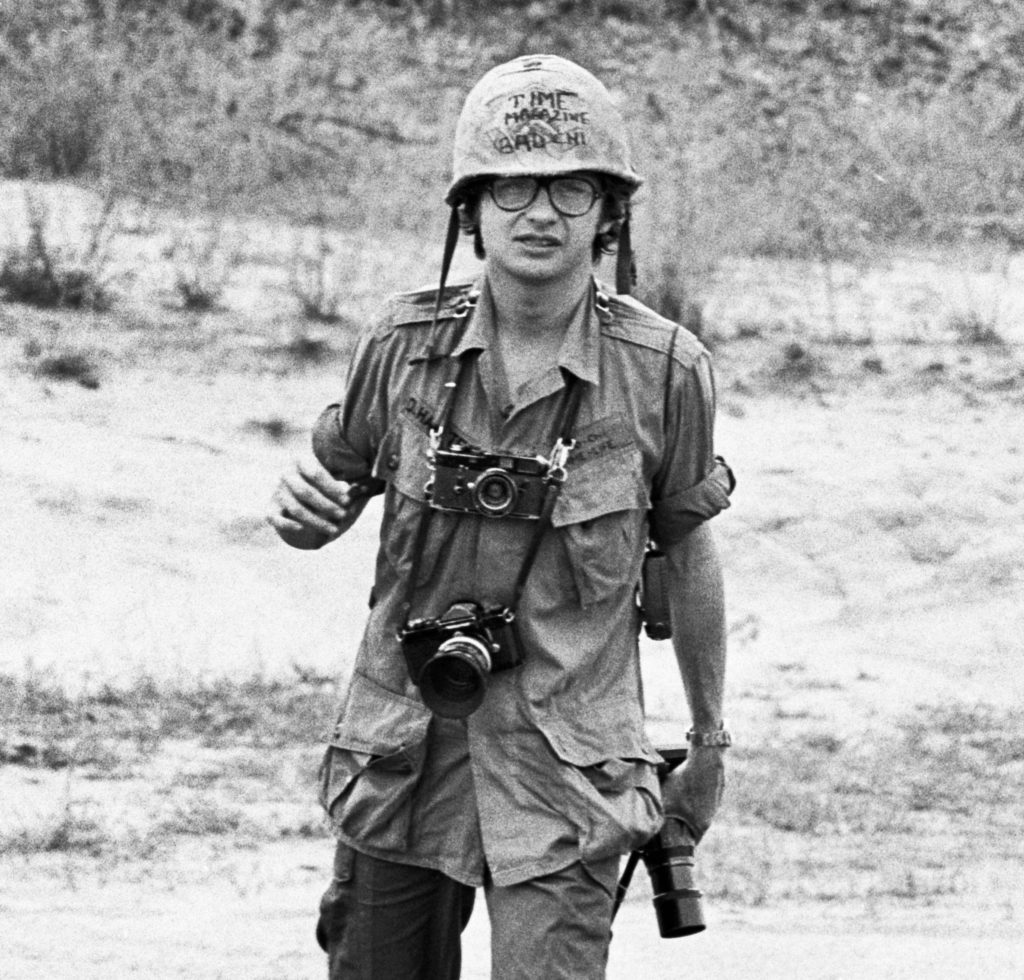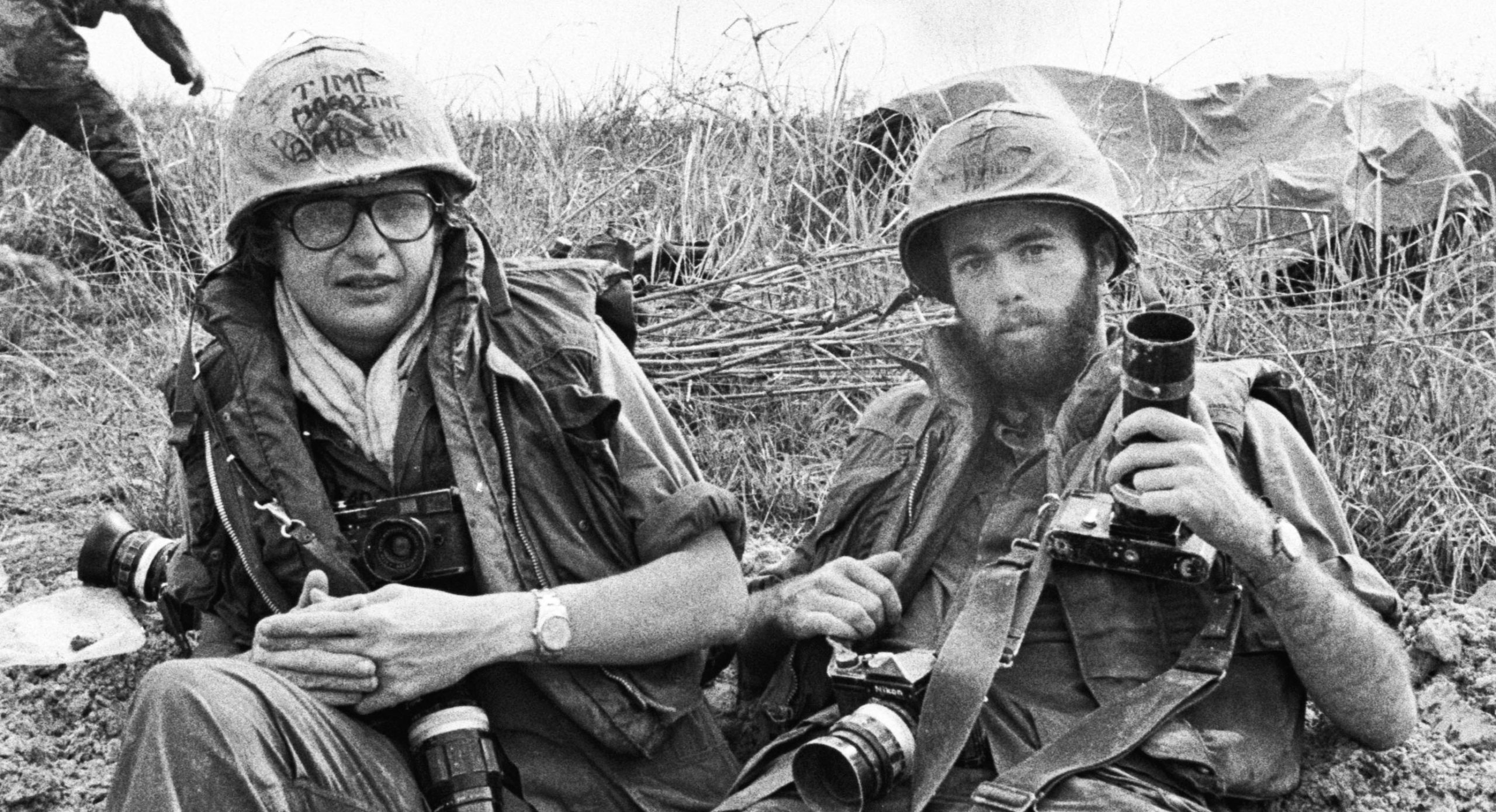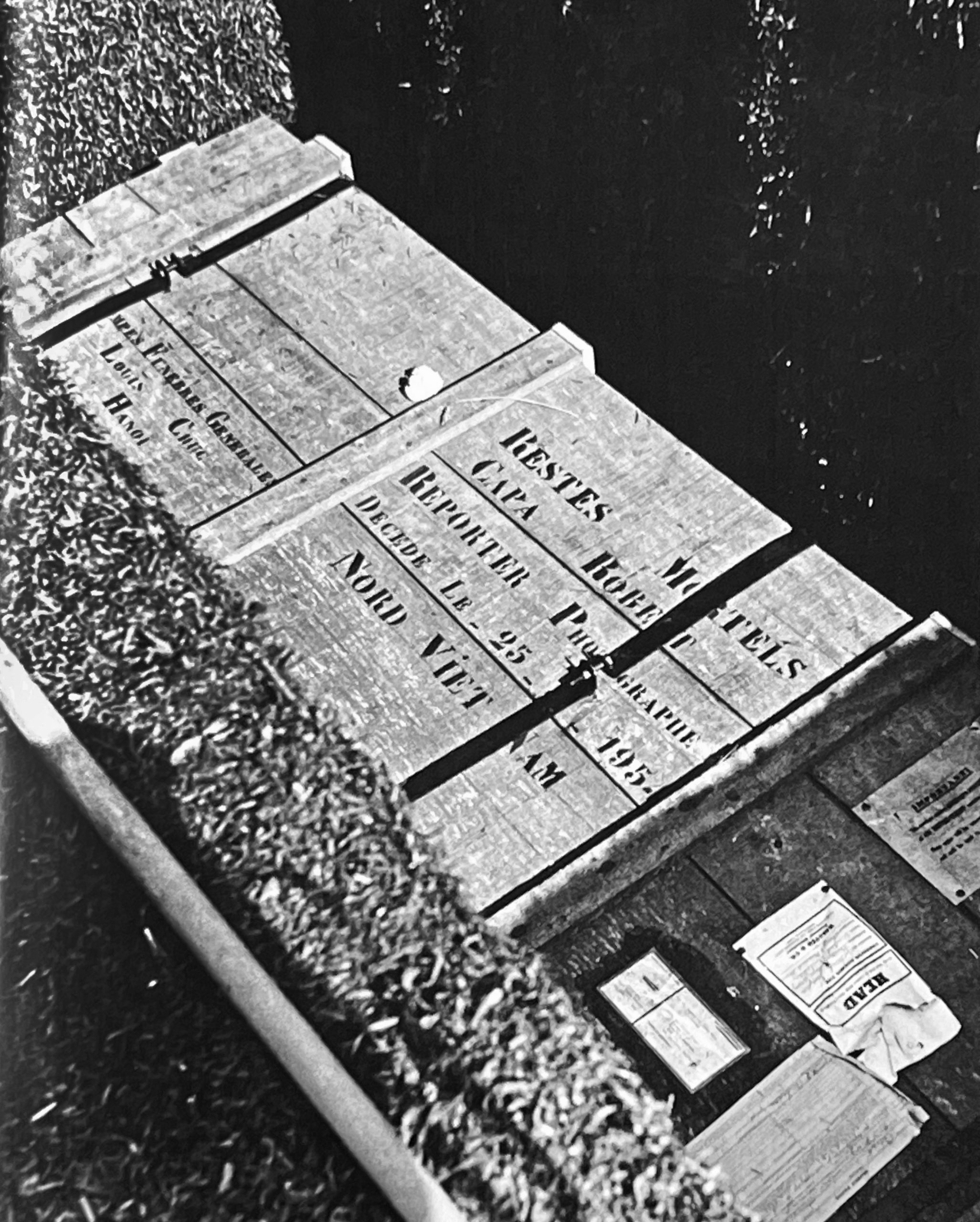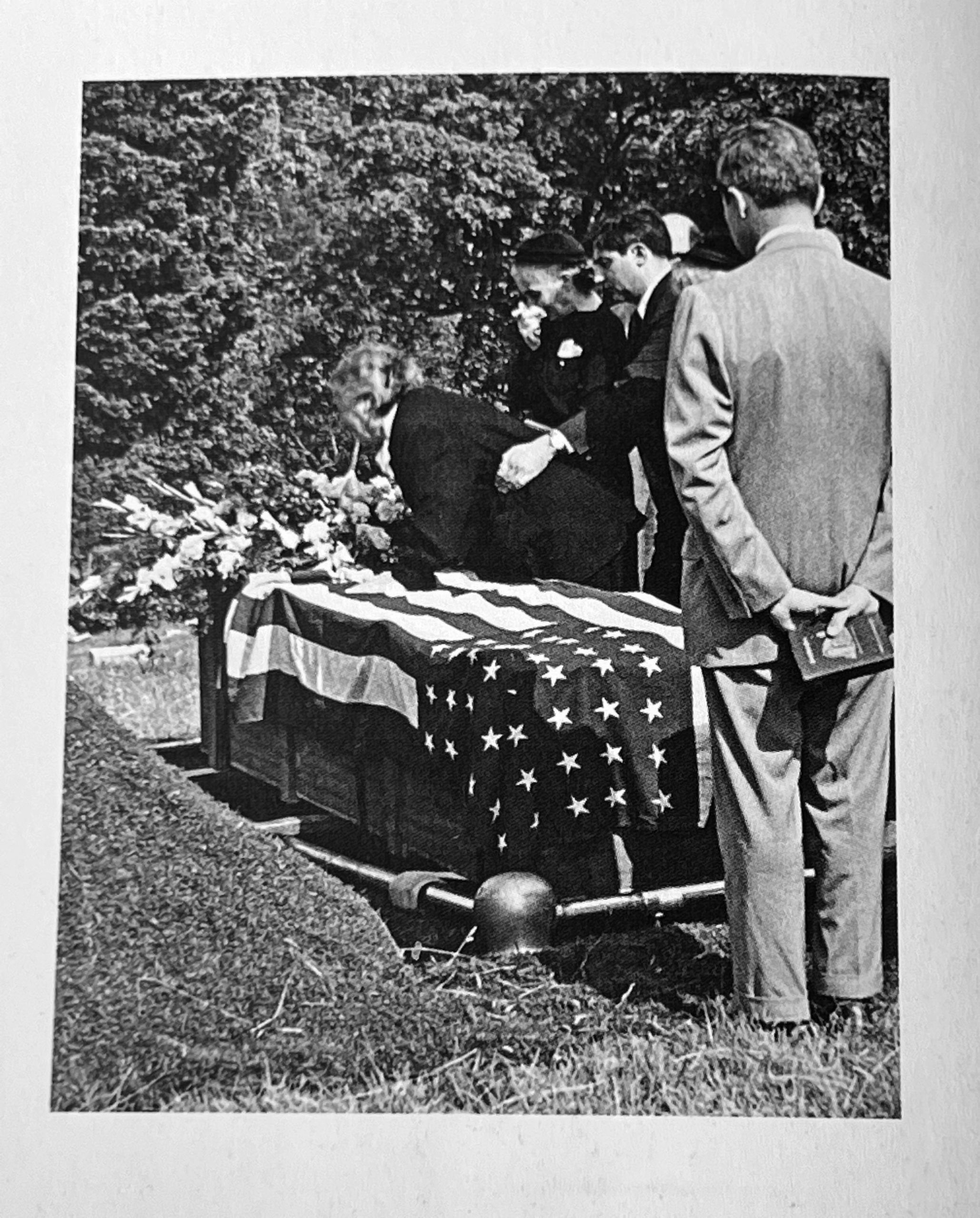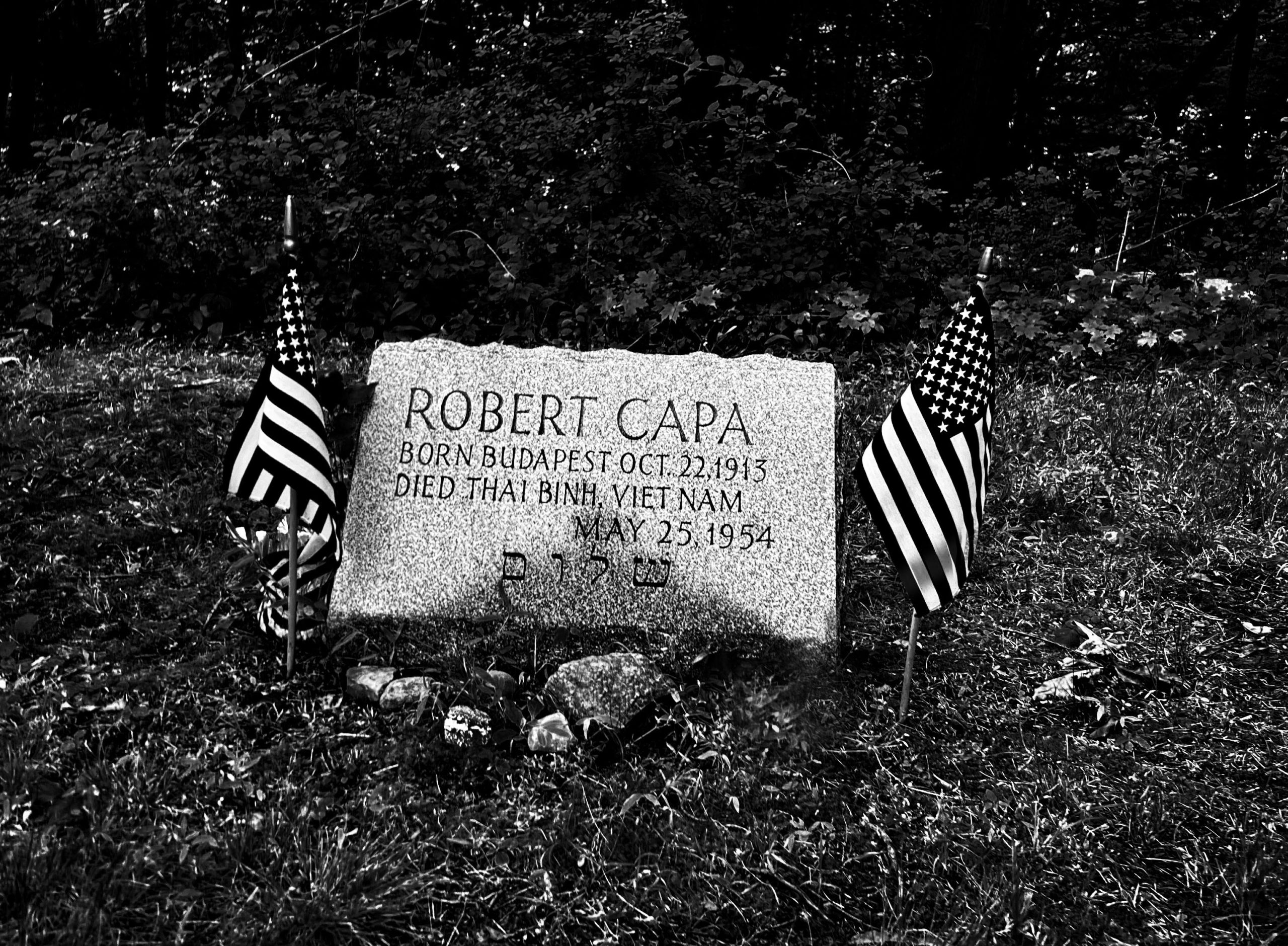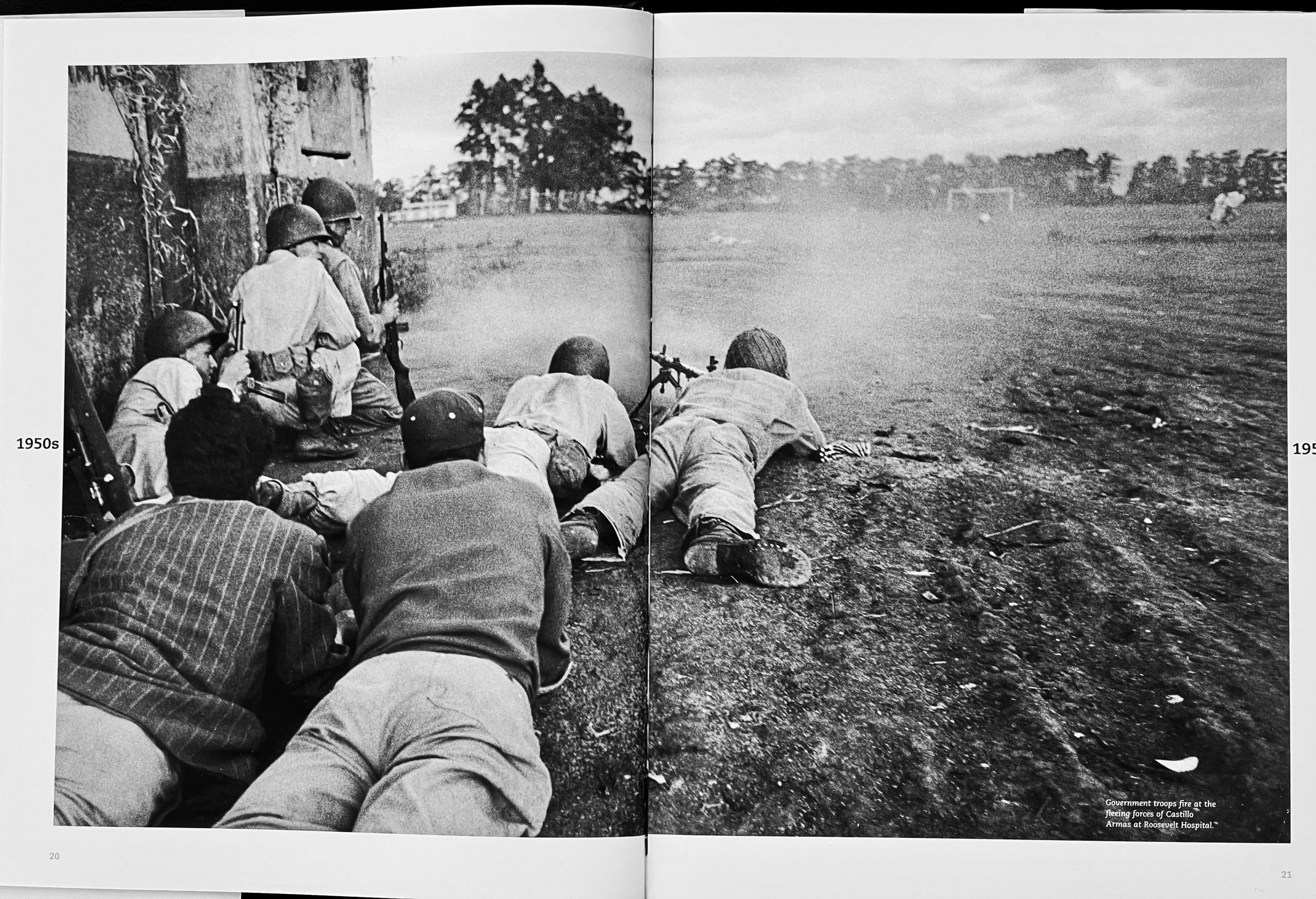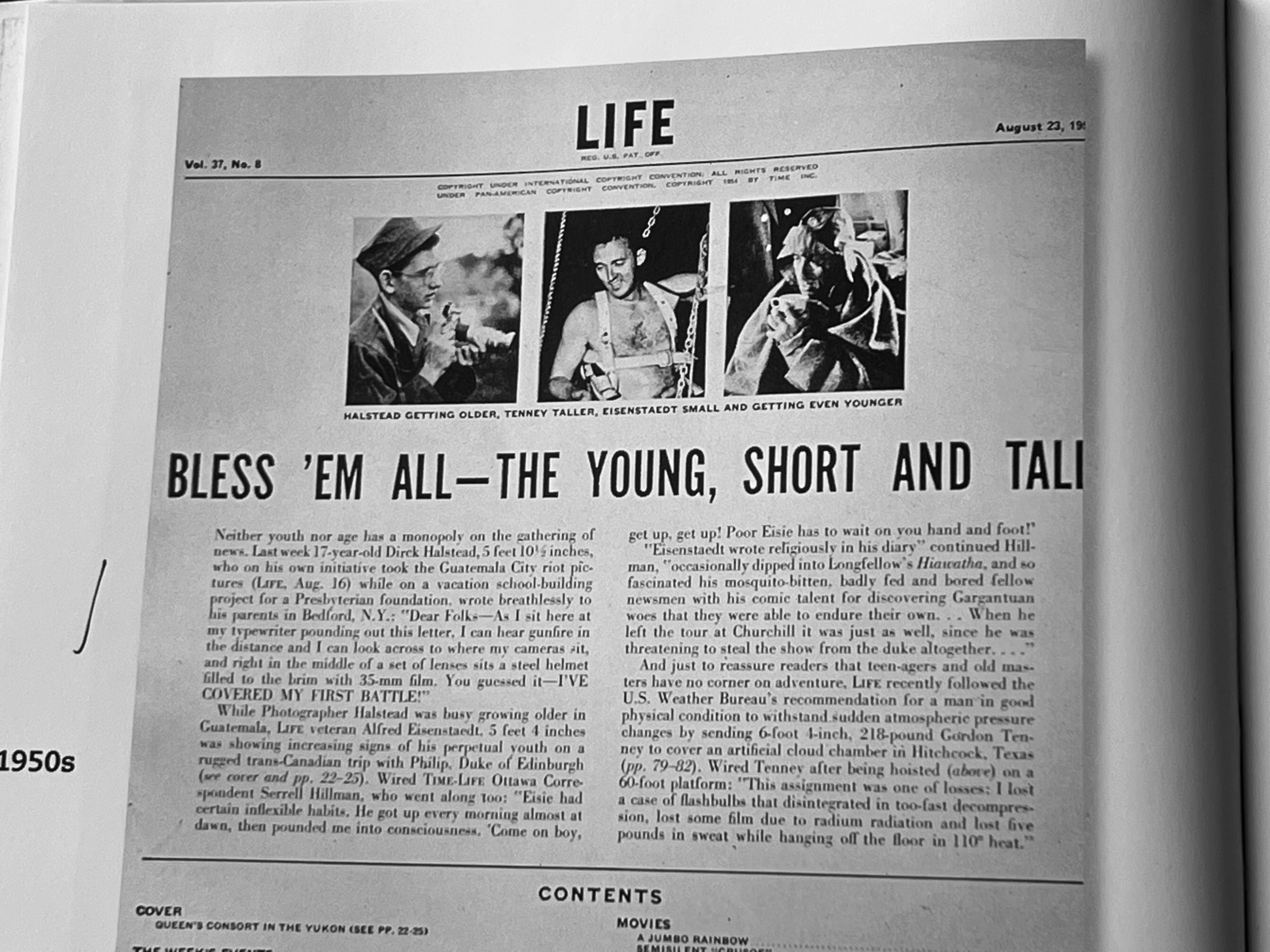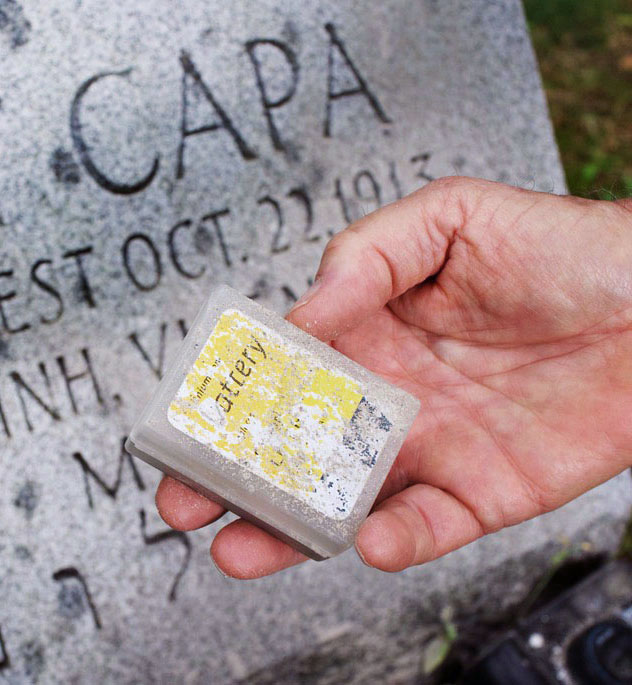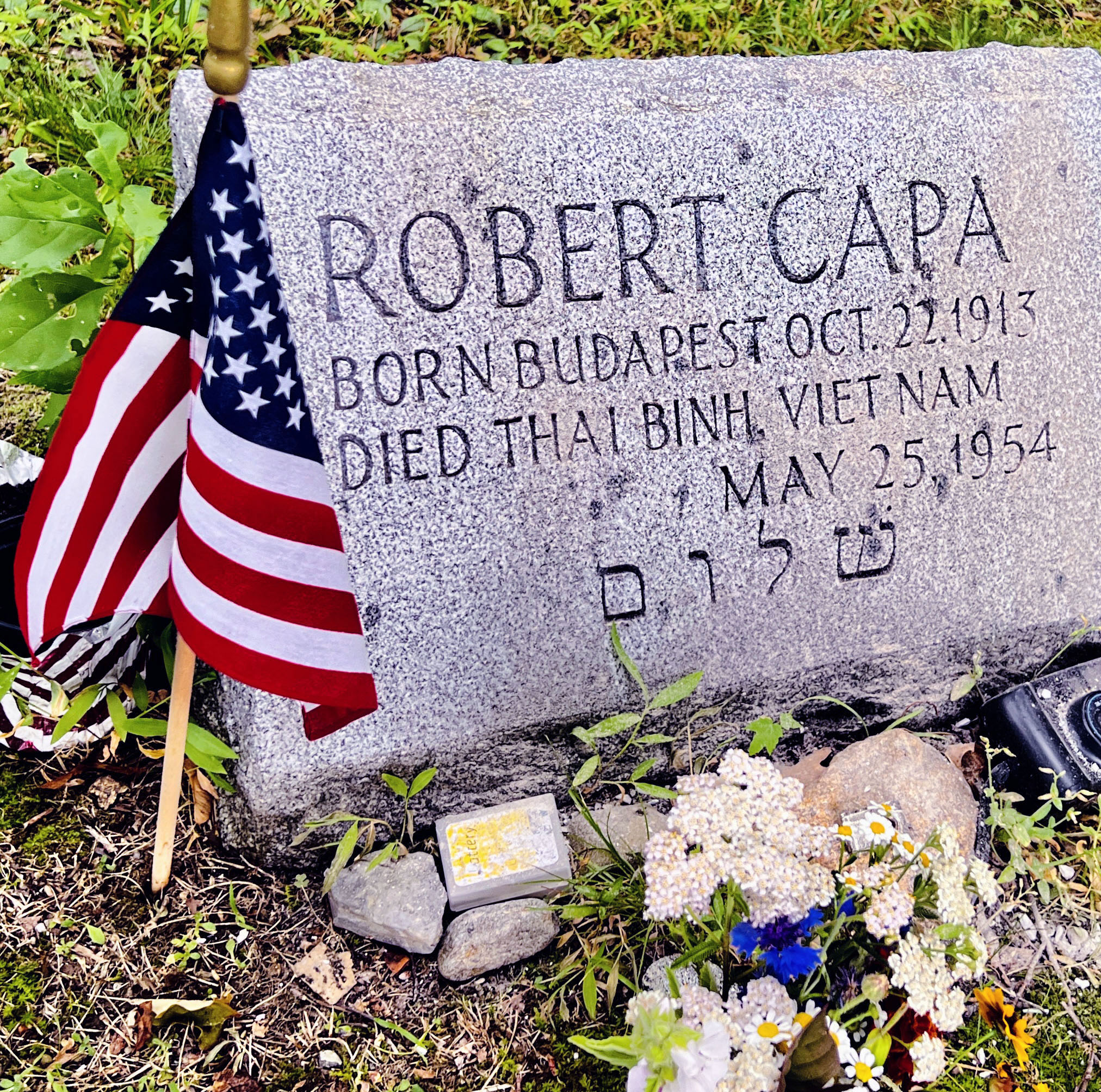Kennerly named a trustee of the Ansel Adams Publishing Rights Trust
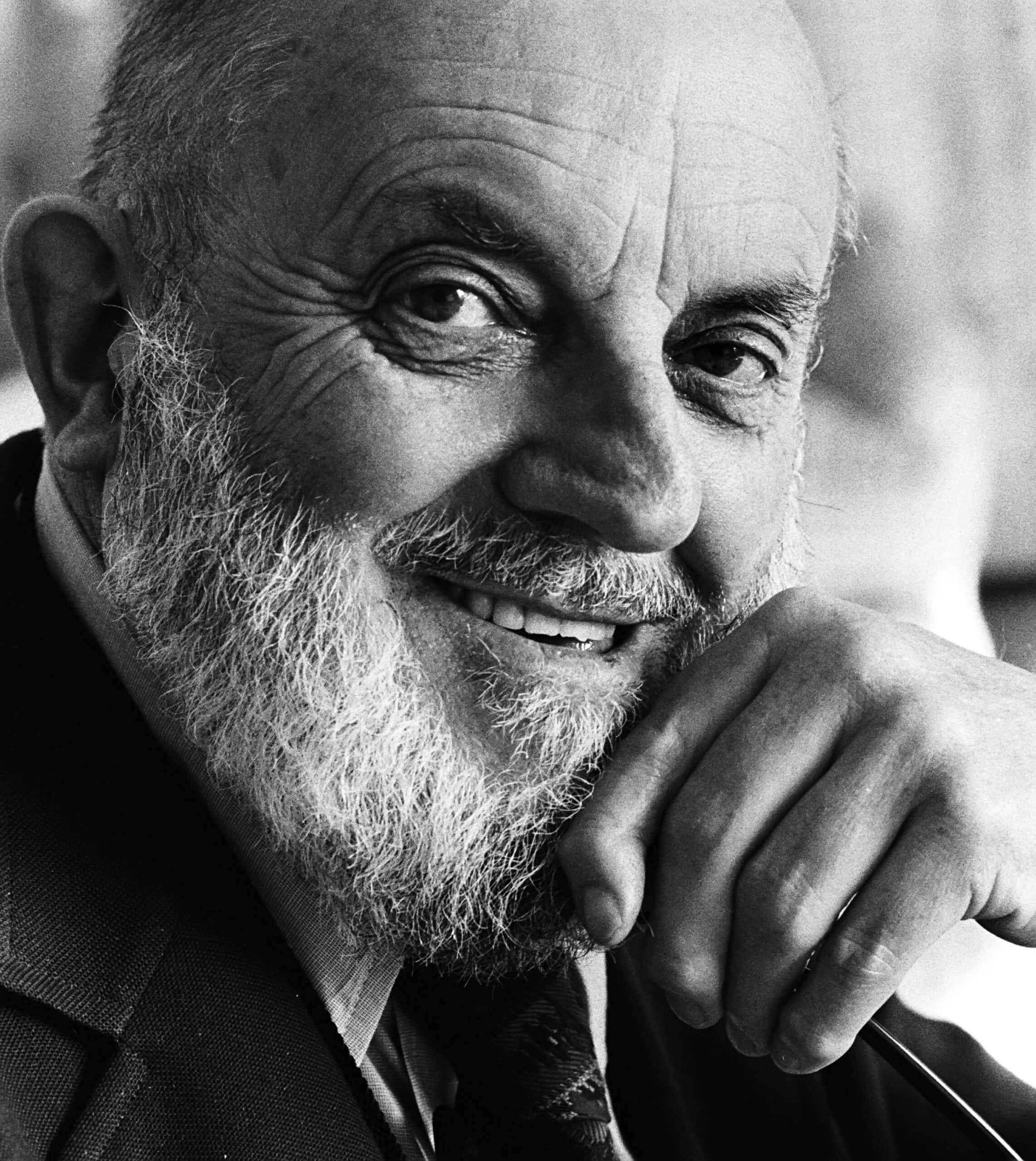
It’s my great honor to be named as the seventh trustee of the Ansel Adams Publishing Rights Trust that was founded by its first trustee Ansel Adams in1976. We are the keepers of the Ansel flame and defenders of his legacy and copyright. The following is the announcement of my appointment.
__________________________________________________________
The Ansel Adams Publishing Rights Trust (AAPRT) has named Pulitzer Prize winning photographer David Hume Kennerly as a trustee.
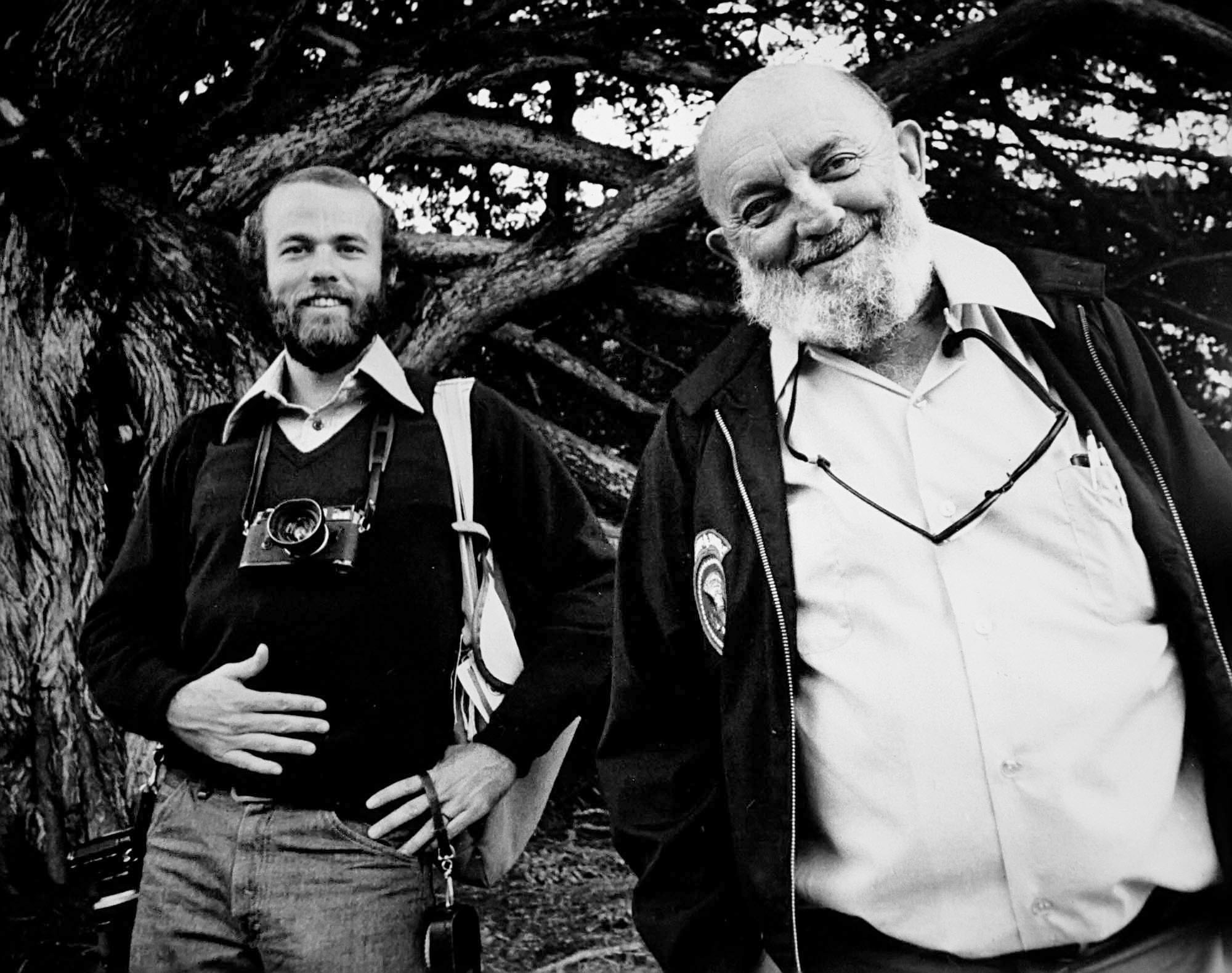
The AAPRT is charged with preserving the legacy of legendary photographer Ansel Adams. He will join Dr. John P. Schaefer, President Emeritus of the University of Arizona, and managing trustee Claudia Rice. Kennerly will succeed outgoing trustee, David H. Vena who was Ansel’s former attorney, and held the position since the AAPRT’s inception in 1976. Vena is the last of Ansel’s original trustees. Kennerly is only the seventh trustee in 48 years, Ansel was the first.
Dr. Schaefer said, "David and Ansel were close friends and shared the vision of photography being a vital art form and critical medium of communication. We are pleased to have the opportunity to work together and promote the vision that defined Ansel's commitment to photography and the environment.”
Ms. Rice commented, “David Kennerly is an inspired choice to help the Trust navigate its next chapter. He has accepted this role with characteristically ‘Anselian’ humor, energy and enthusiasm. We are delighted to have him on board.”
“Ansel was a guy who did serious work but didn’t take himself that seriously.” Kennerly said. “I look forward to carrying my friend Ansel’s flag into the future. I can still hear his hearty, fun-filled voice on the other end of the phone when he called, ‘Hey man! How are you? When are you coming out to Carmel? What pictures have you made lately to change the world?’ I loved the guy.”
Kennerly has been a photographer on the front lines of history for almost 60 years. At 25 he was one of the youngest winners of the Pulitzer Prize in Journalism. Kennerly’s 1972 award for Feature Photography included images of the Vietnam and Cambodia wars and the Ali-Frazier “Fight of the Century.” Two years later Kennerly was appointed by President Gerald R. Ford as his chief White House photographer, the third civilian to hold that position. He has photographed eleven American presidents, served as a contributing editor for Newsweek and a contributing photographer for Time & Life Magazines. American Photo Magazine named Kennerly “One of the 100 Most Important People in Photography.”
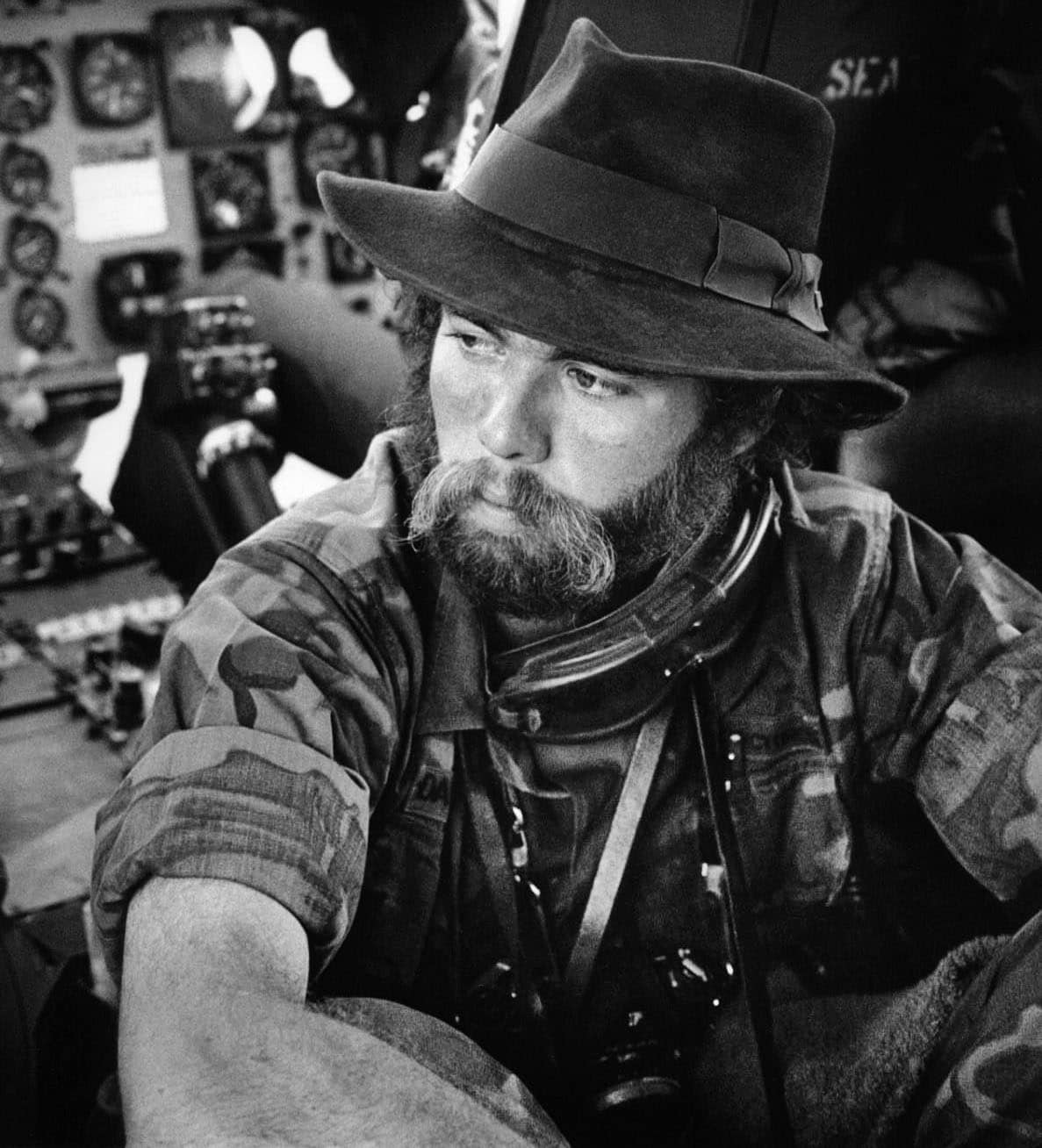
Kennerly authored six books, Shooter, Photo Op, Seinoff: The Final Days of Seinfeld, Photo du Jour, Extraordinary Circumstances: The Presidency of Gerald R. Ford, and David Hume Kennerly On the iPhone. He was a producer and a principal photographer of Barack Obama: The Official Inaugural Book.
Kennerly wrote and executive produced Shooter (with Steve Kline), a movie for NBC based on his Vietnam combat photographer days. Shooter won an Emmy Award for best cinematography. He was also nominated for an Emmy for Best Television Movie for executive producing, (with Jim Calio), also for NBC, The Taking of Flight 847: The Uli Derickson Story.
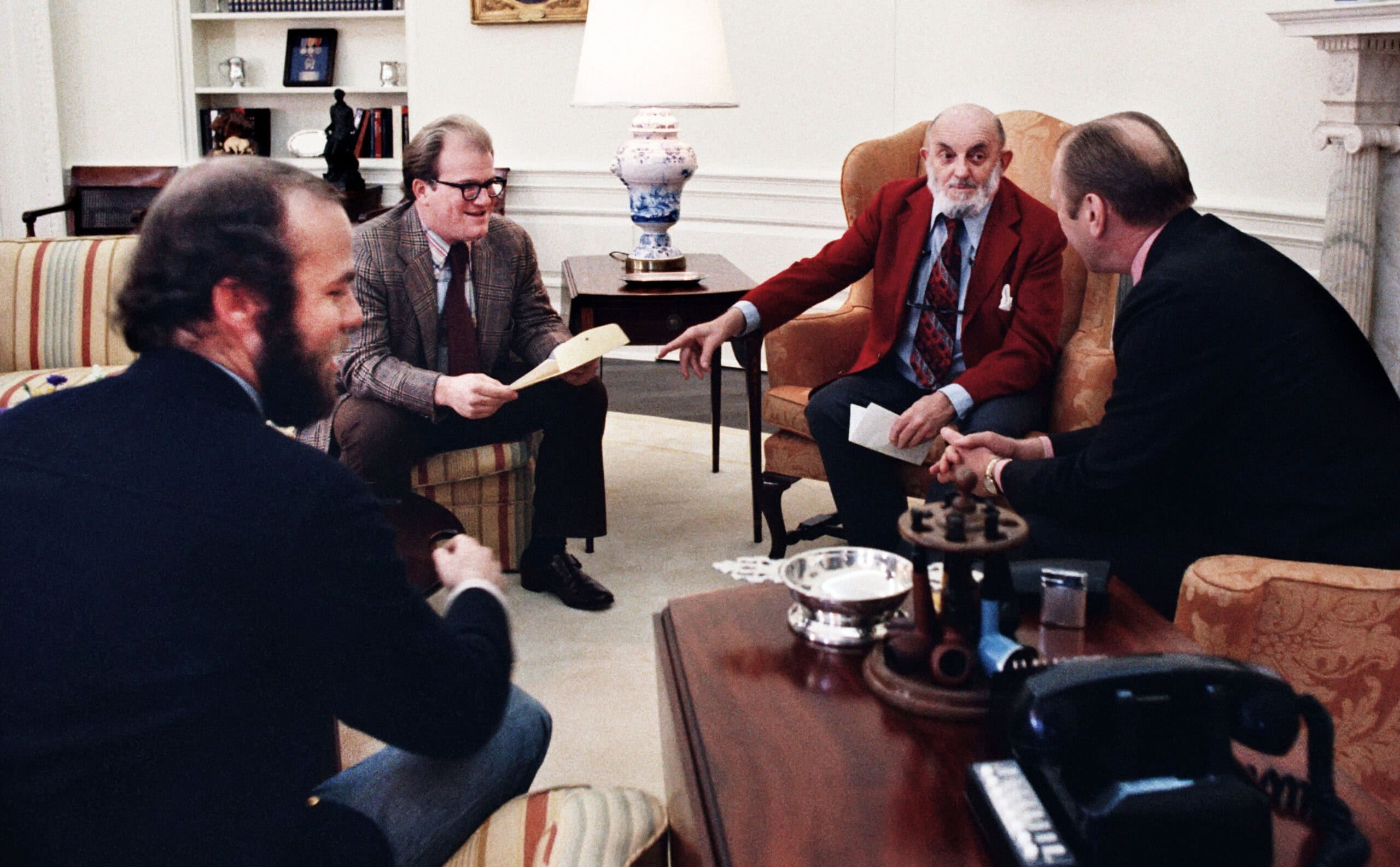
Ansel and Kennerly first met in 1975 when the young presidential photographer invited him to the White House to meet with President Ford to urge him to increase funding for the national parks. They became fast friends after that.
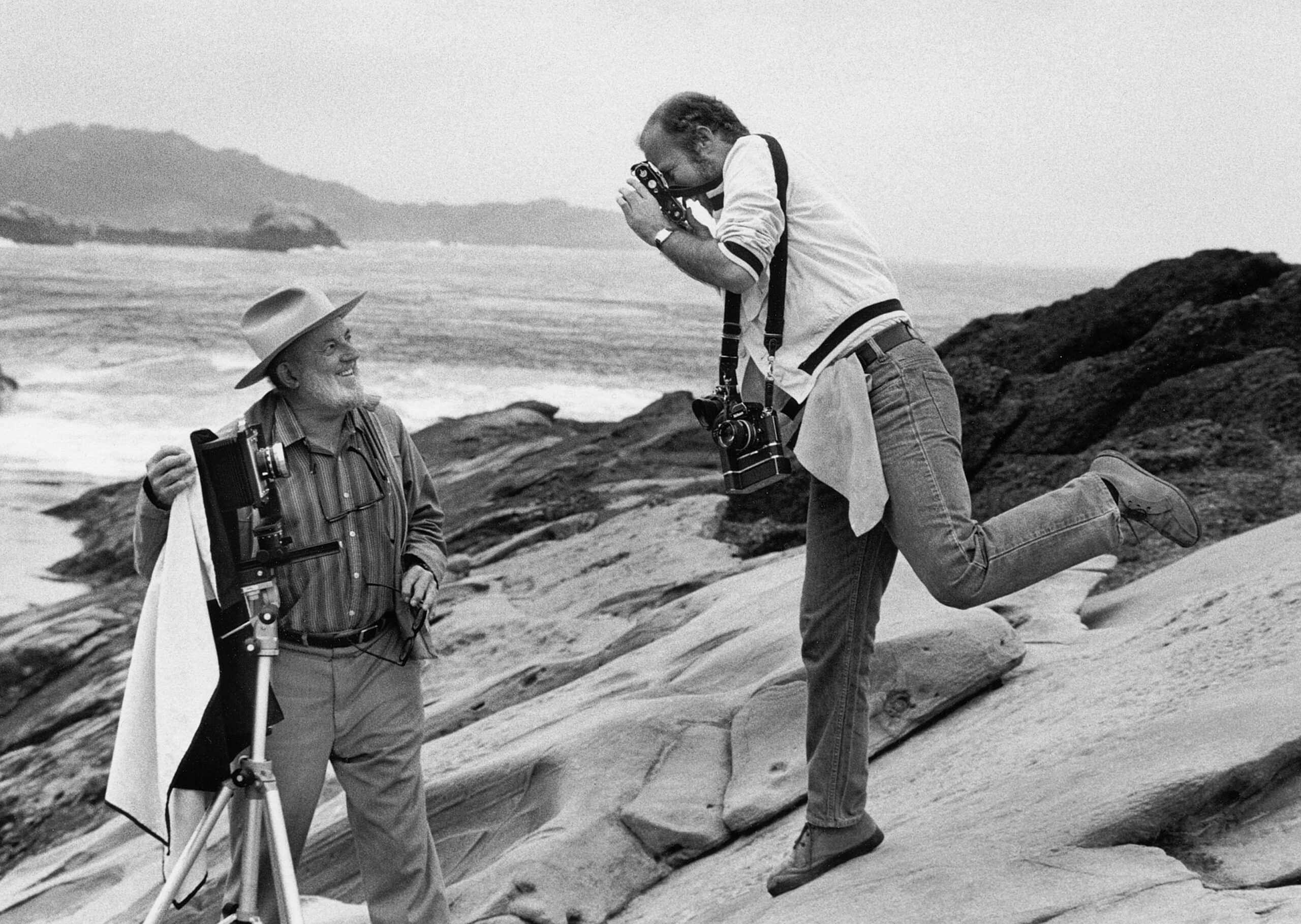
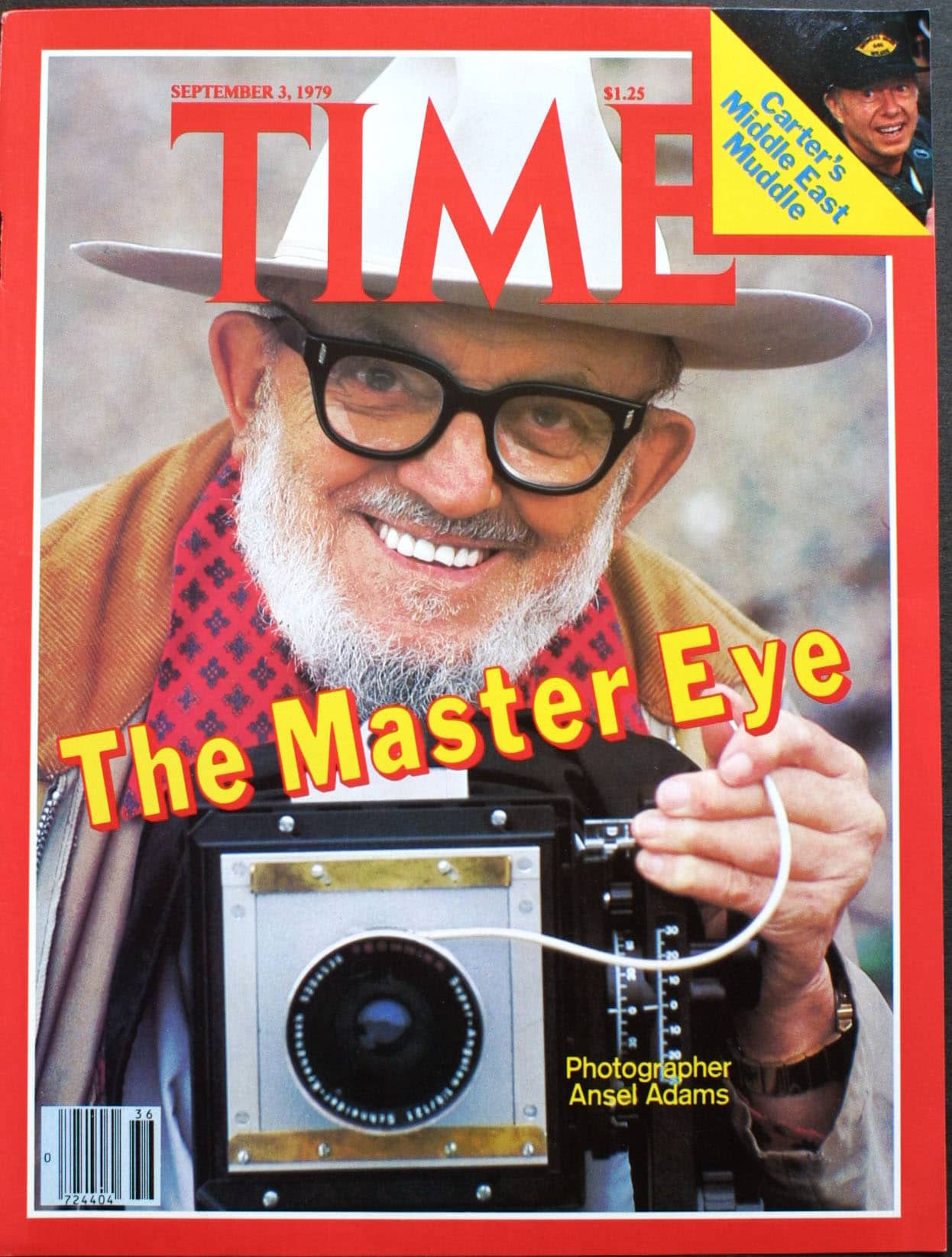
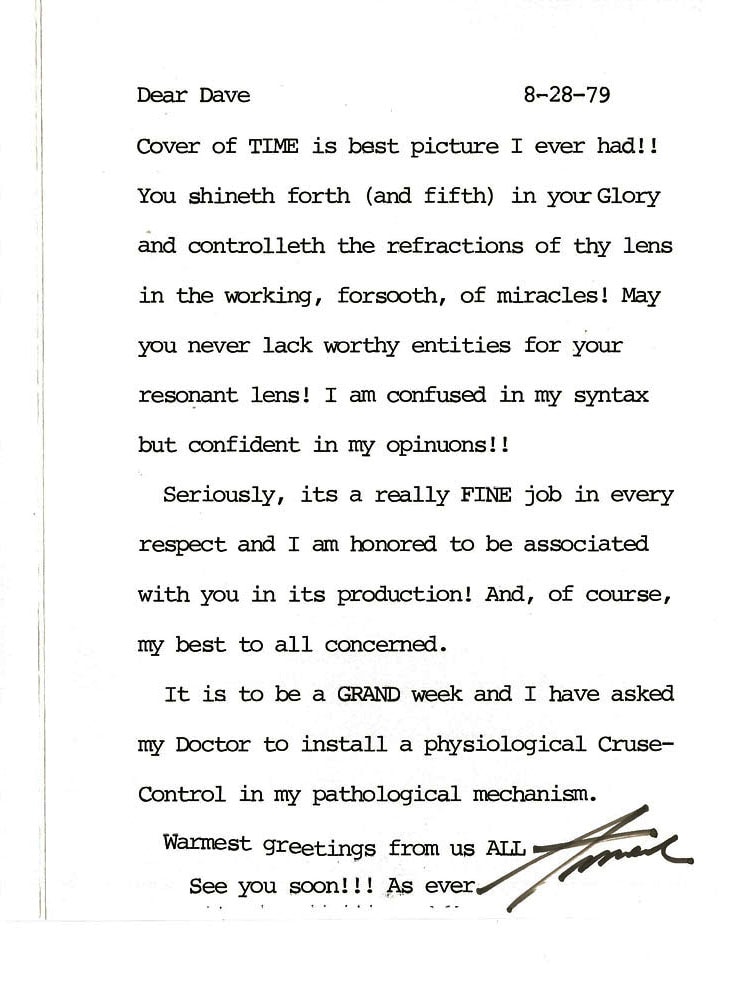
Kennerly photographed Ansel for the Sept. 3, 1979, issue of TIME Magazine; the only time a photographer has been featured on its cover. He was also an instructor at the Ansel Adams Workshop in Yosemite National Park. Kennerly played a role in former President and Mrs. Ford’s push to have President Jimmy Carter present Ansel with the Medal of Freedom which Carter bestowed on him in1980.
In 2019, The University of Arizona Center for Creative Photography (CCP), cofounded by Ansel and Dr. Schaefer in 1975, acquired the David Hume Kennerly Archive. https://ccp.arizona.edu/kennerly It features close to a million images, prints, objects, memorabilia, correspondence and documents dating back to the fifties. His work joins that of Adams, Edward Weston, Richard Avedon, W. Eugene Smith, and scores of other legendary photographers. Dr. Robert Robbins, president of the University of Arizona, appointed Kennerly the university’s first Presidential Scholar.
The AAPRT was established by Ansel to ensure the integrity and continuity of his twin legacies, artistic and environmental. In his autobiography, he wrote of the AAPRT: “Even after my death, I know that the many projects that I may not have finished will be completed in the spirit and with the attention to quality that I have always tried to require.”
The AAPRT does not own any original photographs and is not involved in the market for Ansel’s prints. Its primary asset is his intellectual property portfolio, including copyrights in images and texts, trademarks, and the right to control the commercial use of his name, likeness and persona. Prior to his death in 1984, Ansel’s complete archive of photographs, together with approximately 44,000 negatives, his personal correspondence, and other memorabilia, was transferred to the CCP at the University of Arizona (Tucson). His archive agreement permits his trustees to control the publication and commercialization of its contents. The AAPRT partners with Little, Brown and Company (Hachette Book Group), Ansel's exclusive publisher since the mid-1970s. This publishing effort is widely recognized as one of the most successful single-artist programs ever undertaken.
